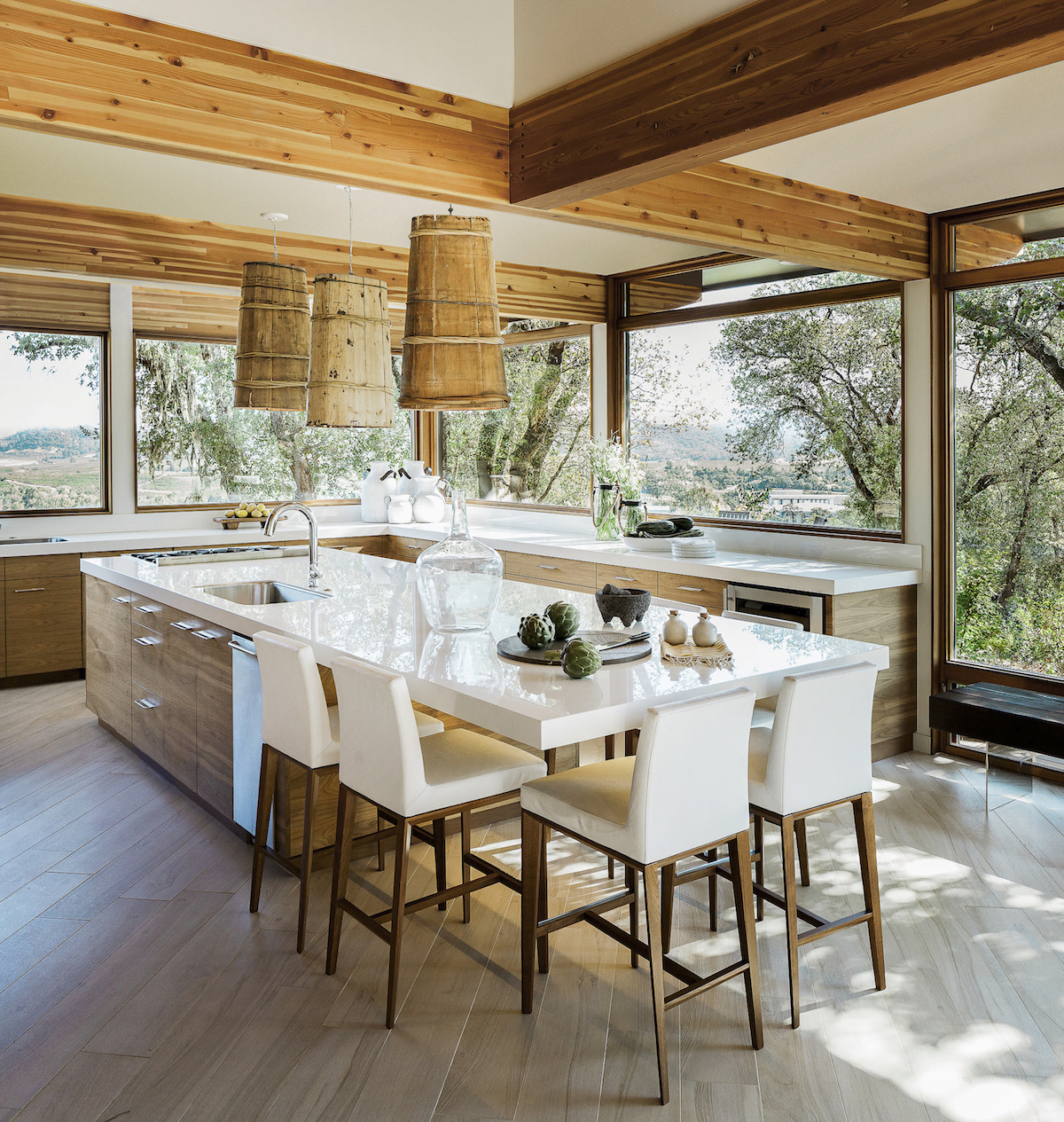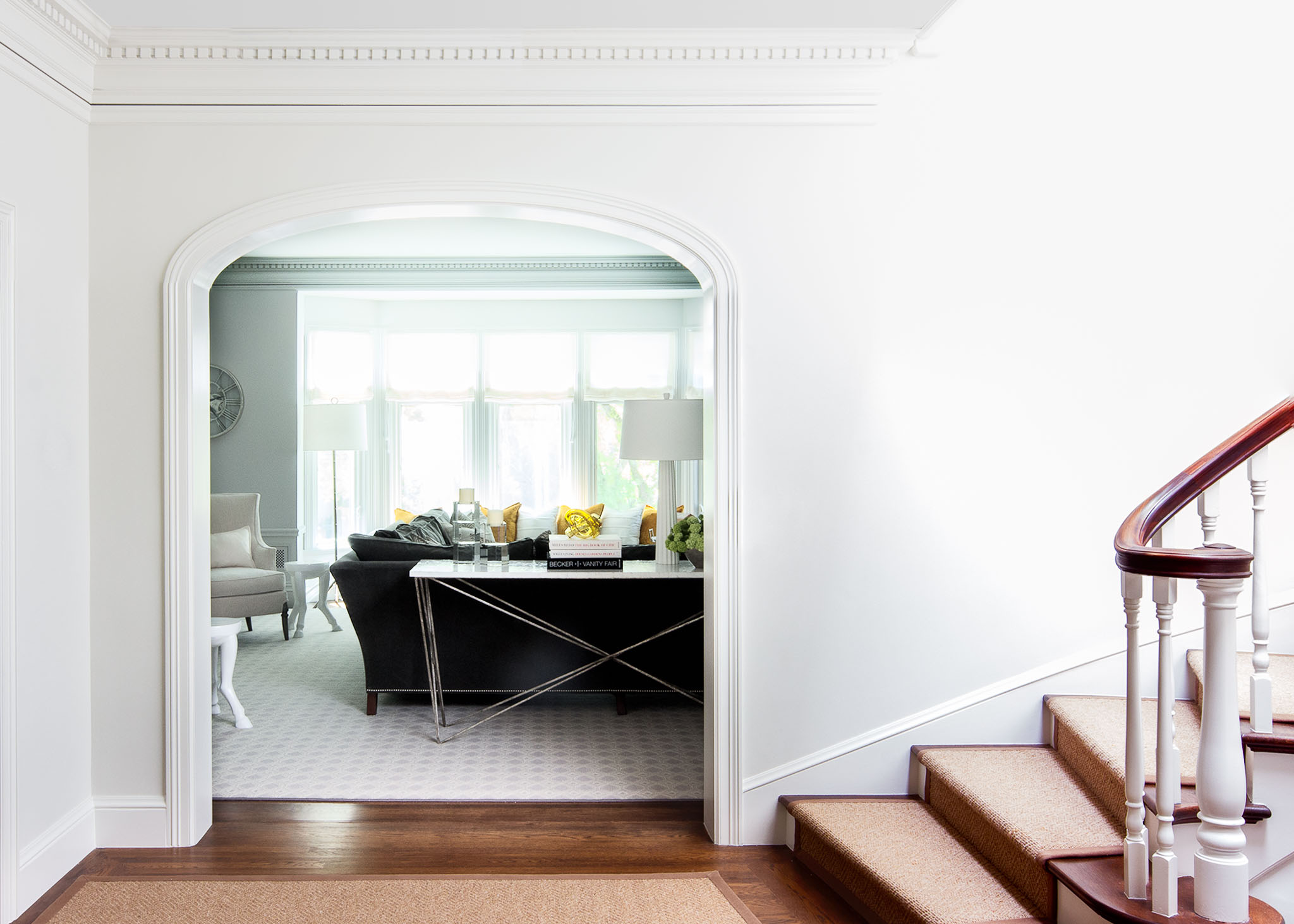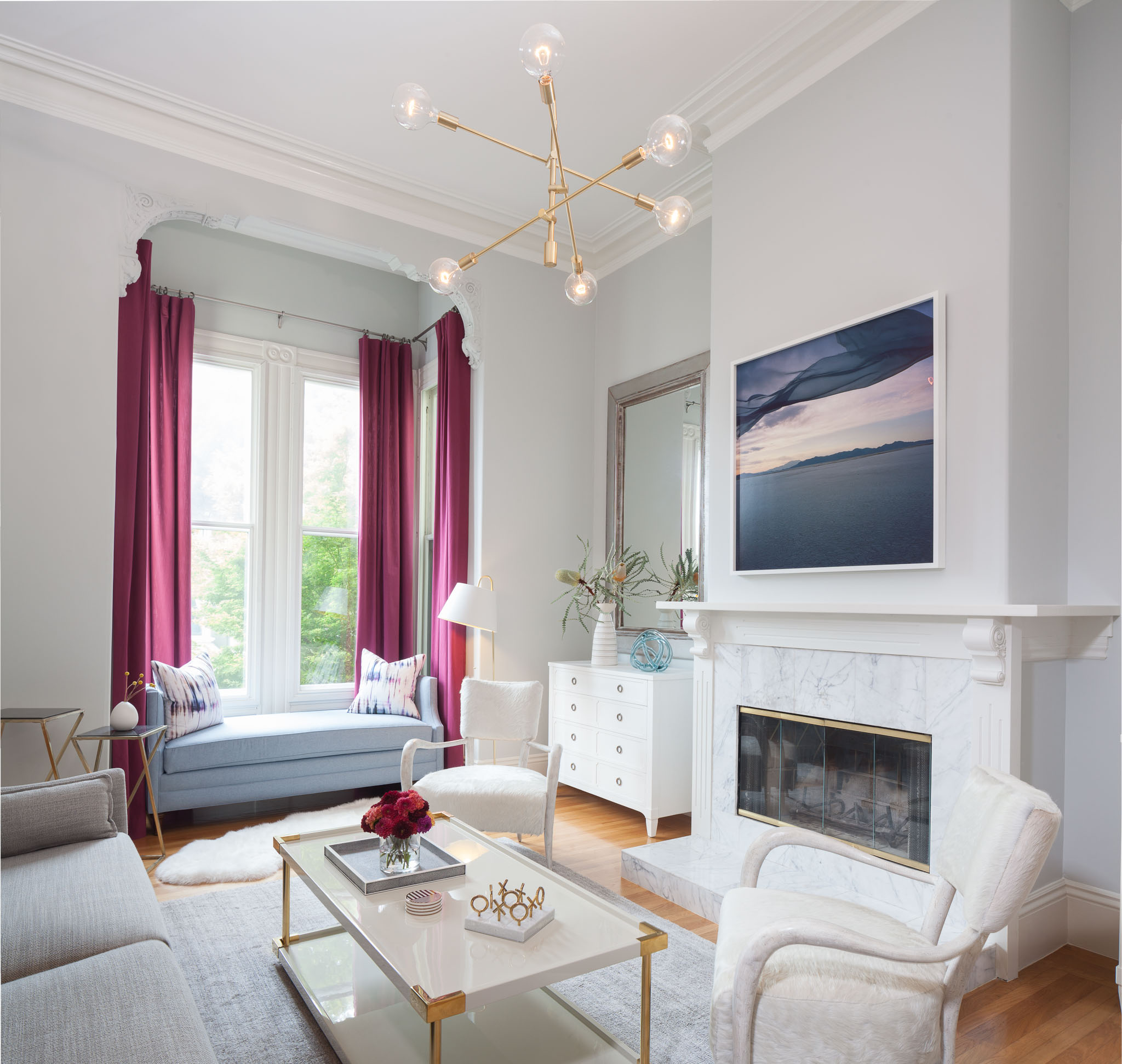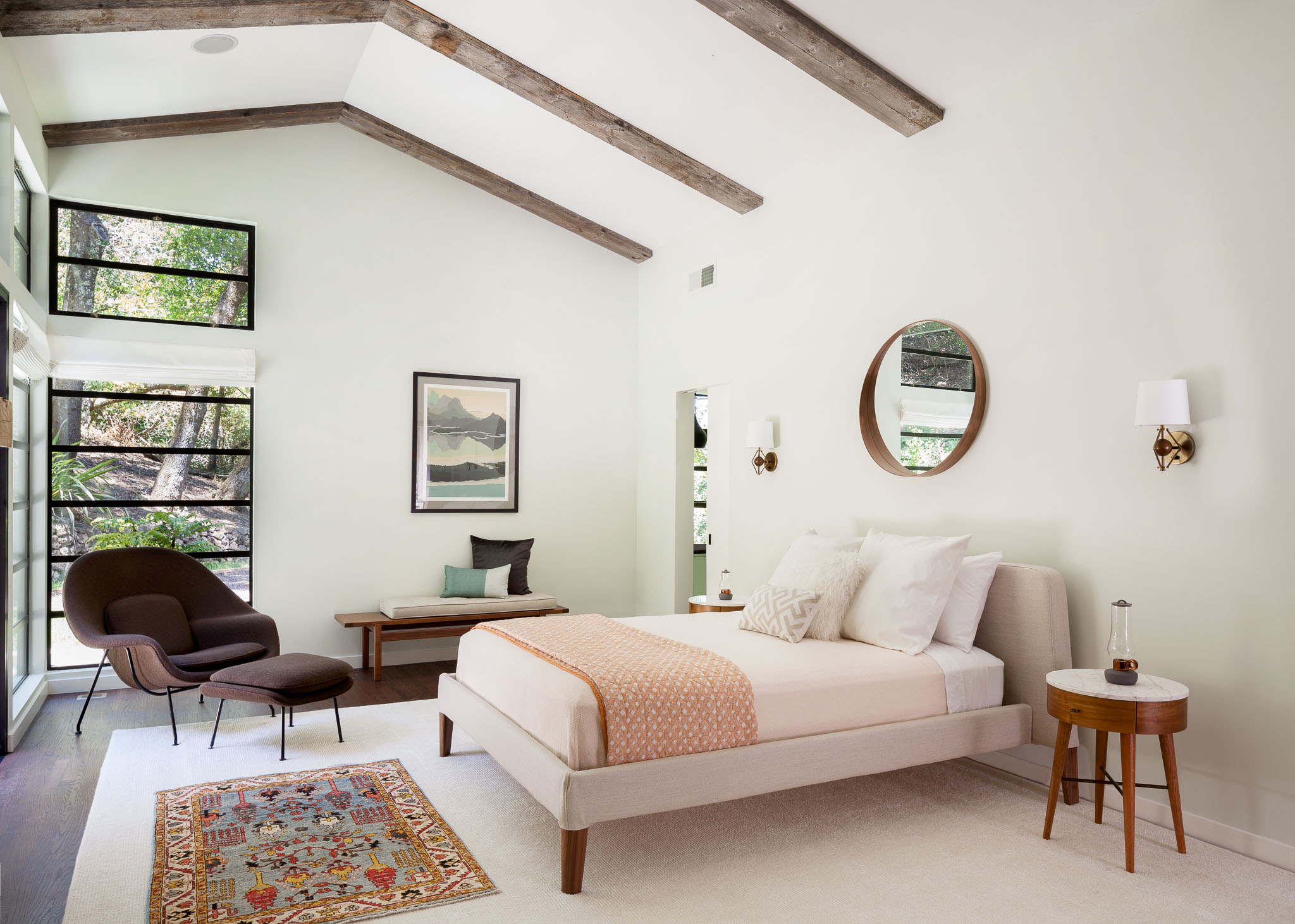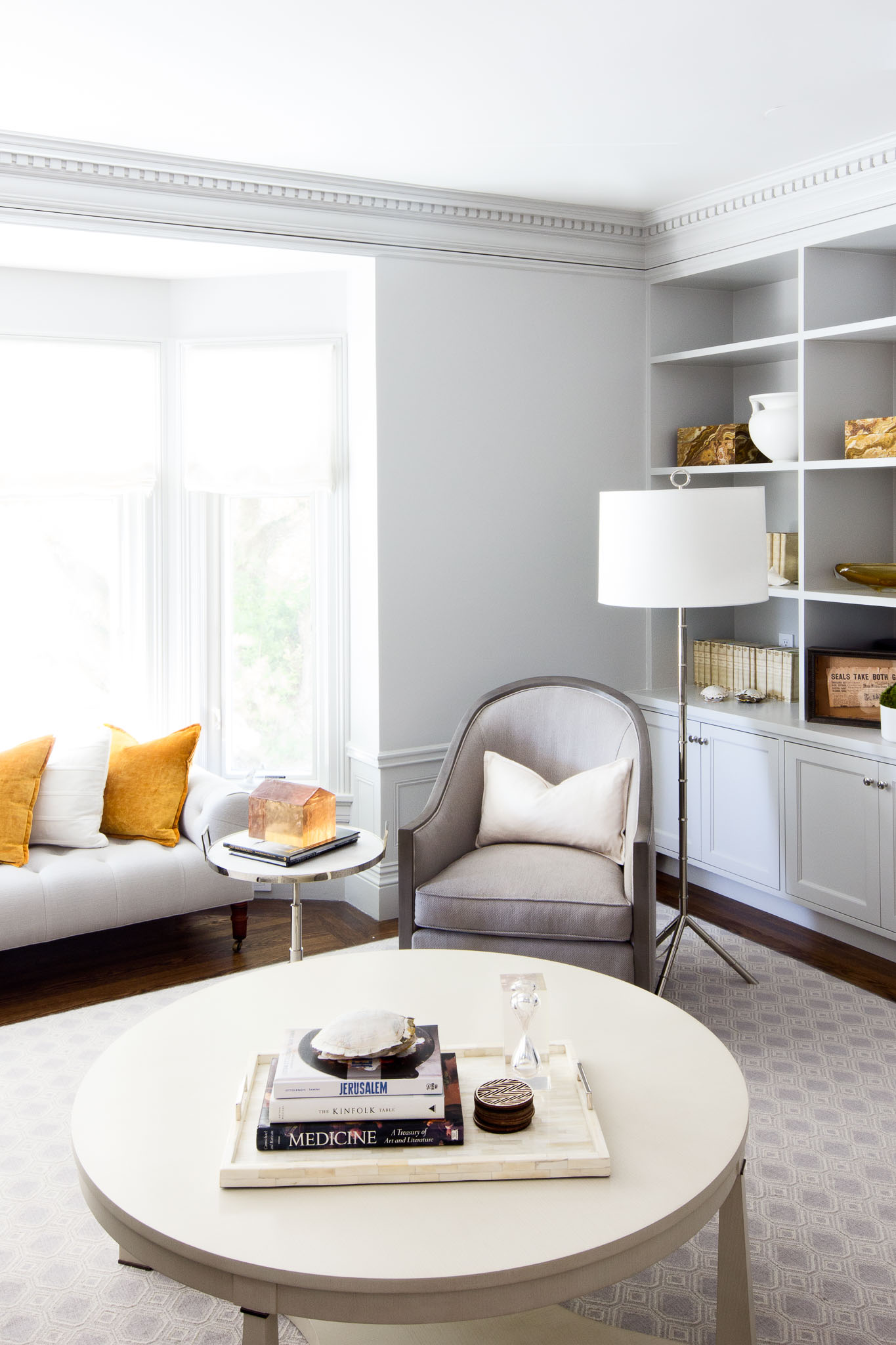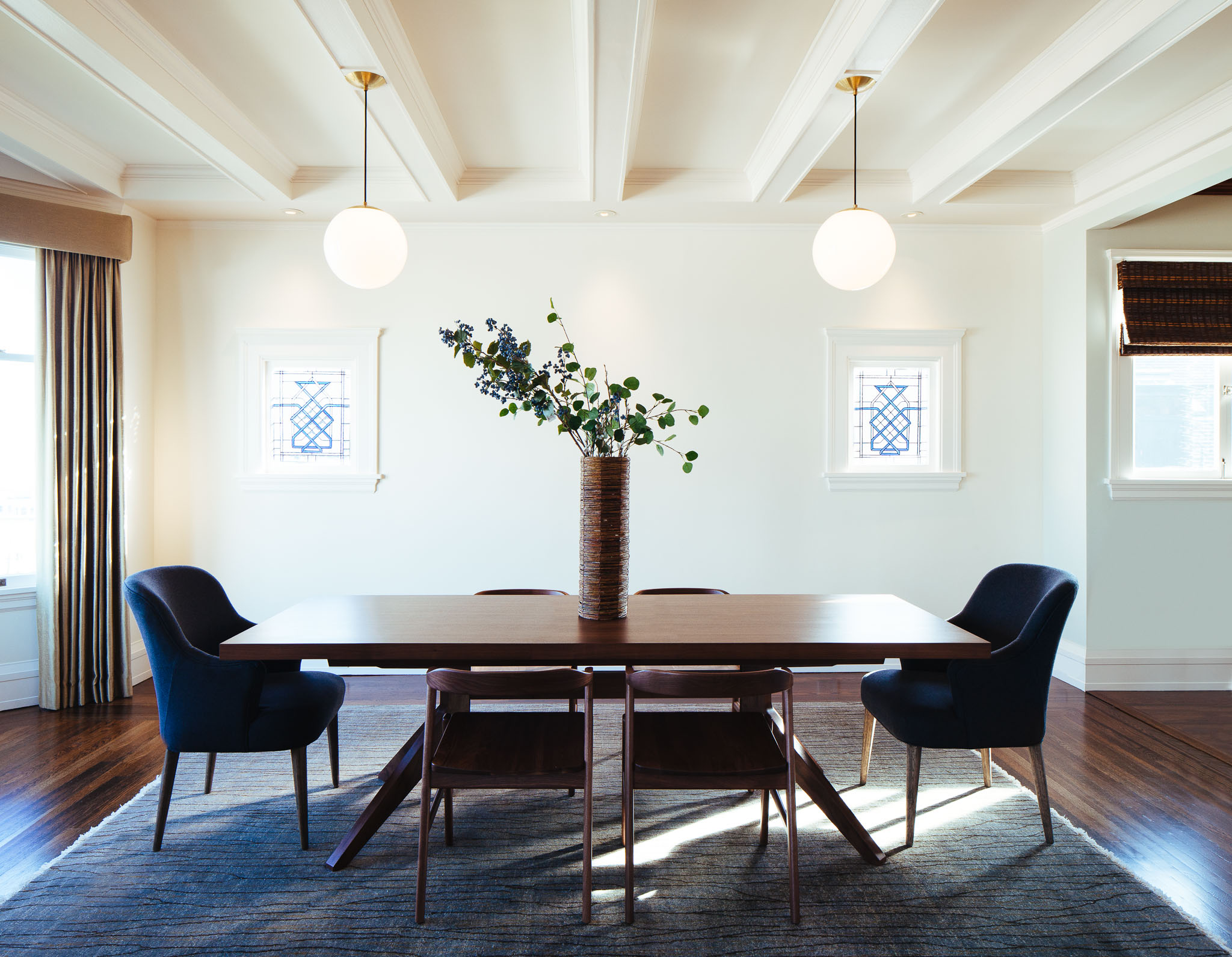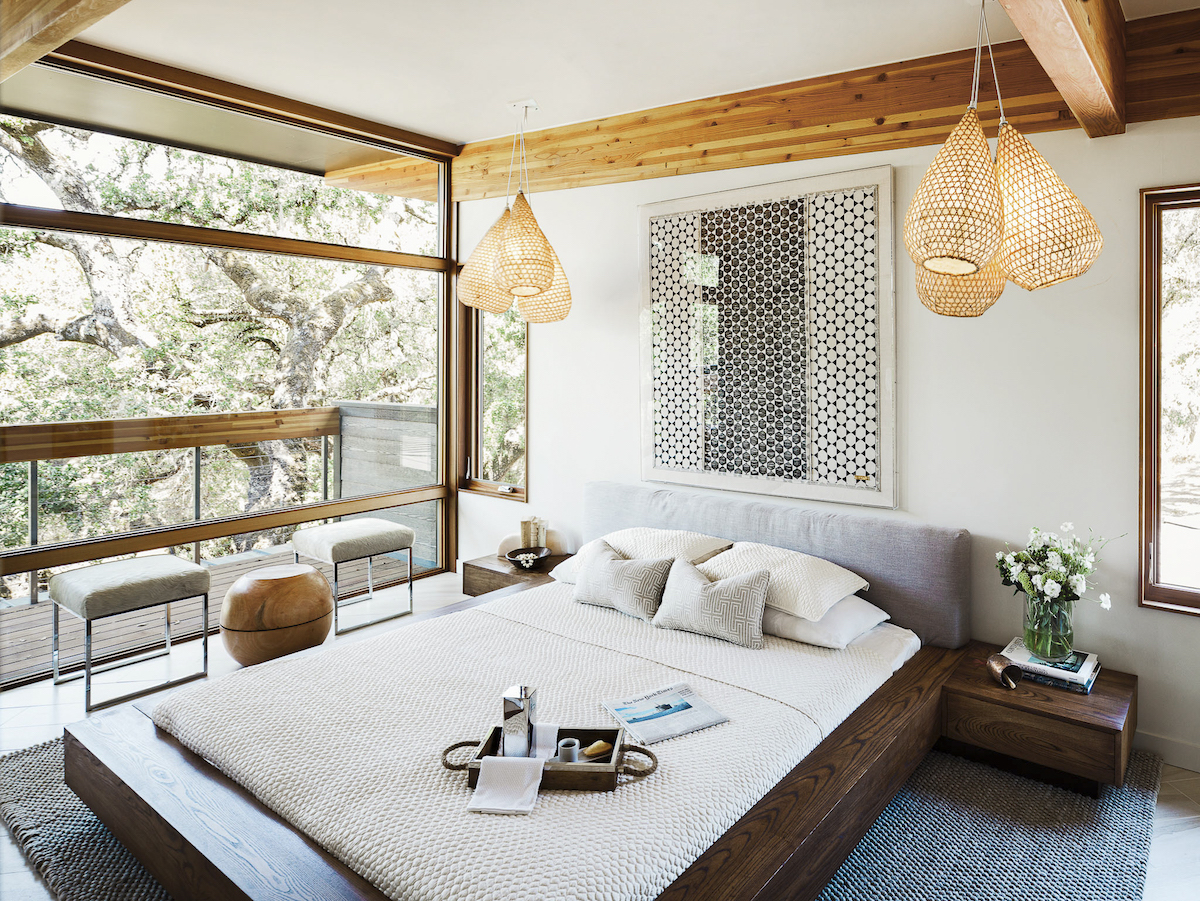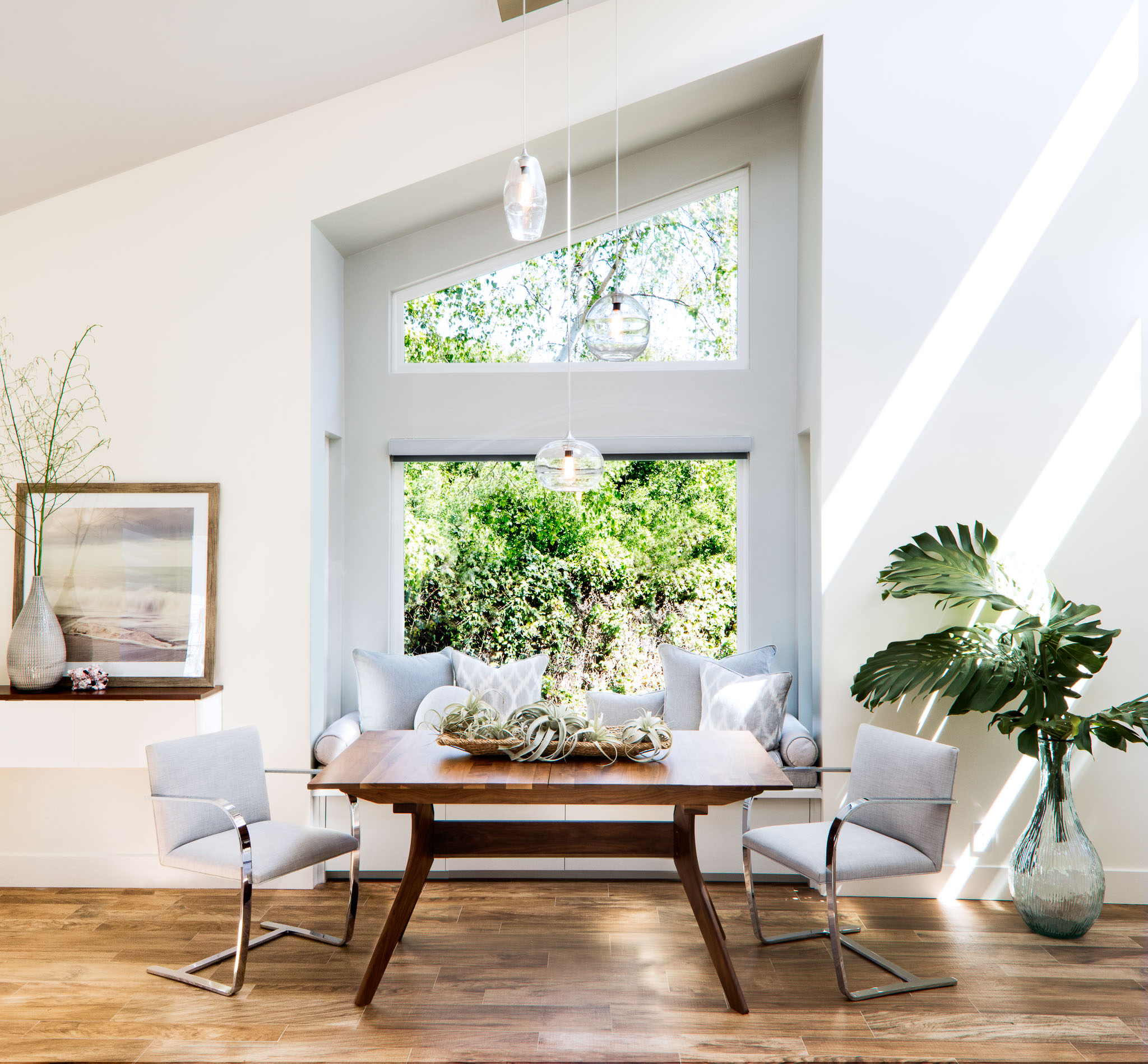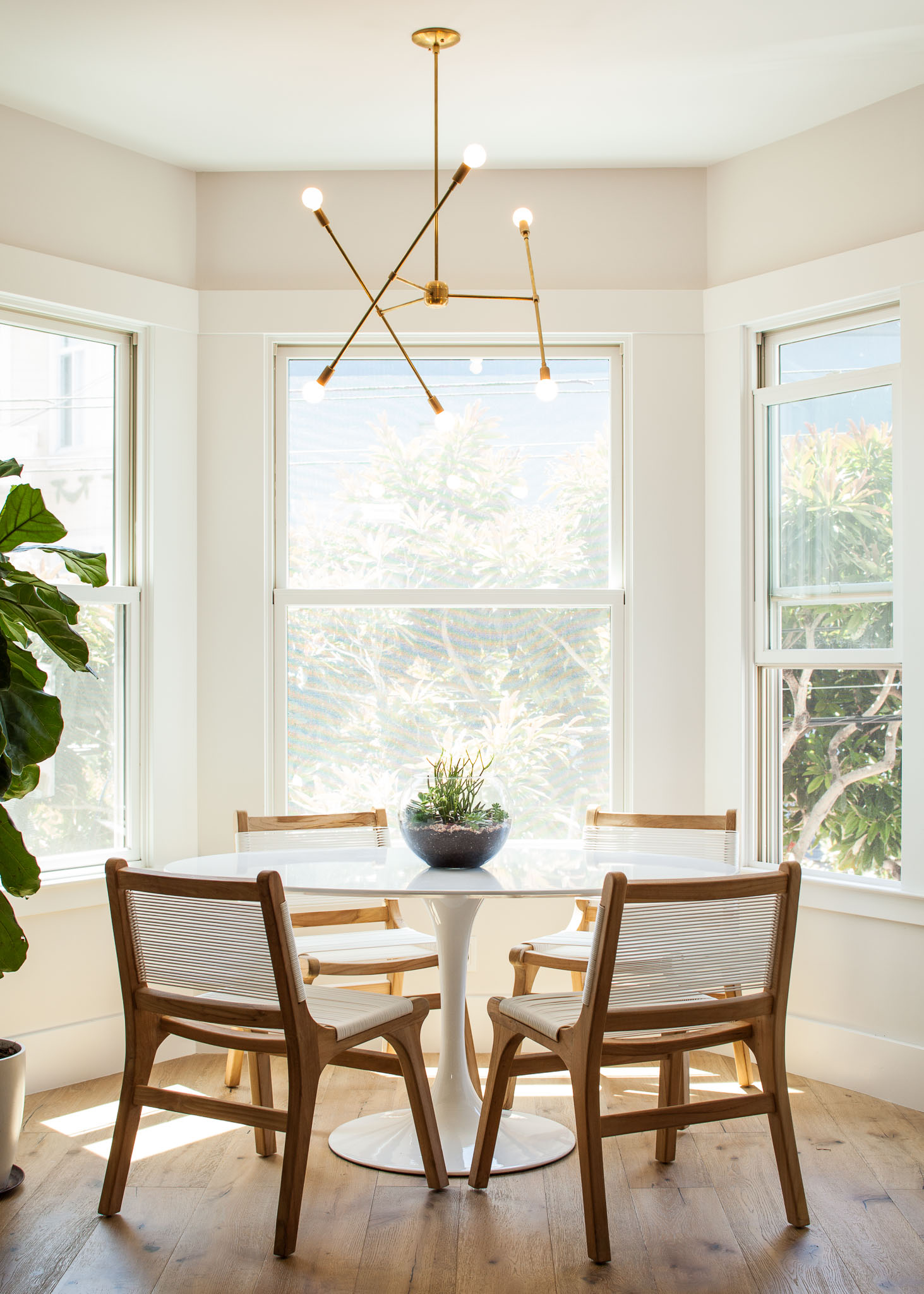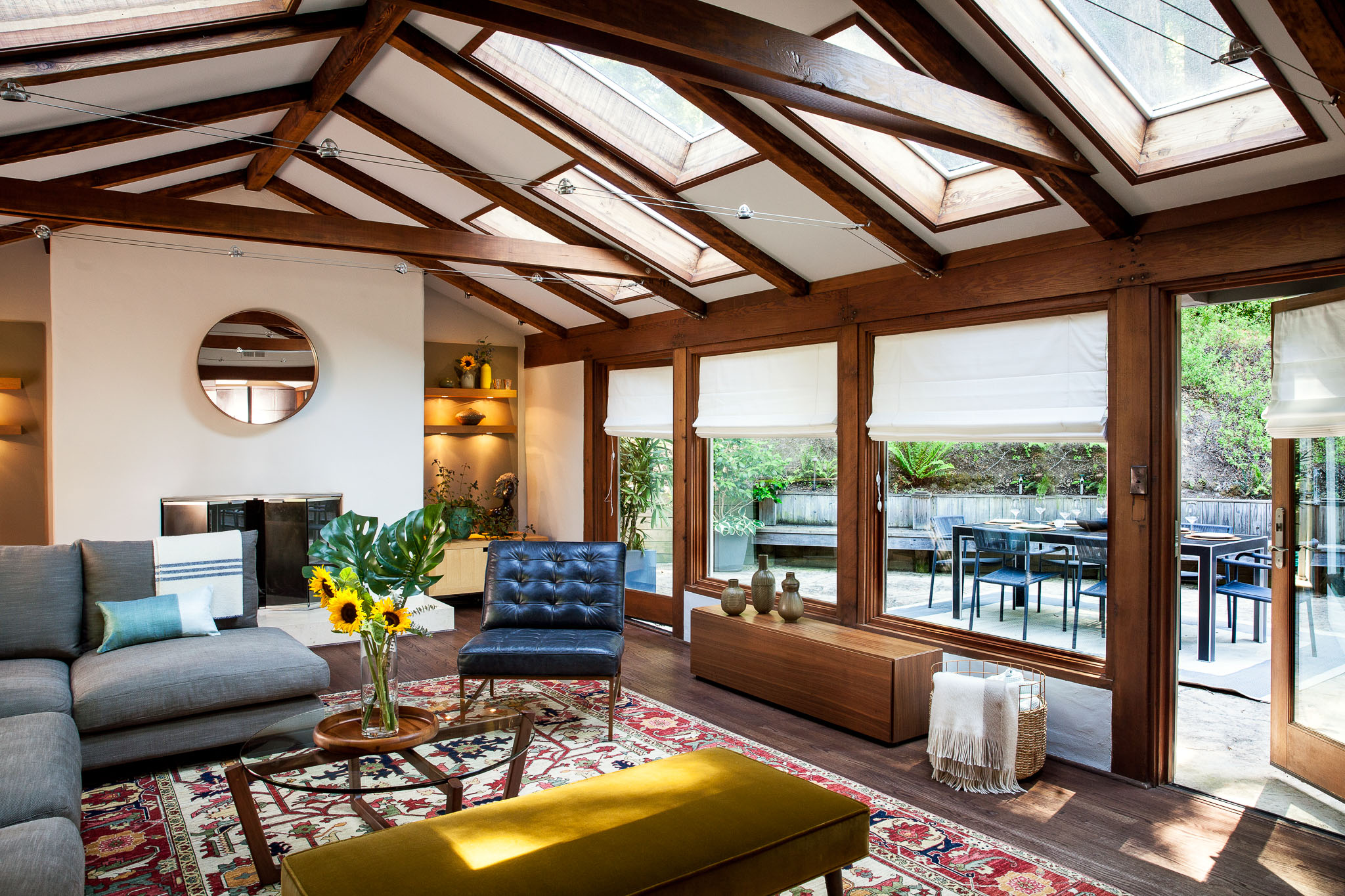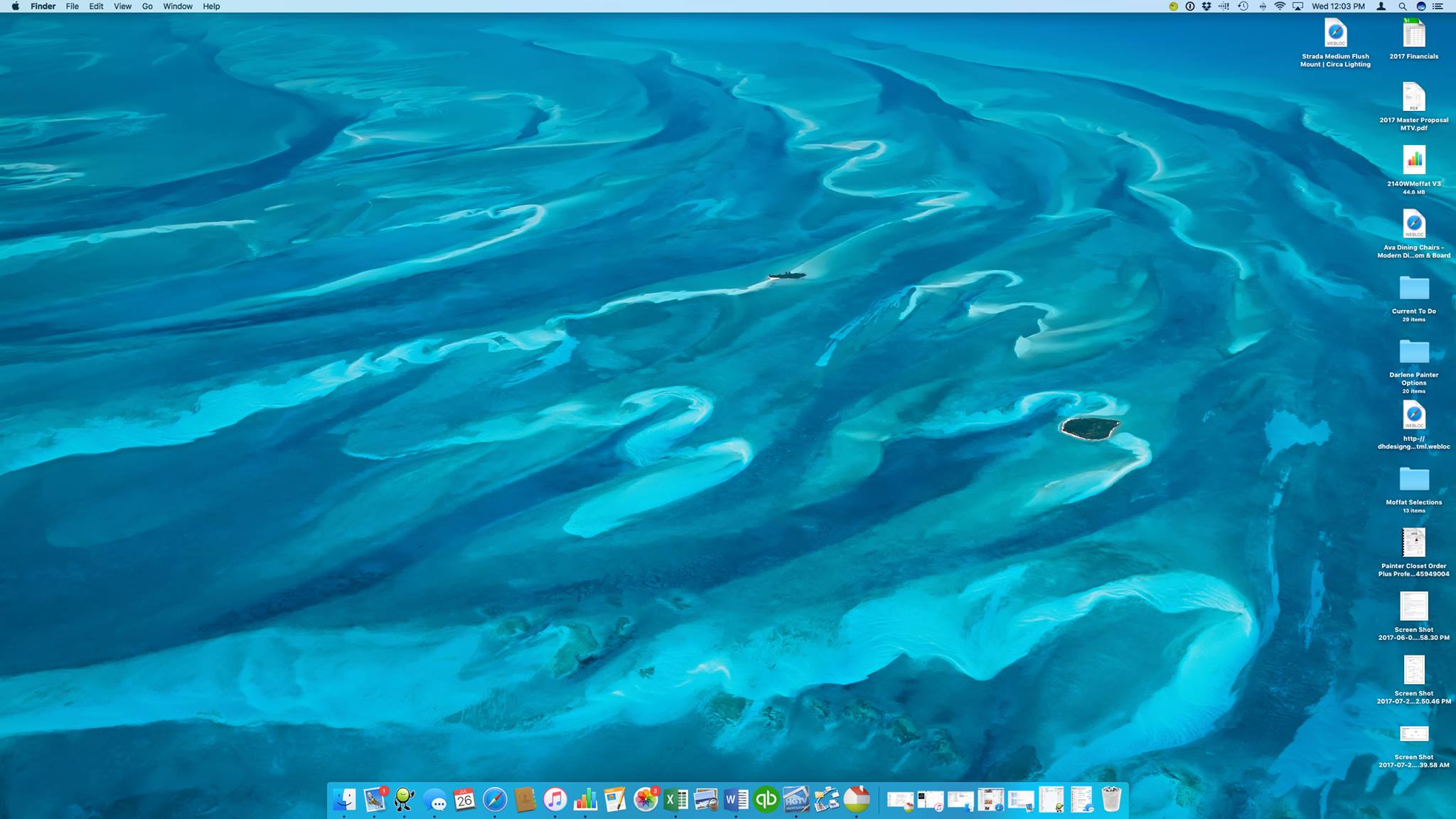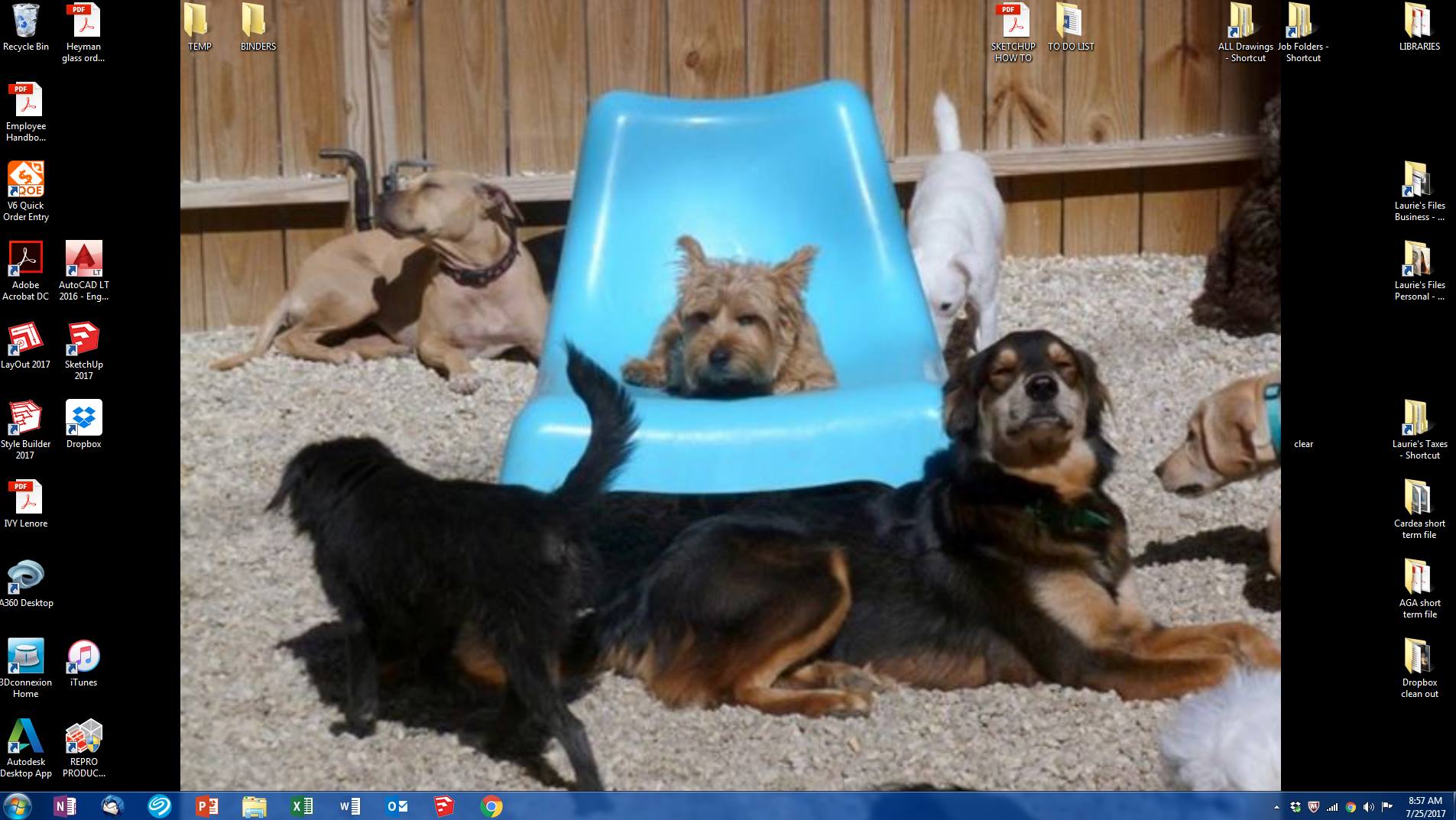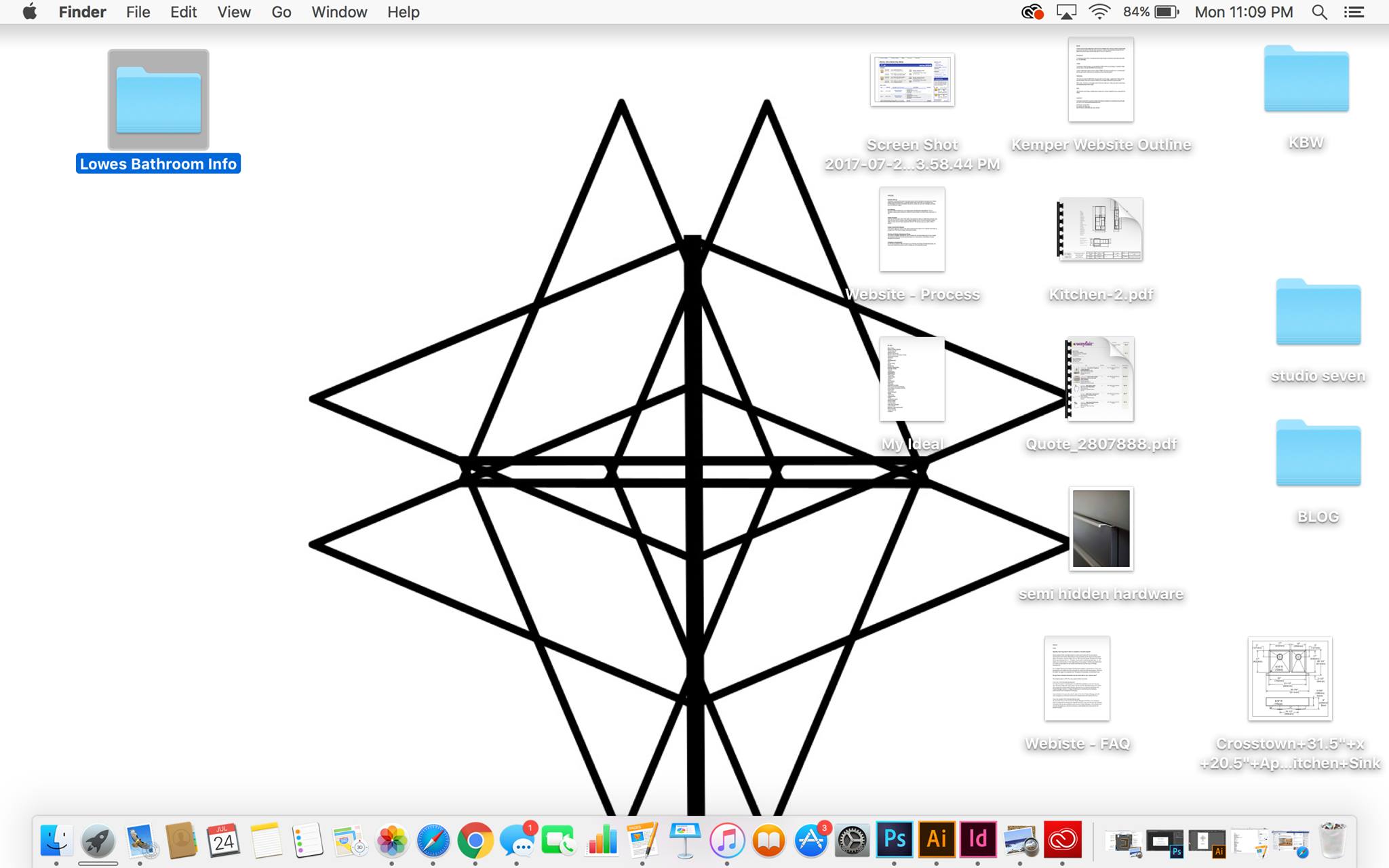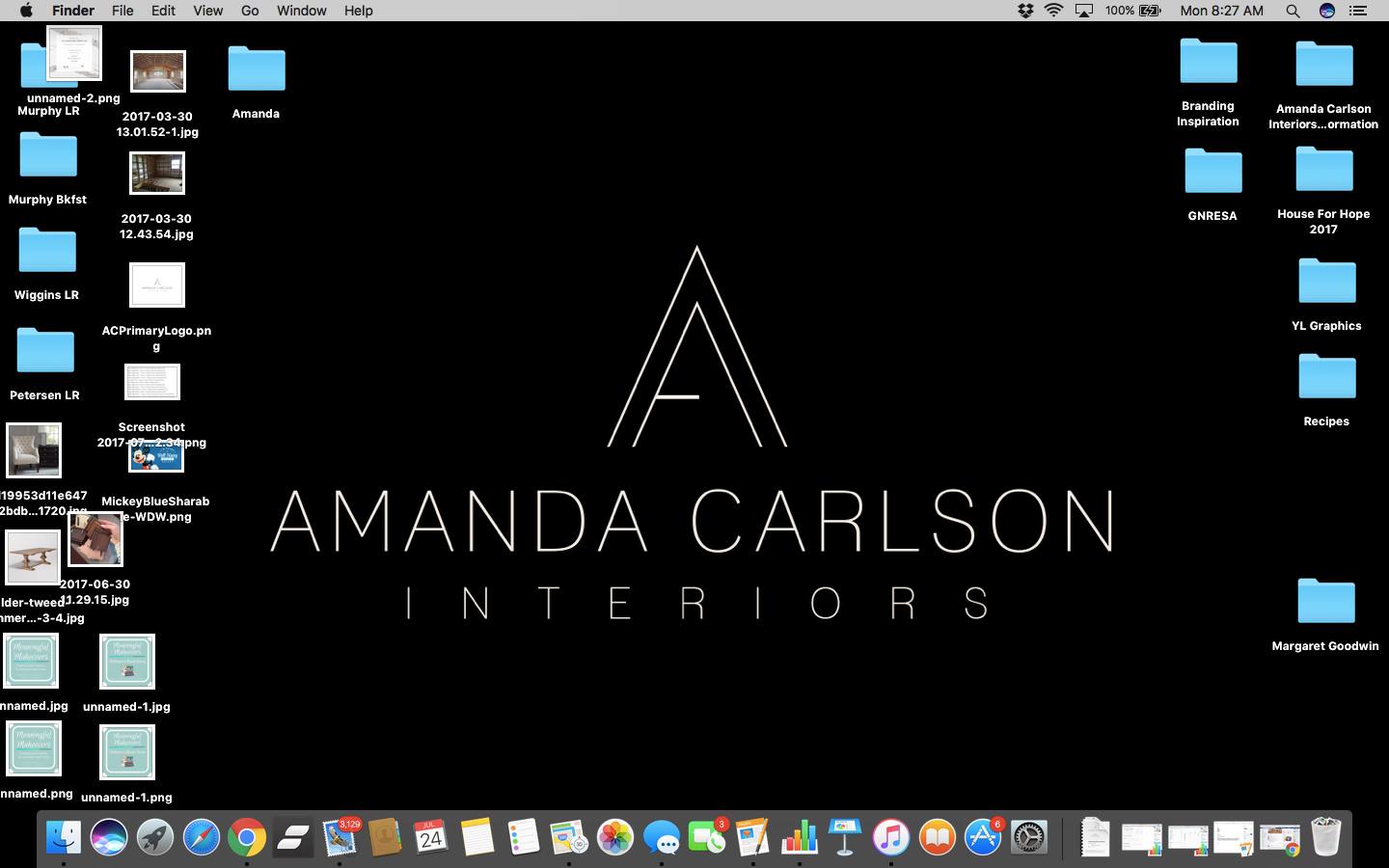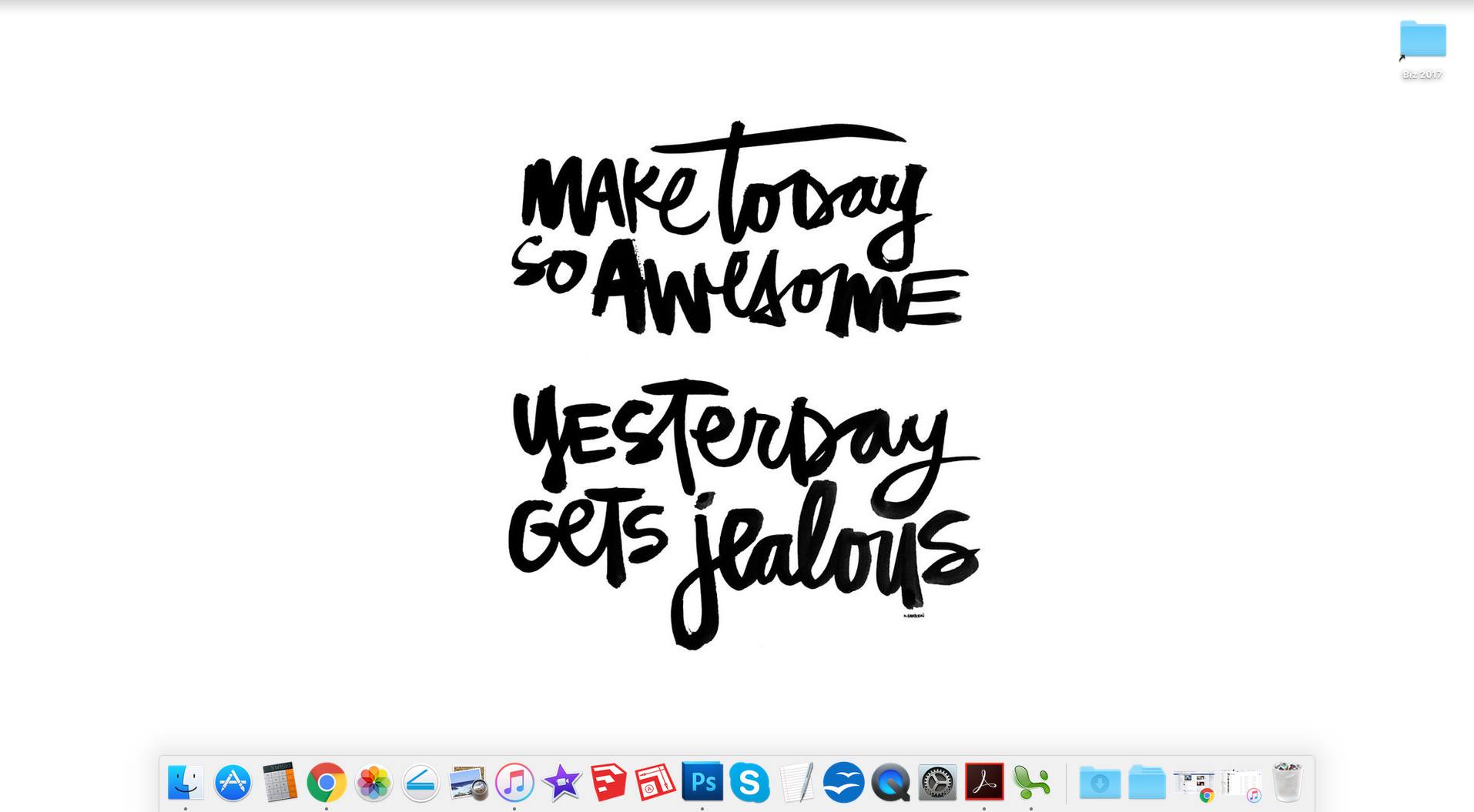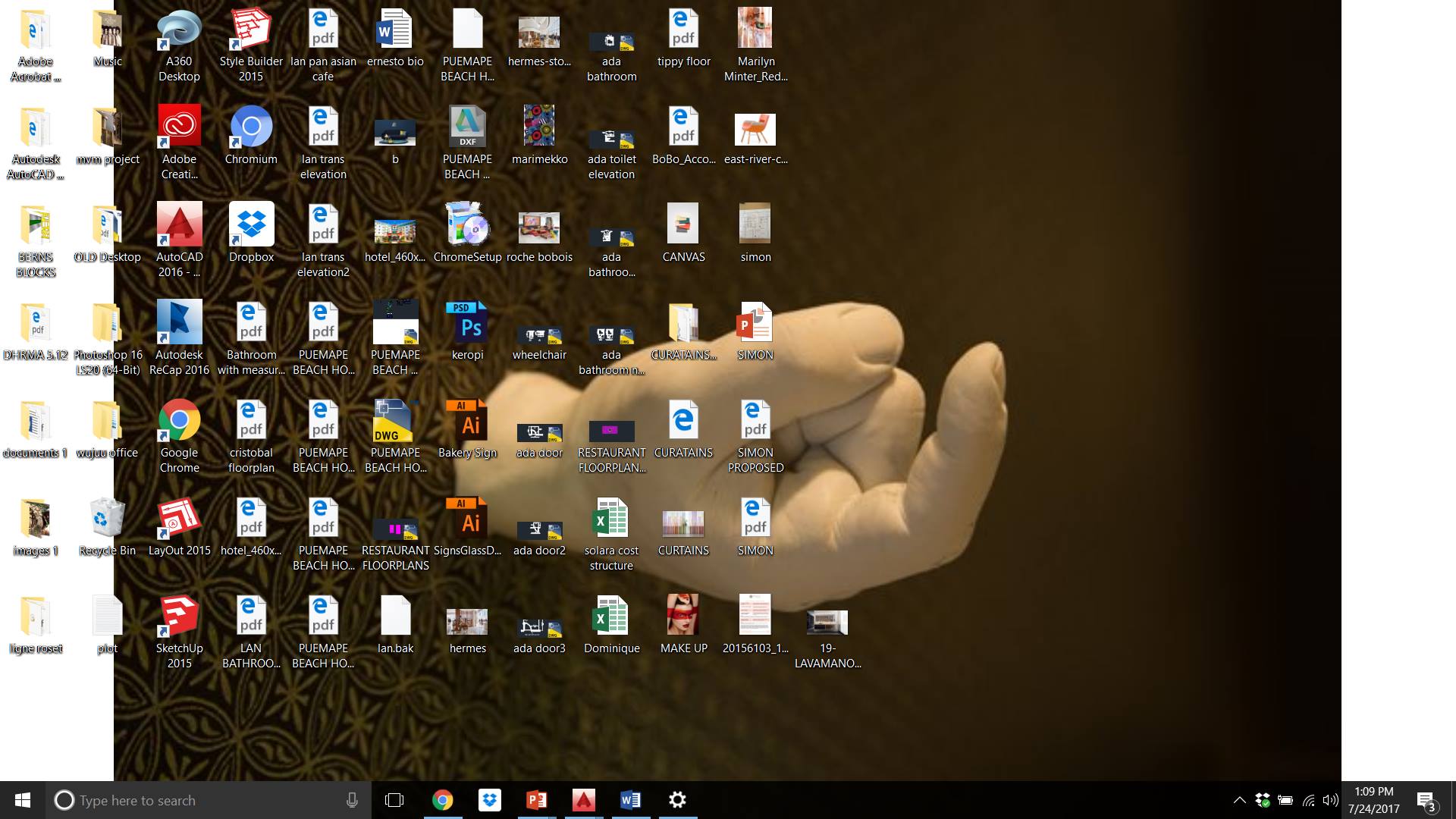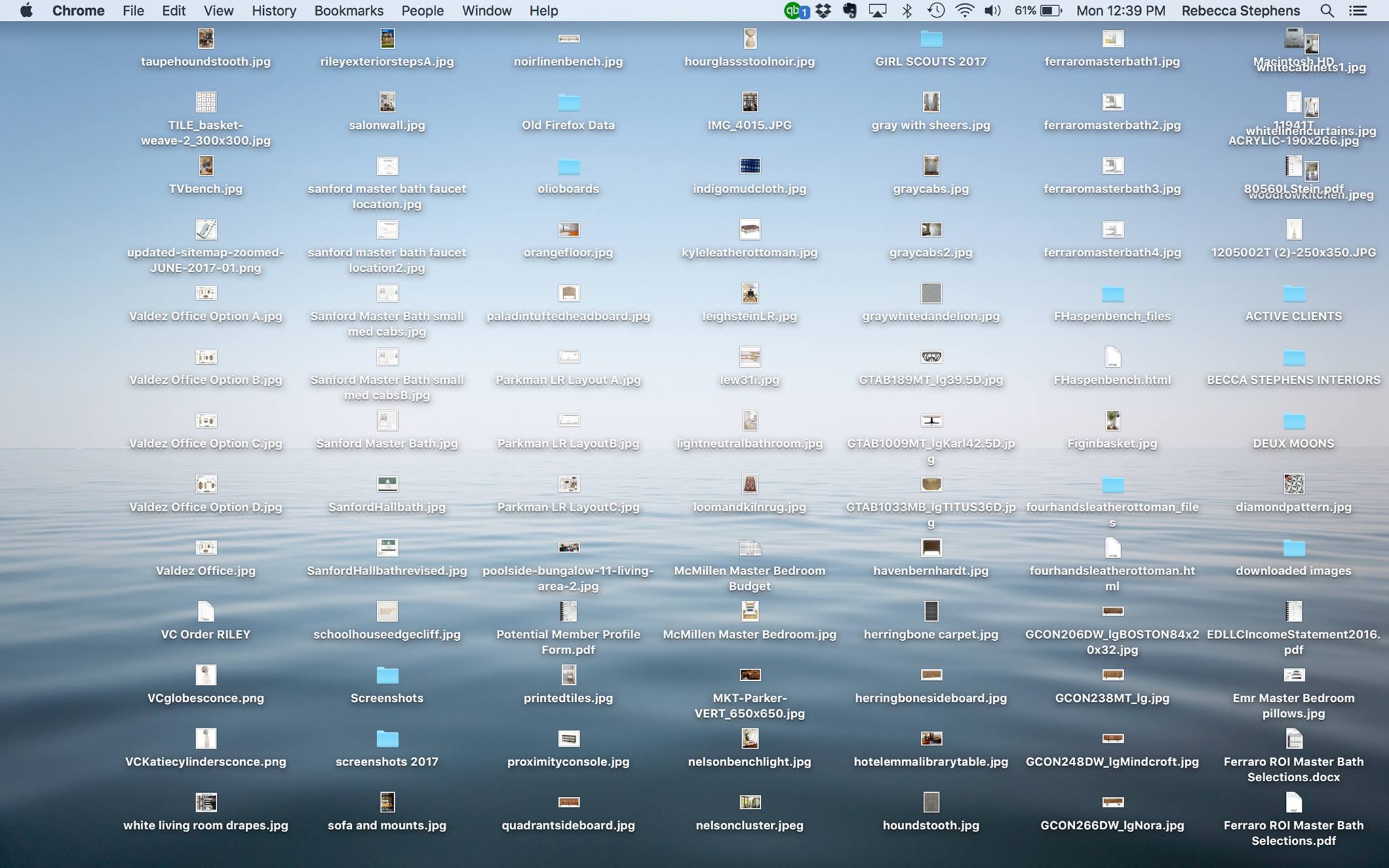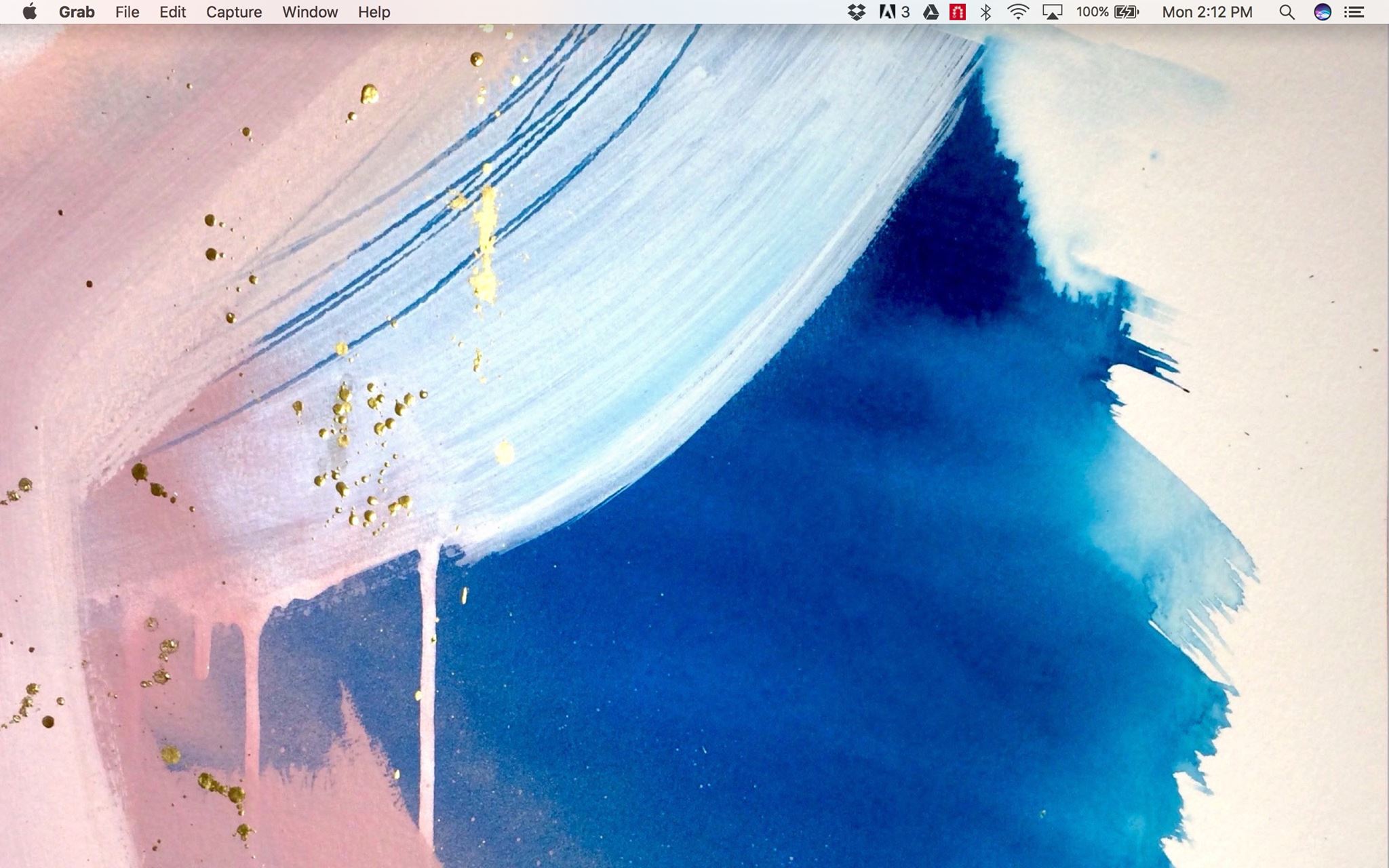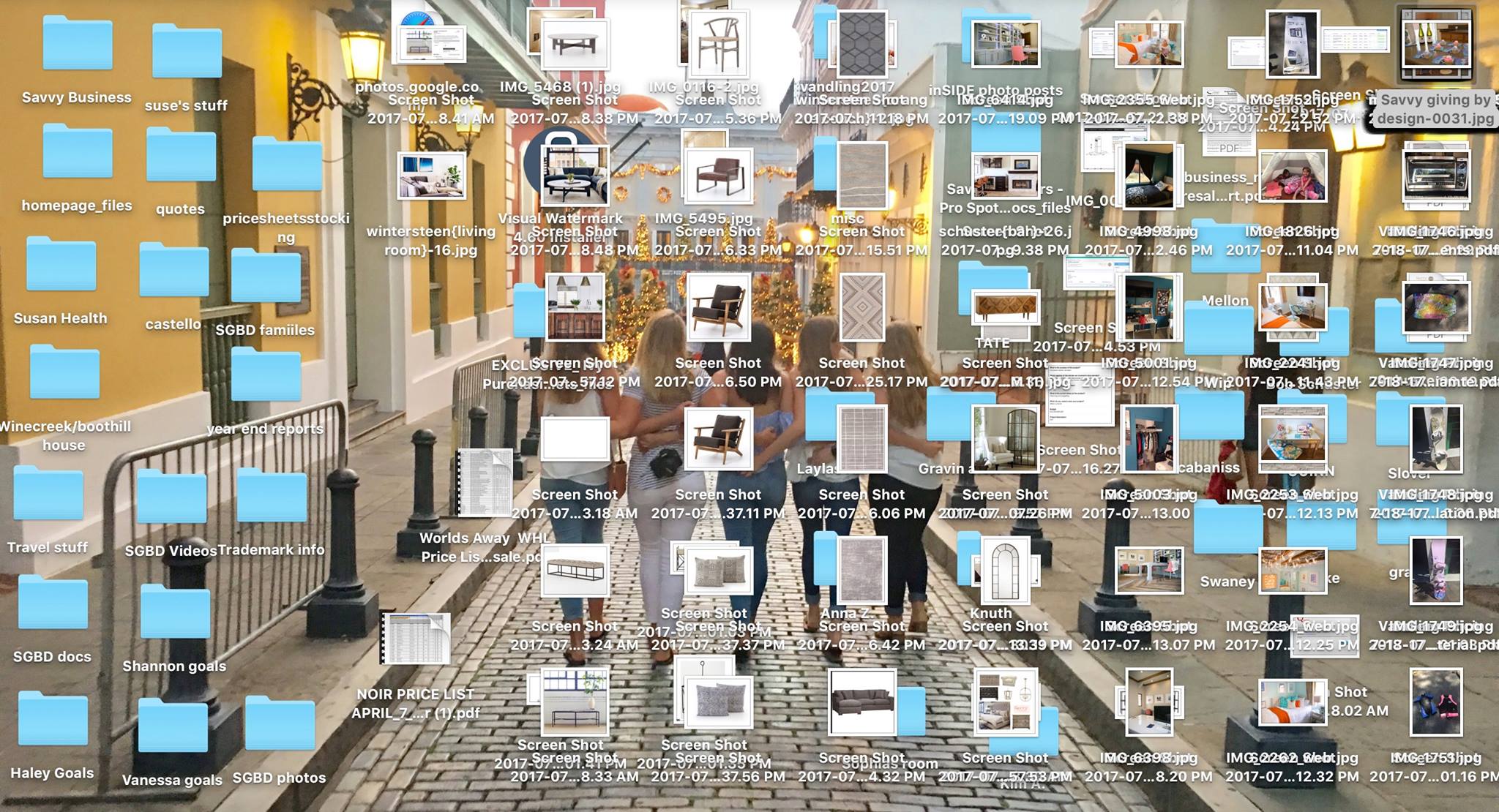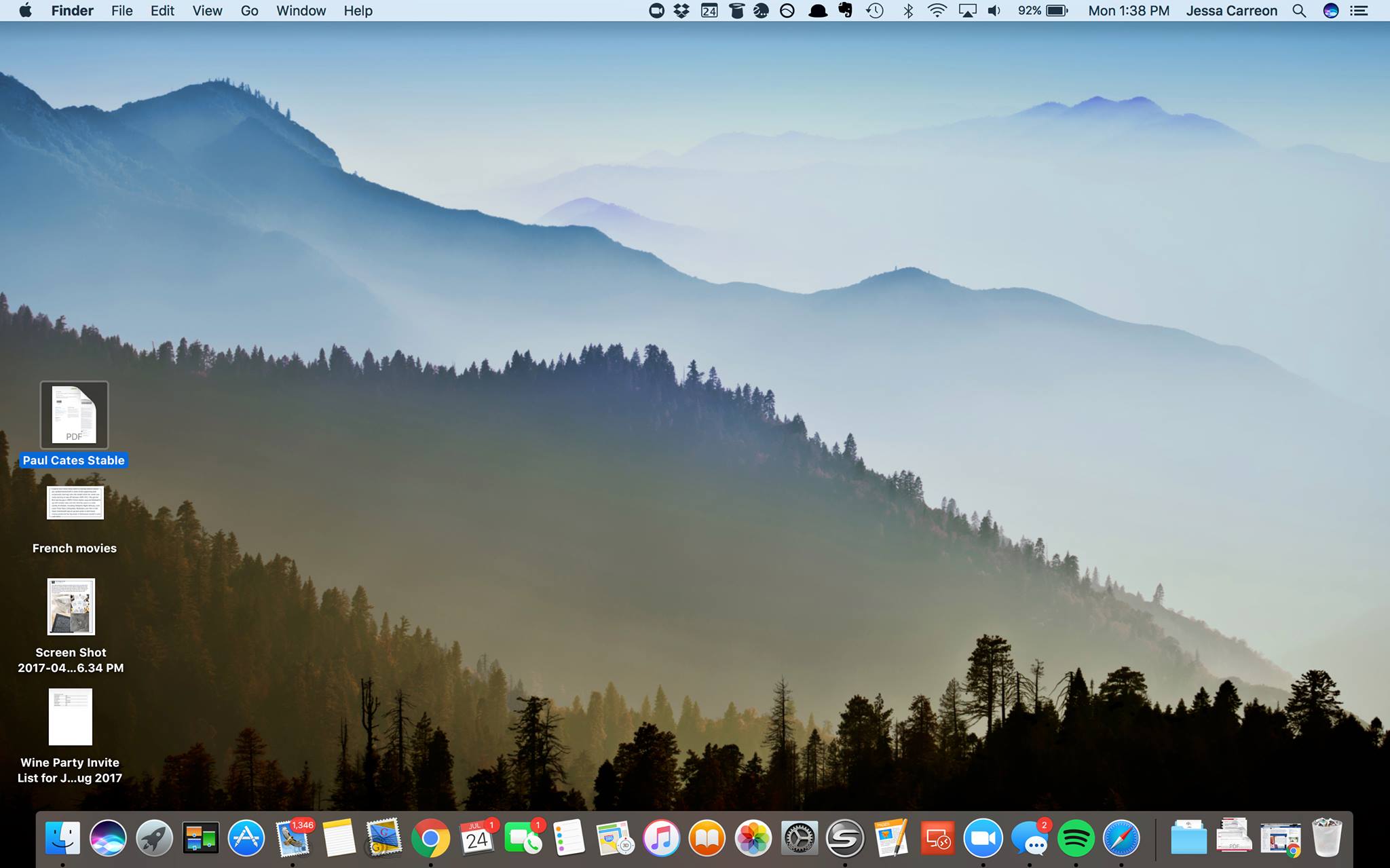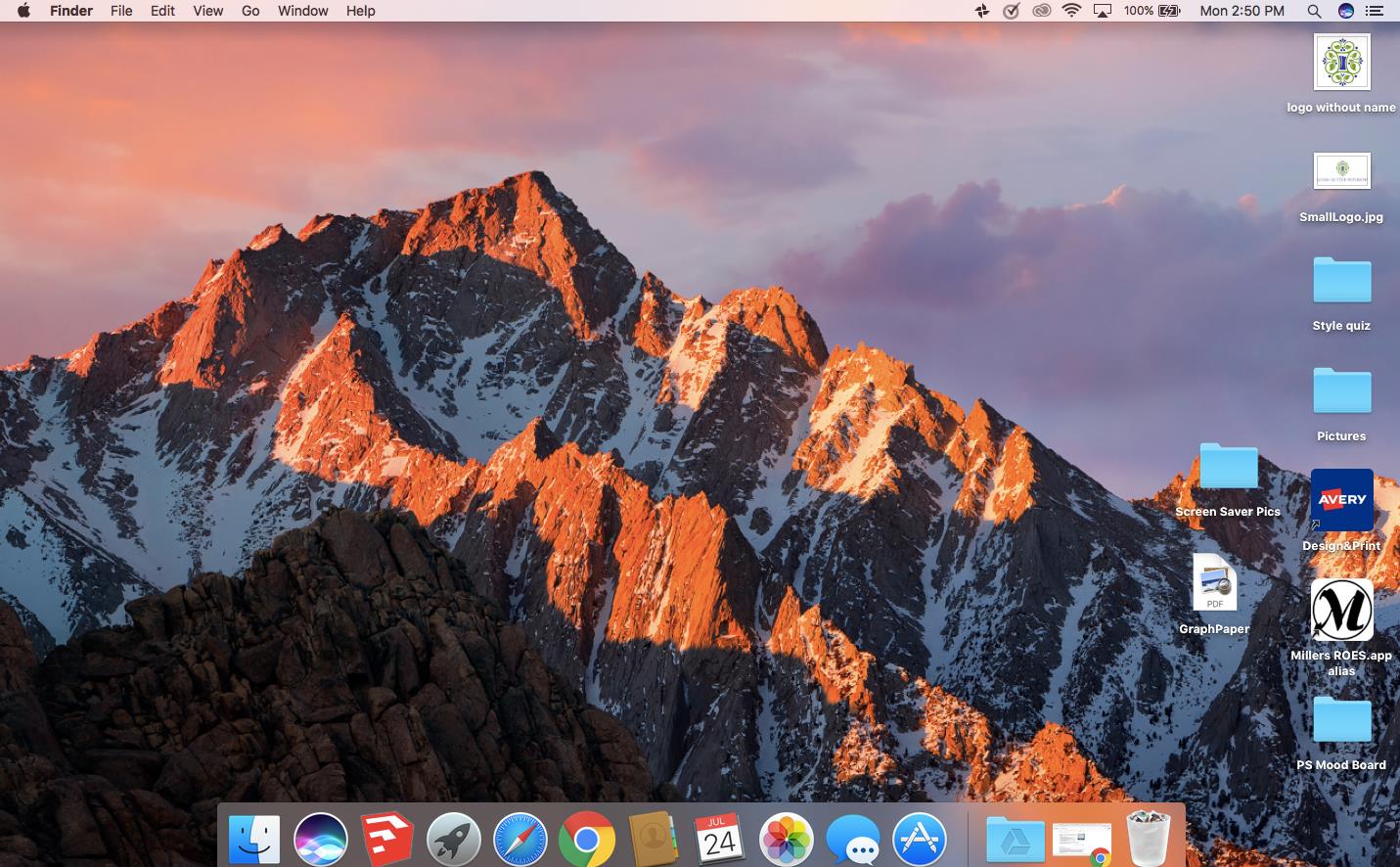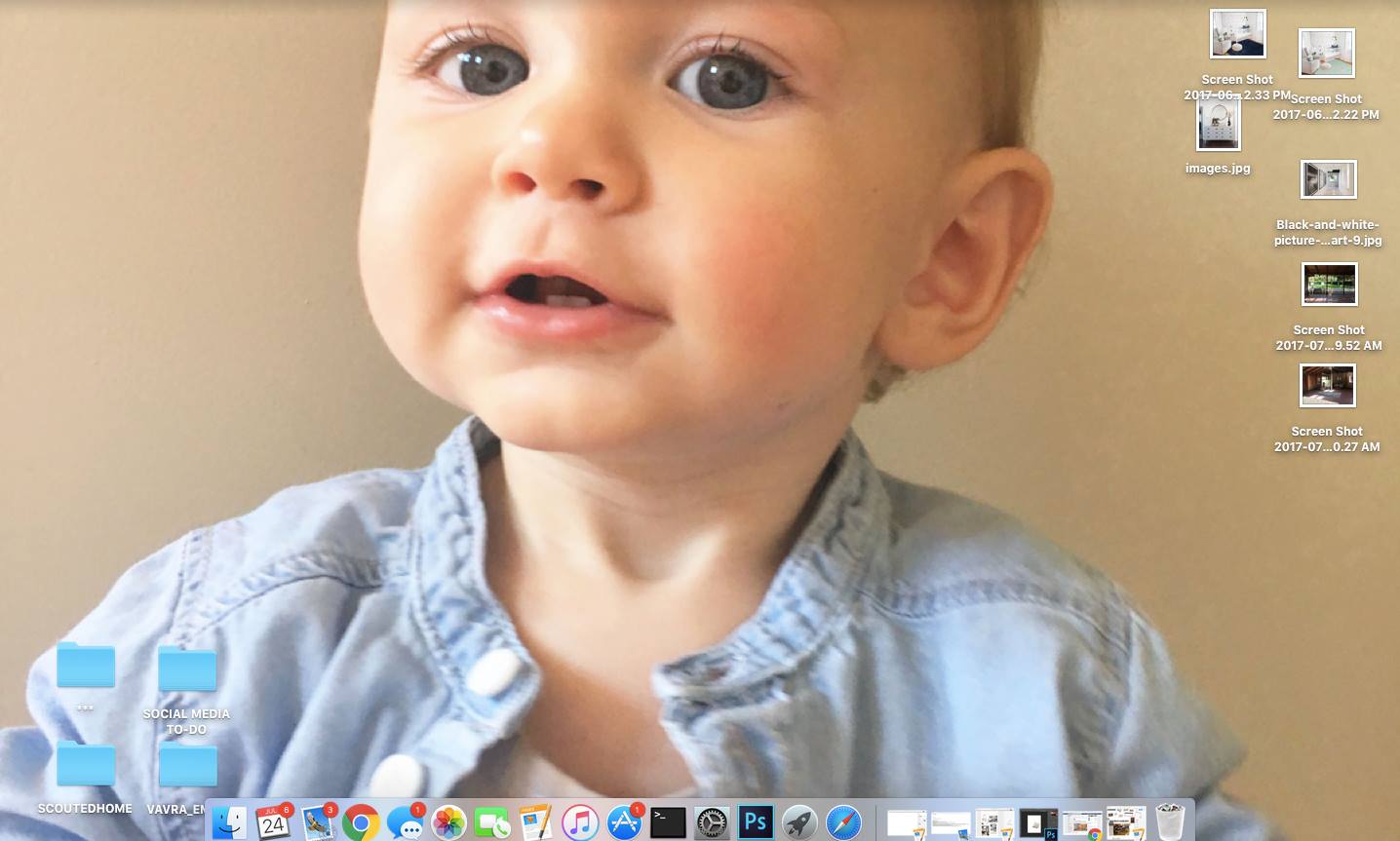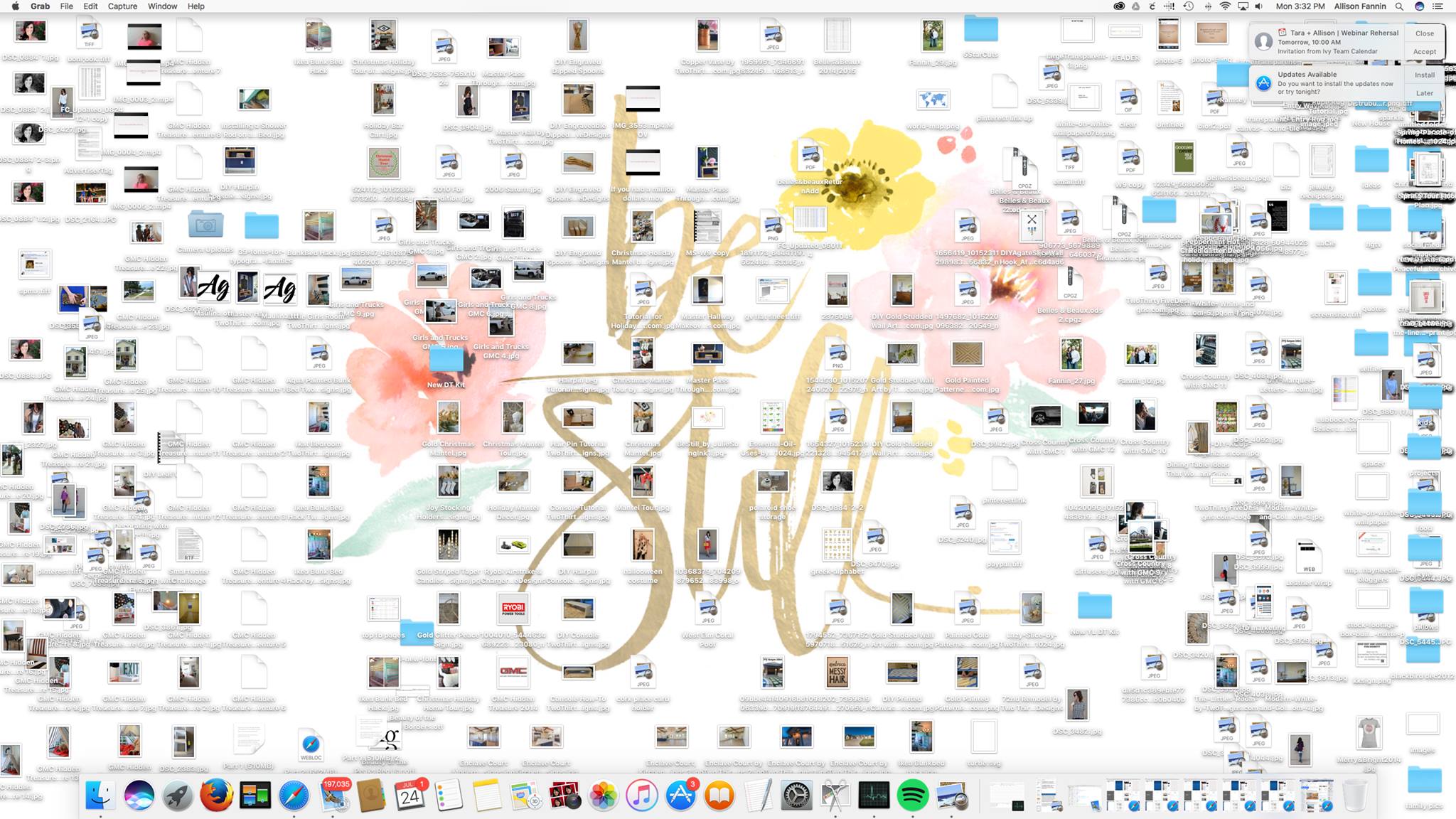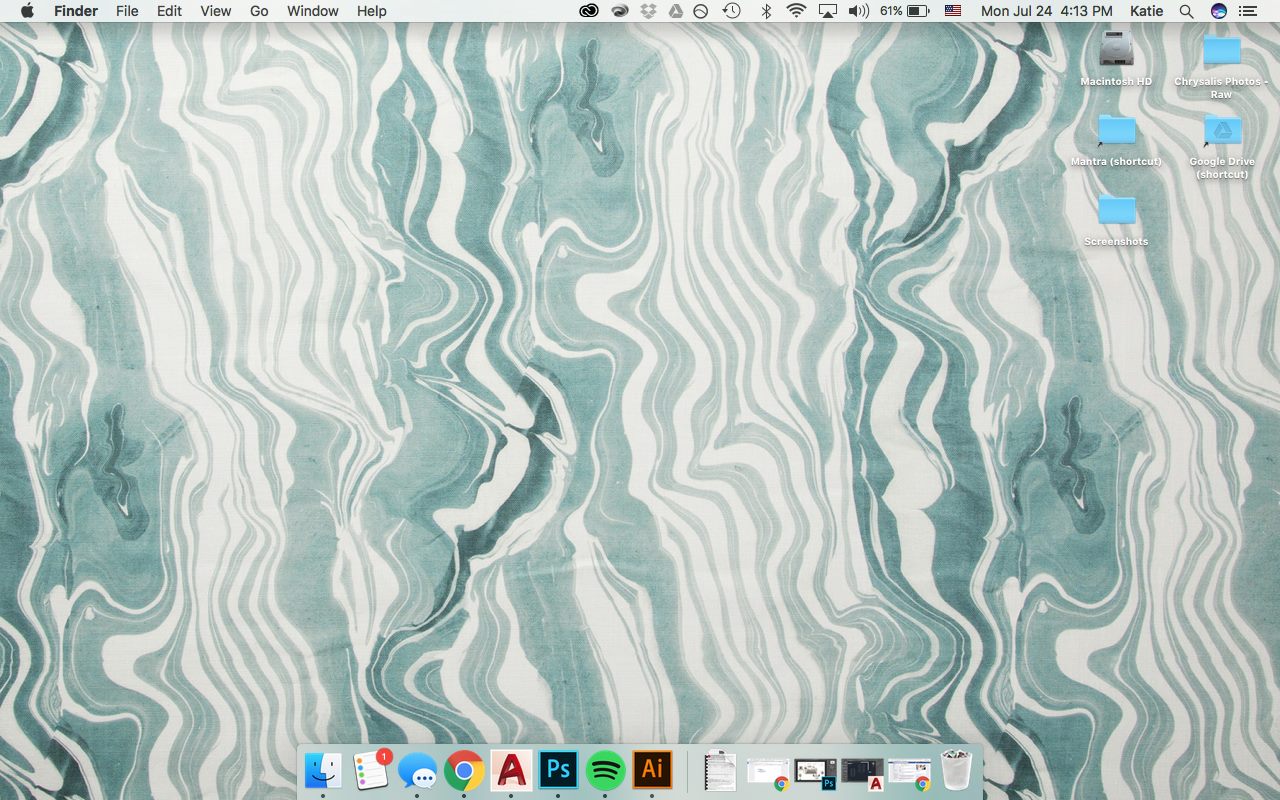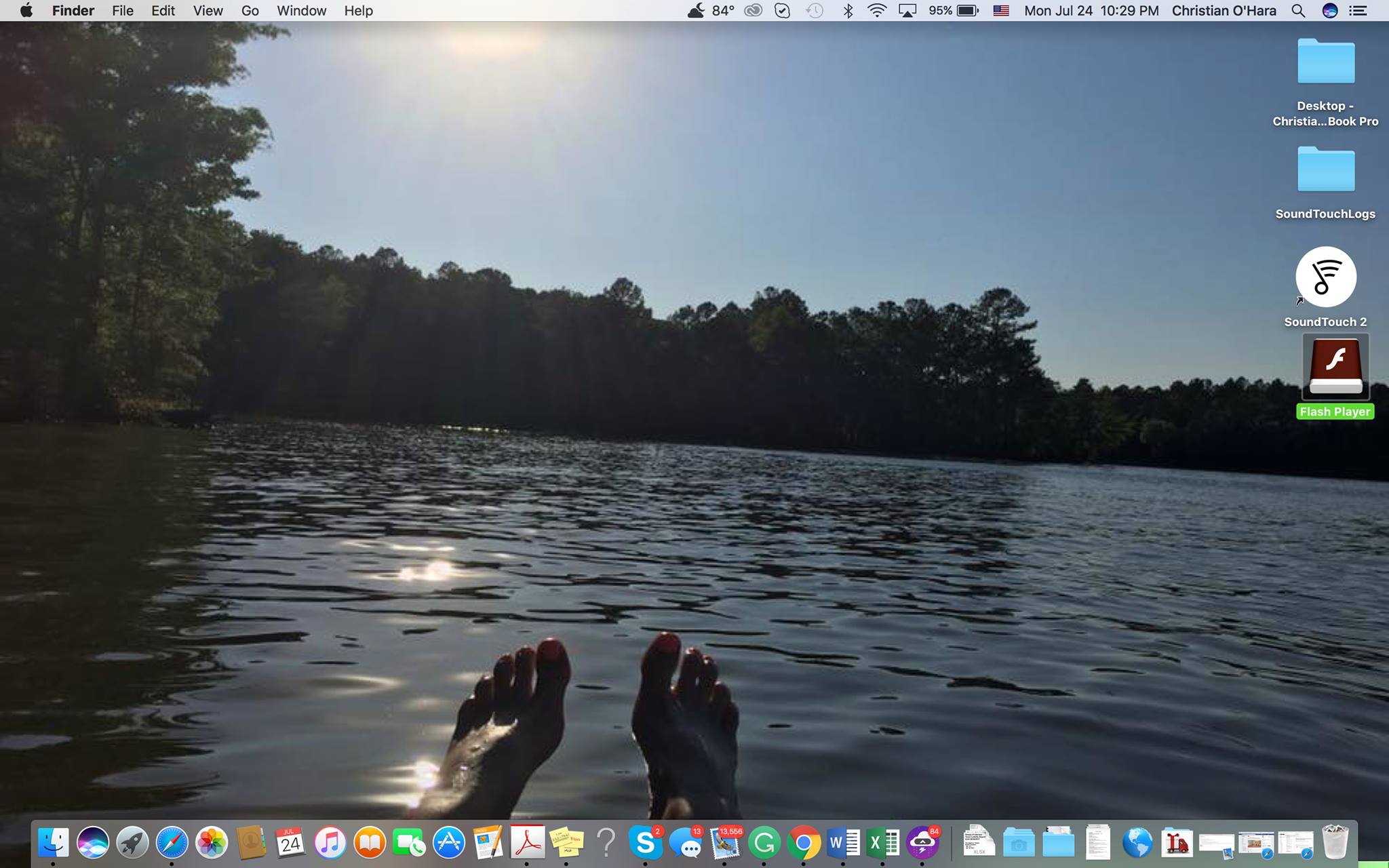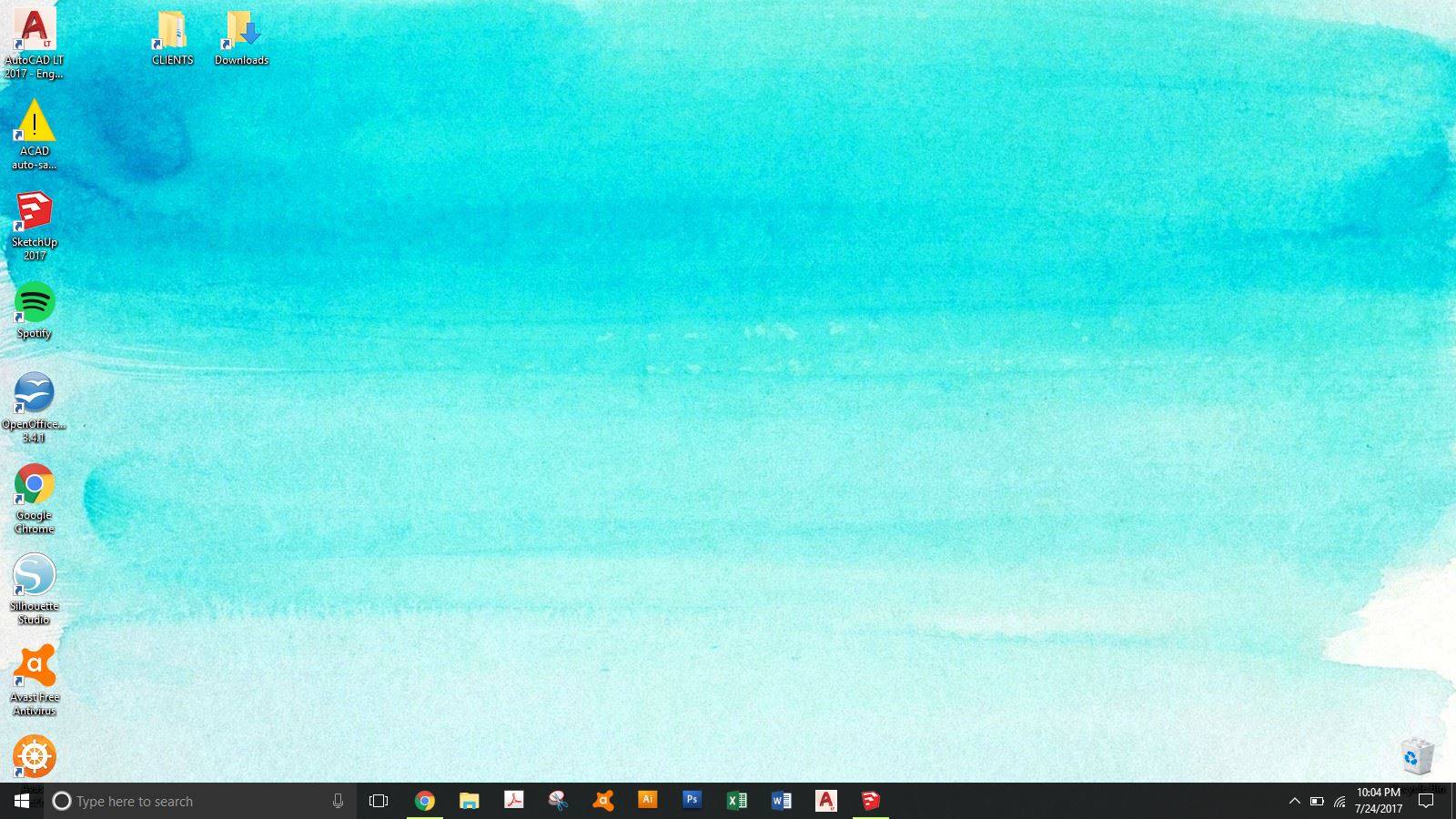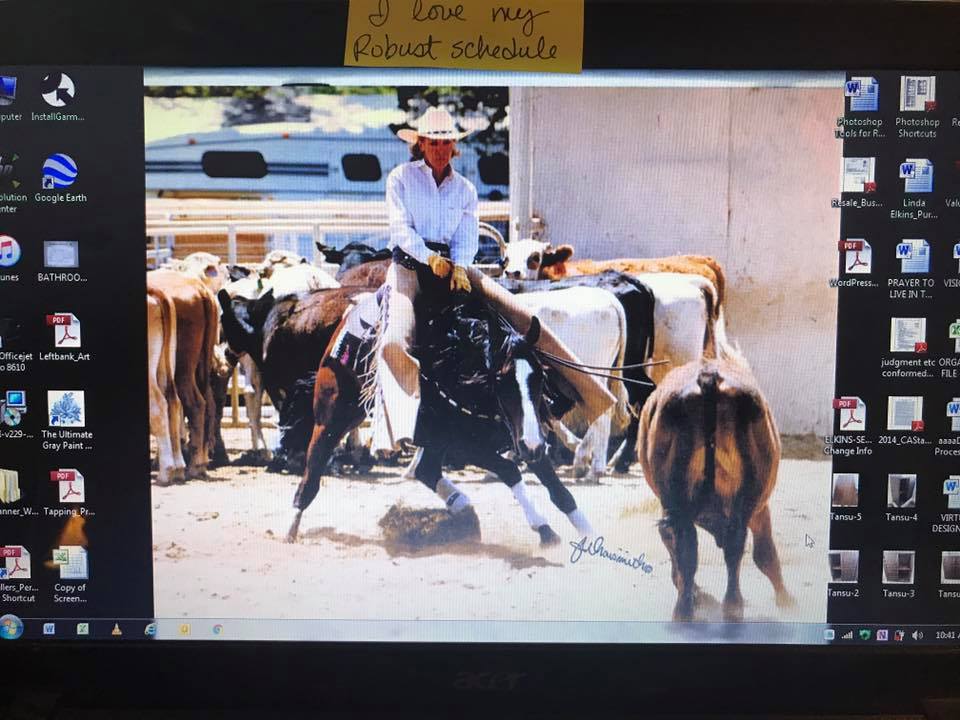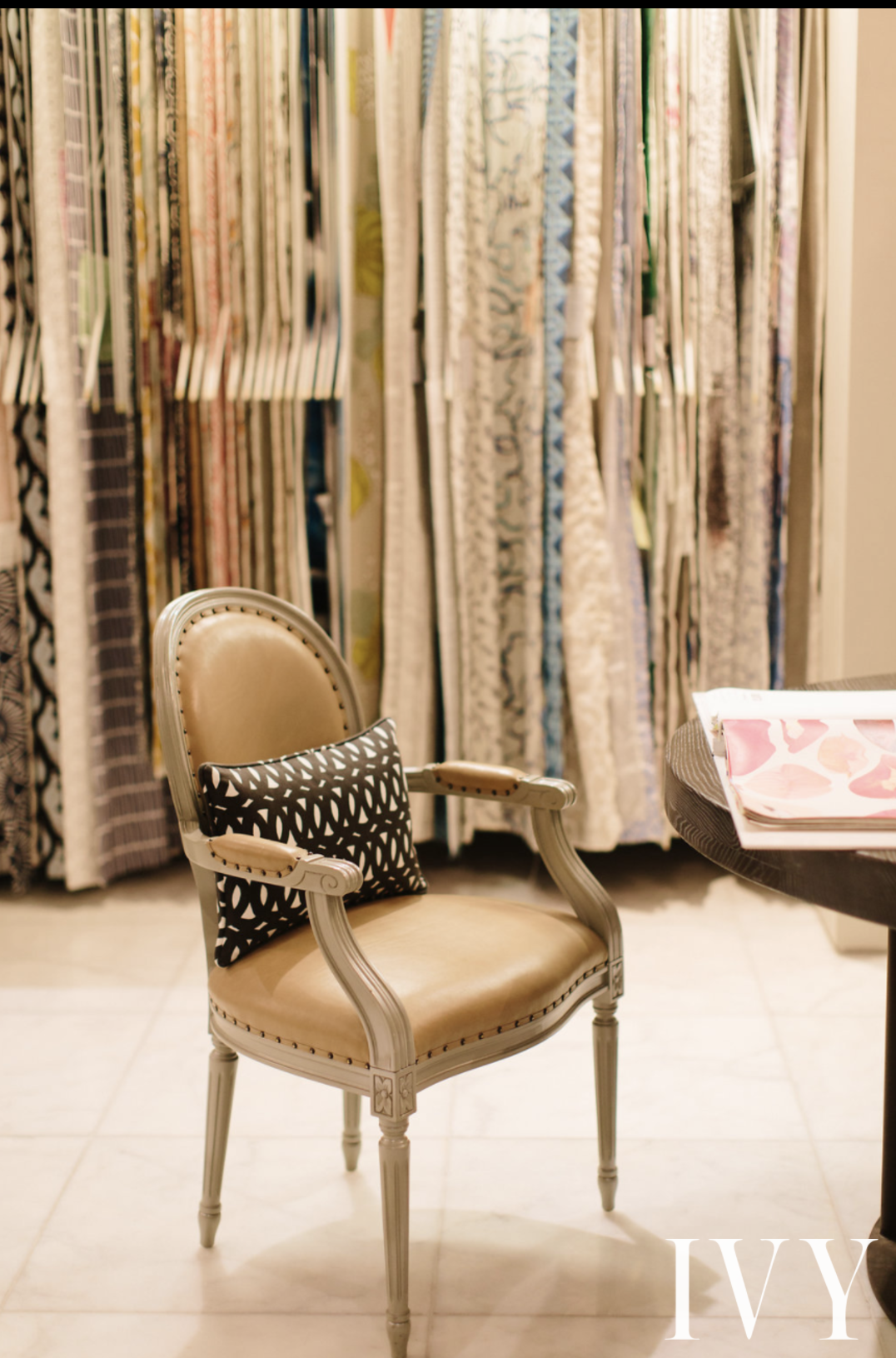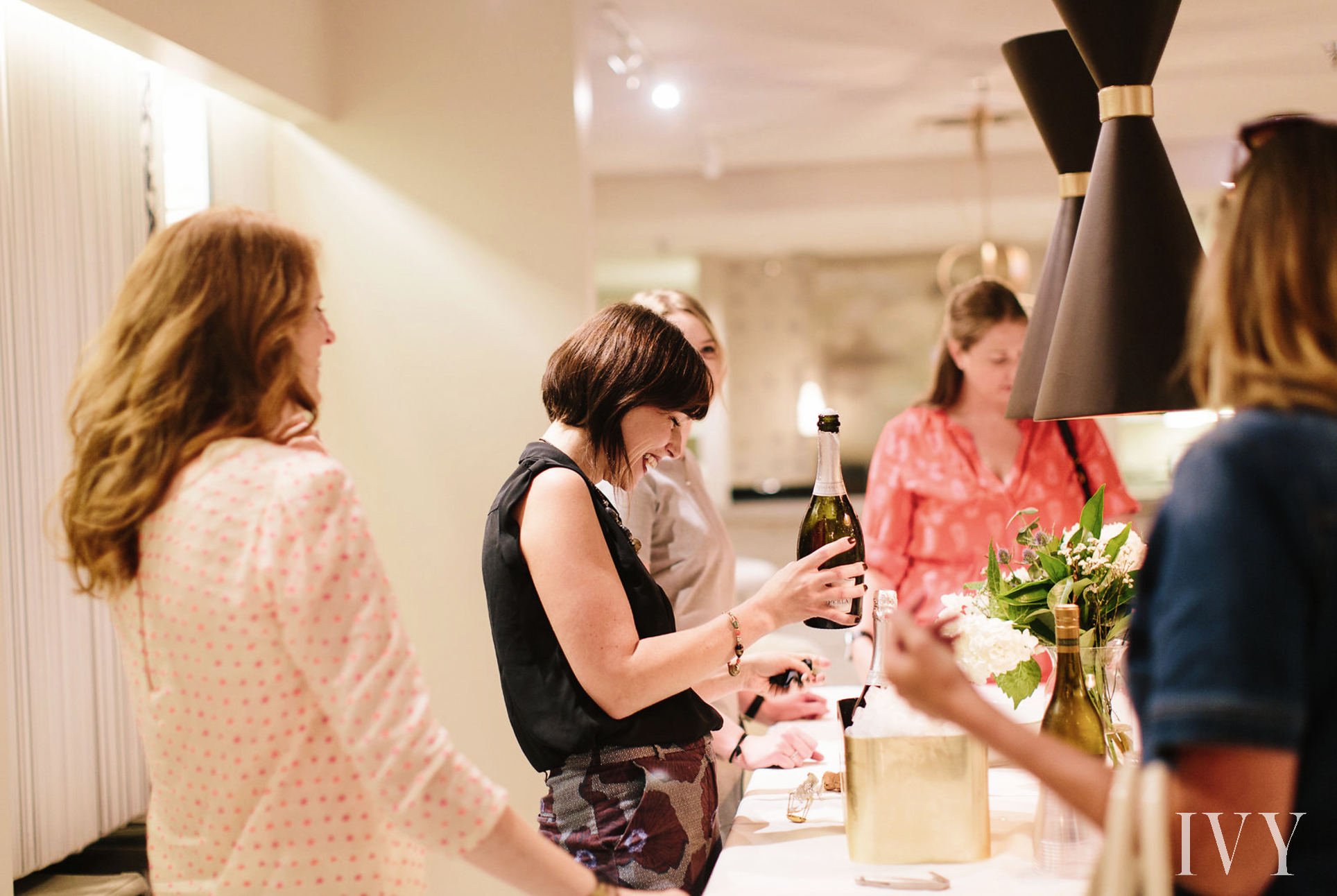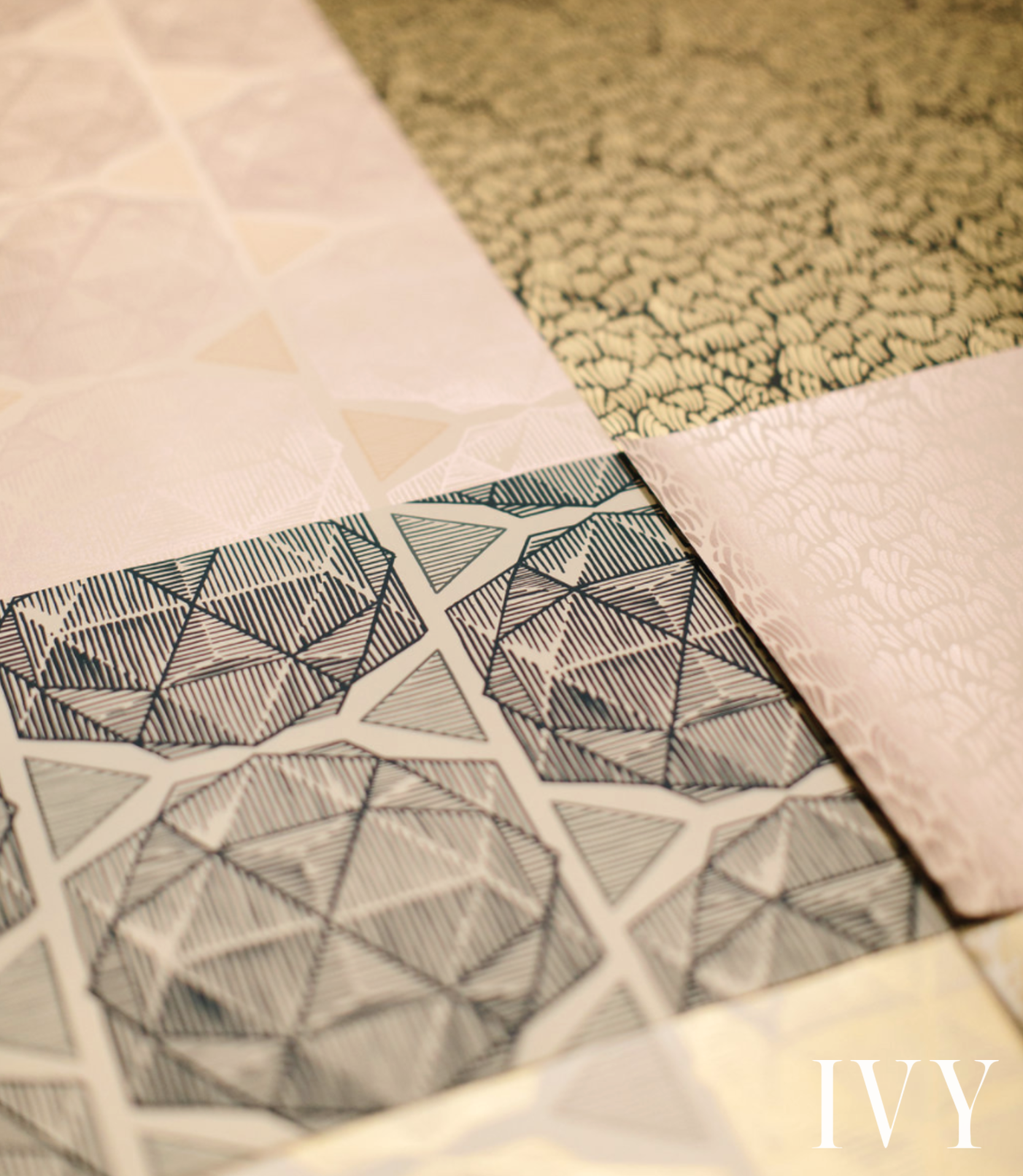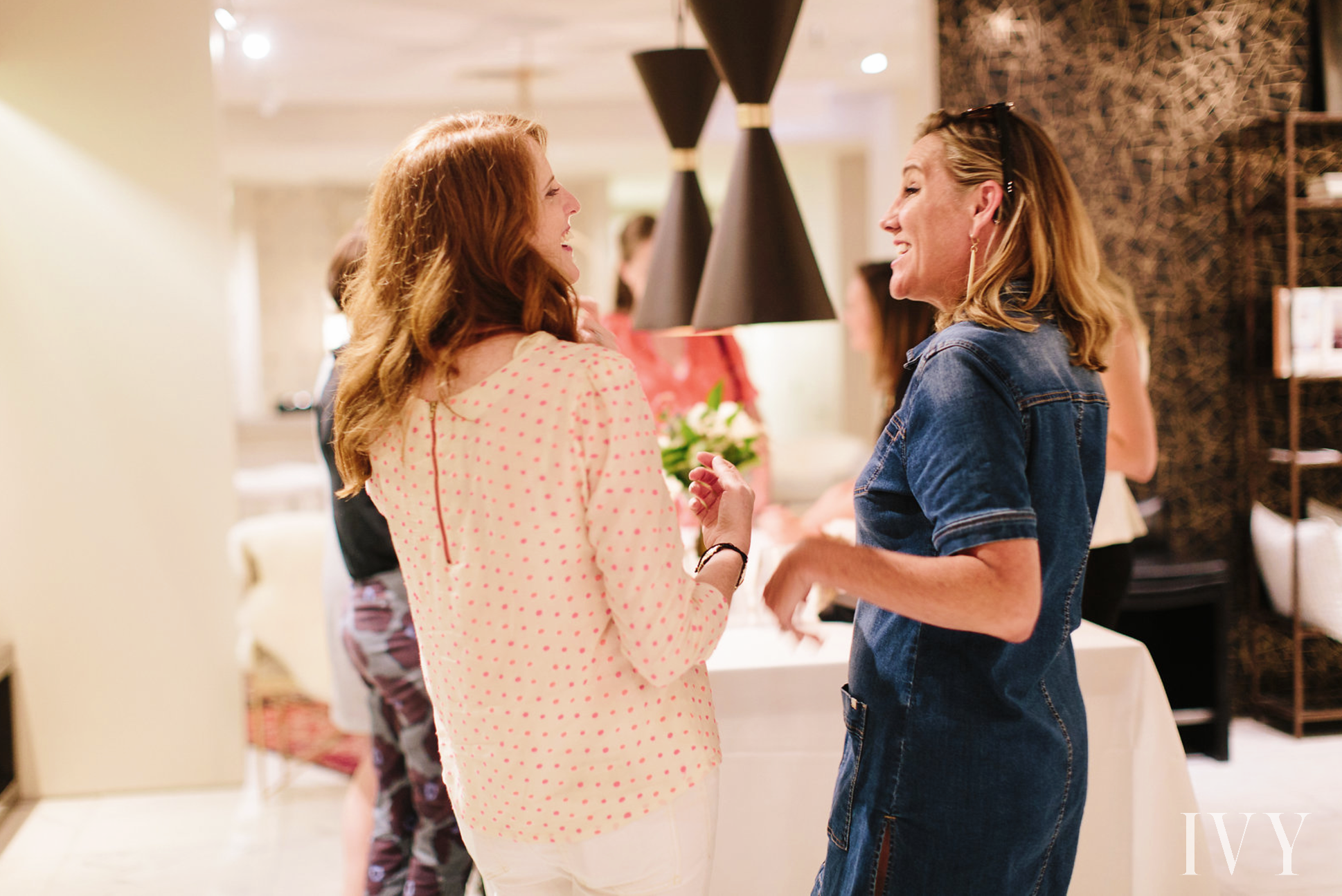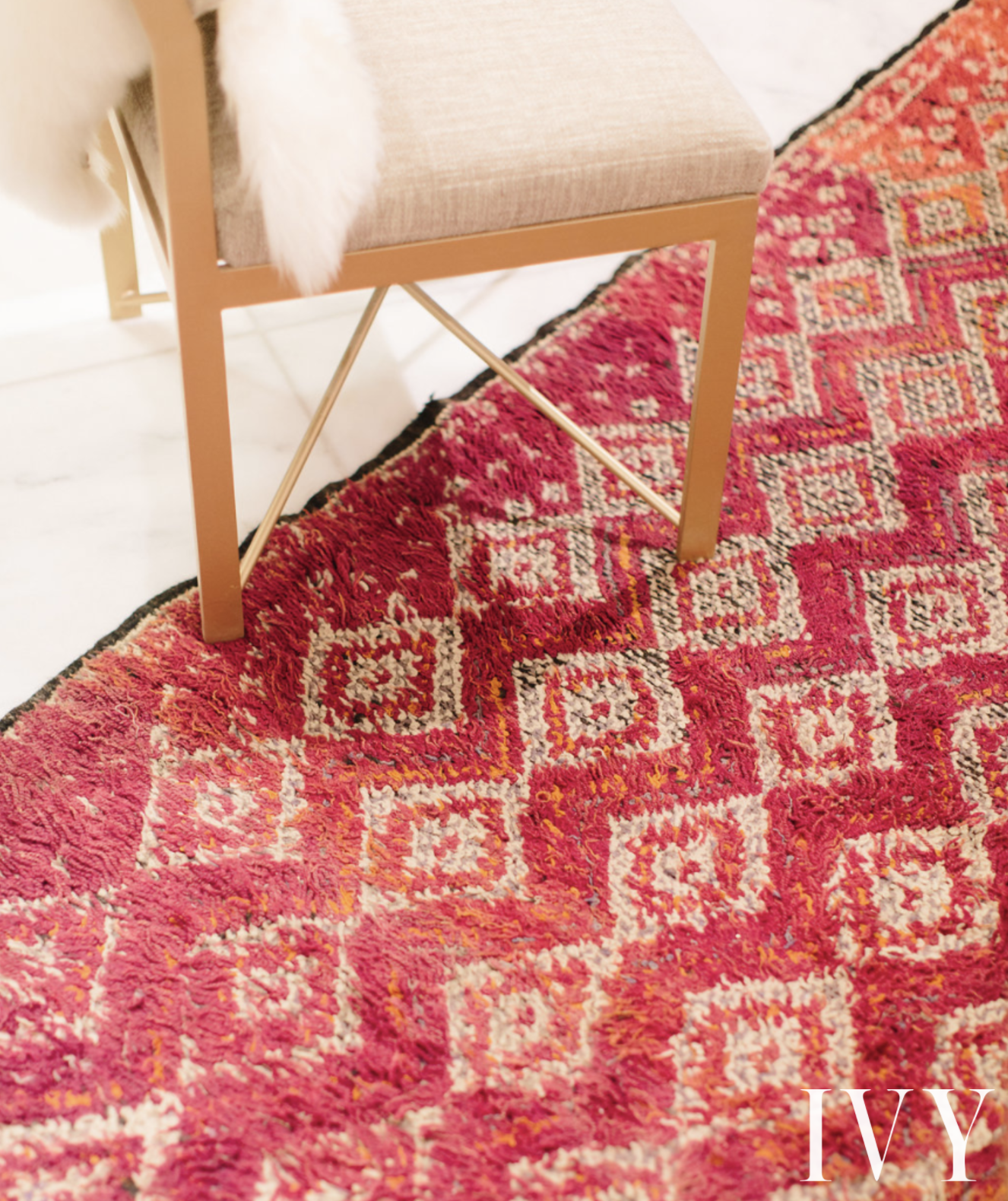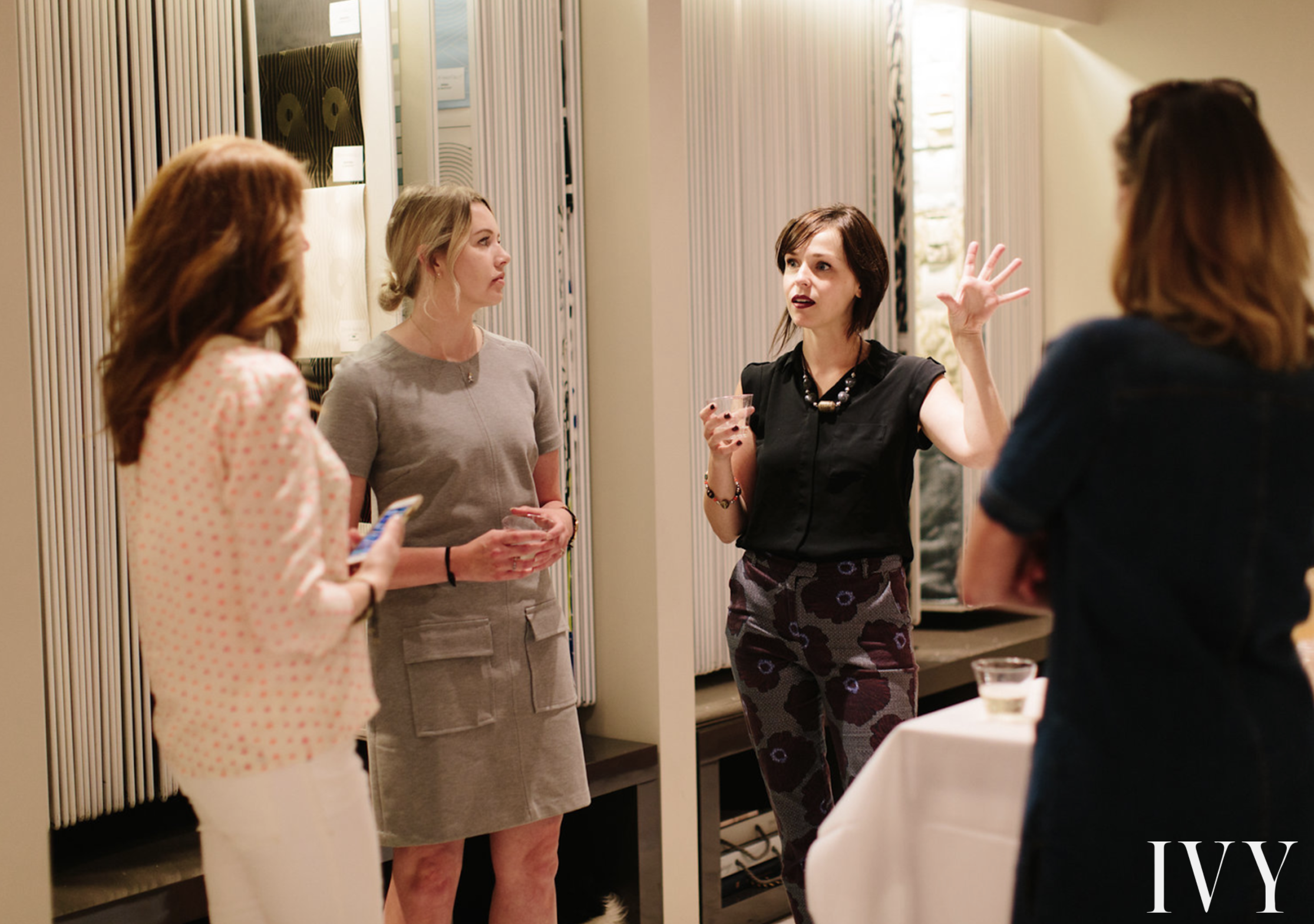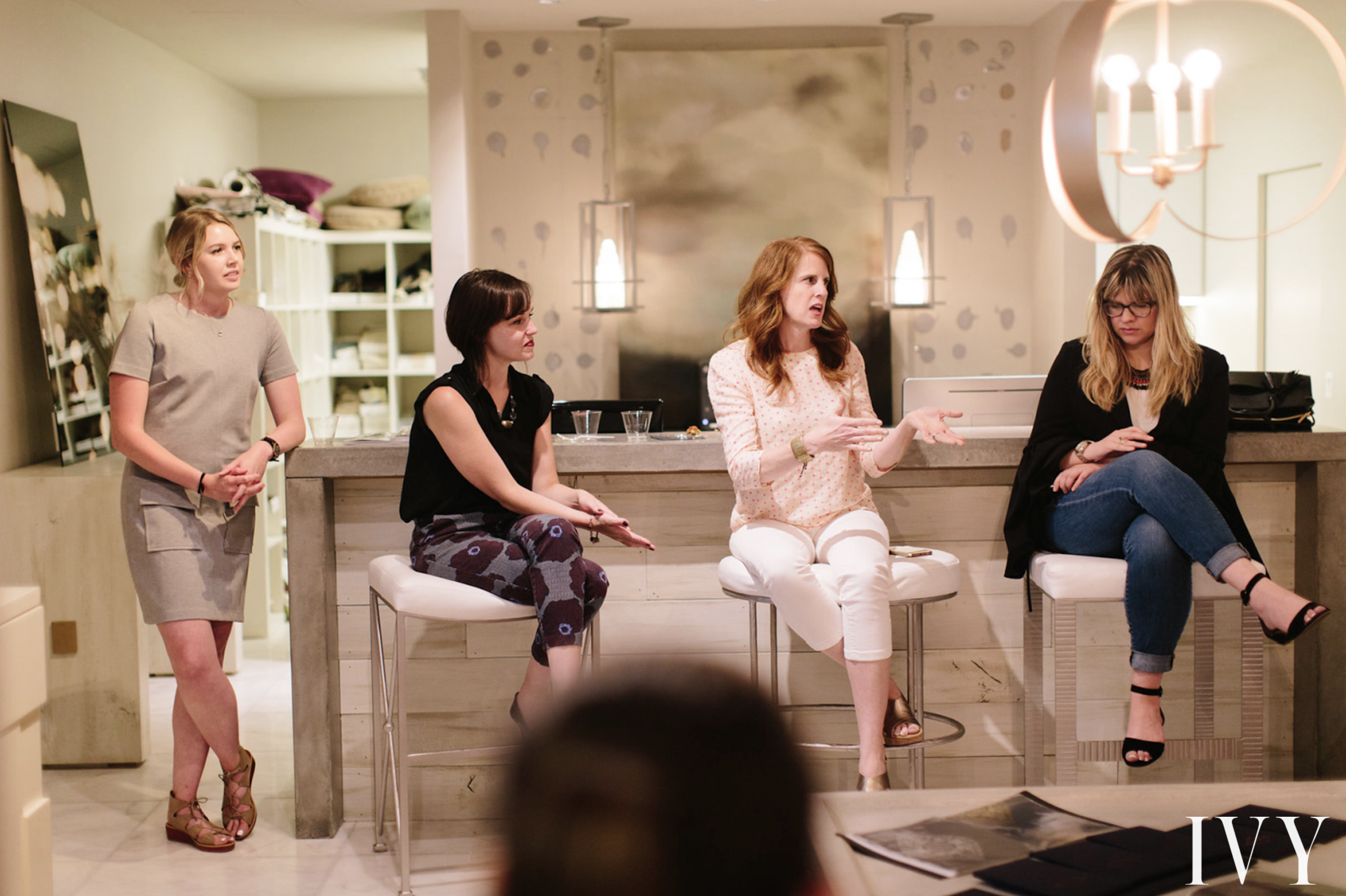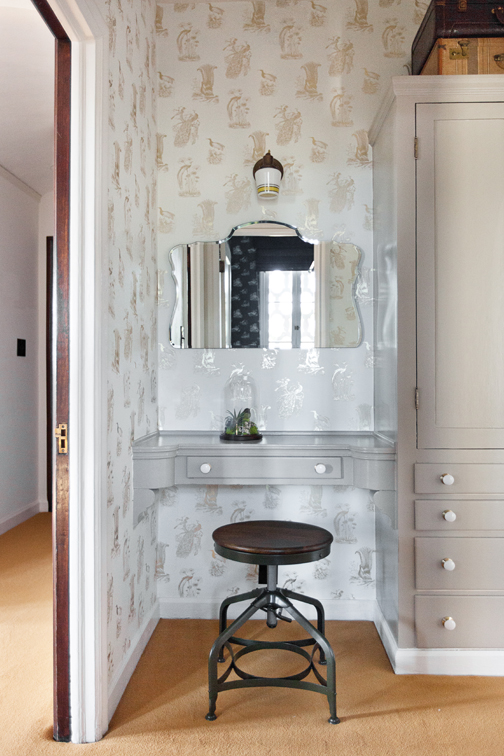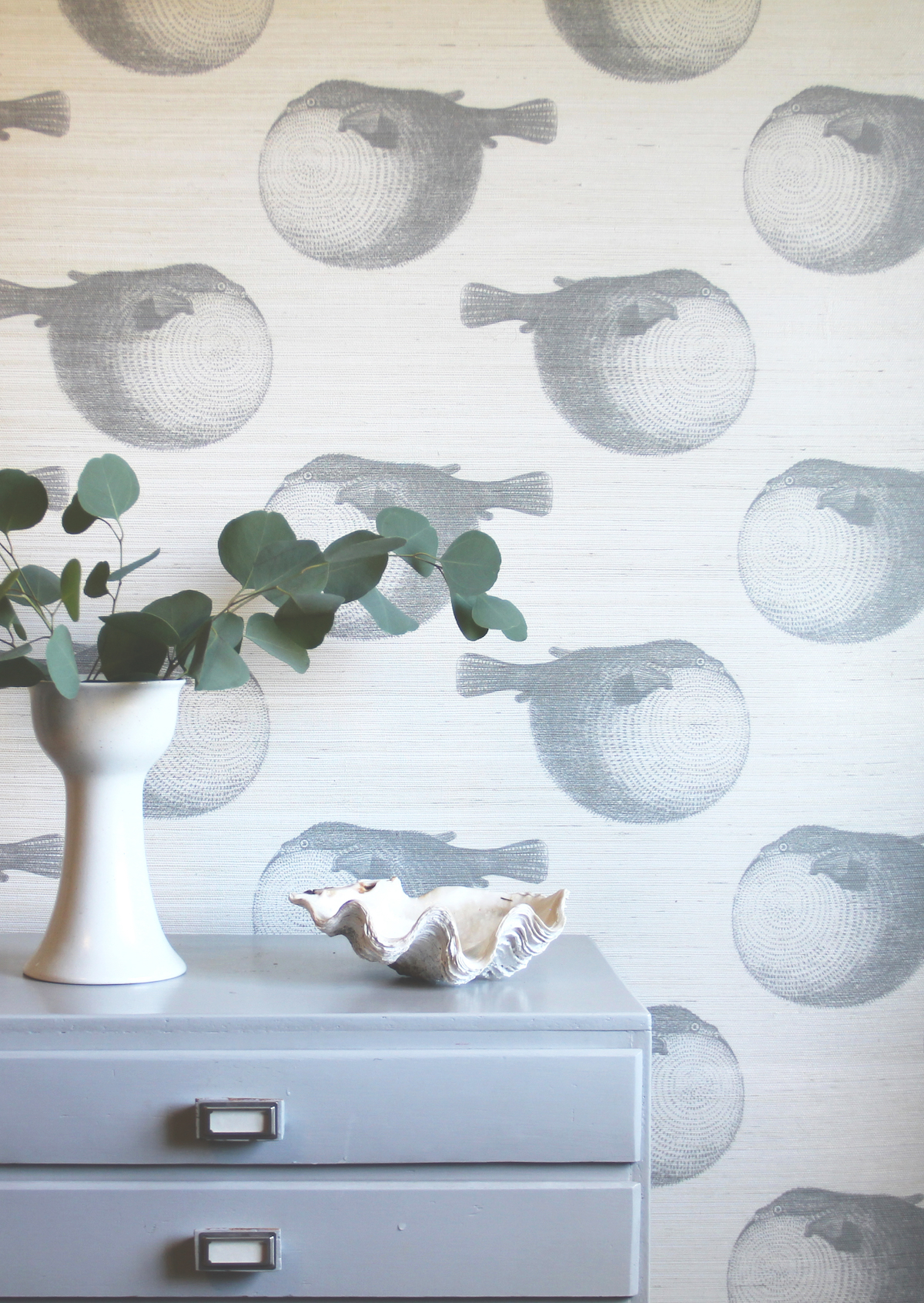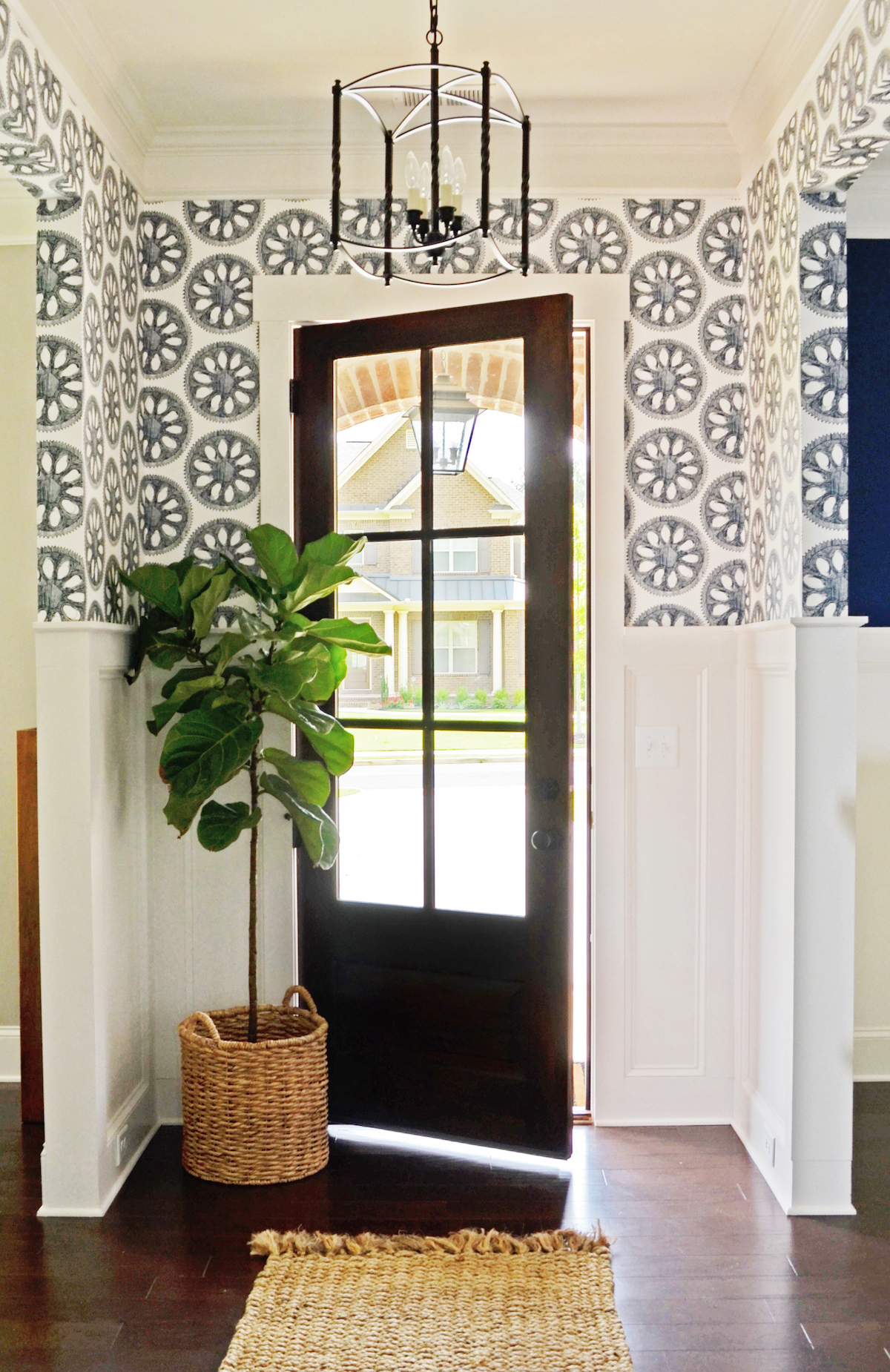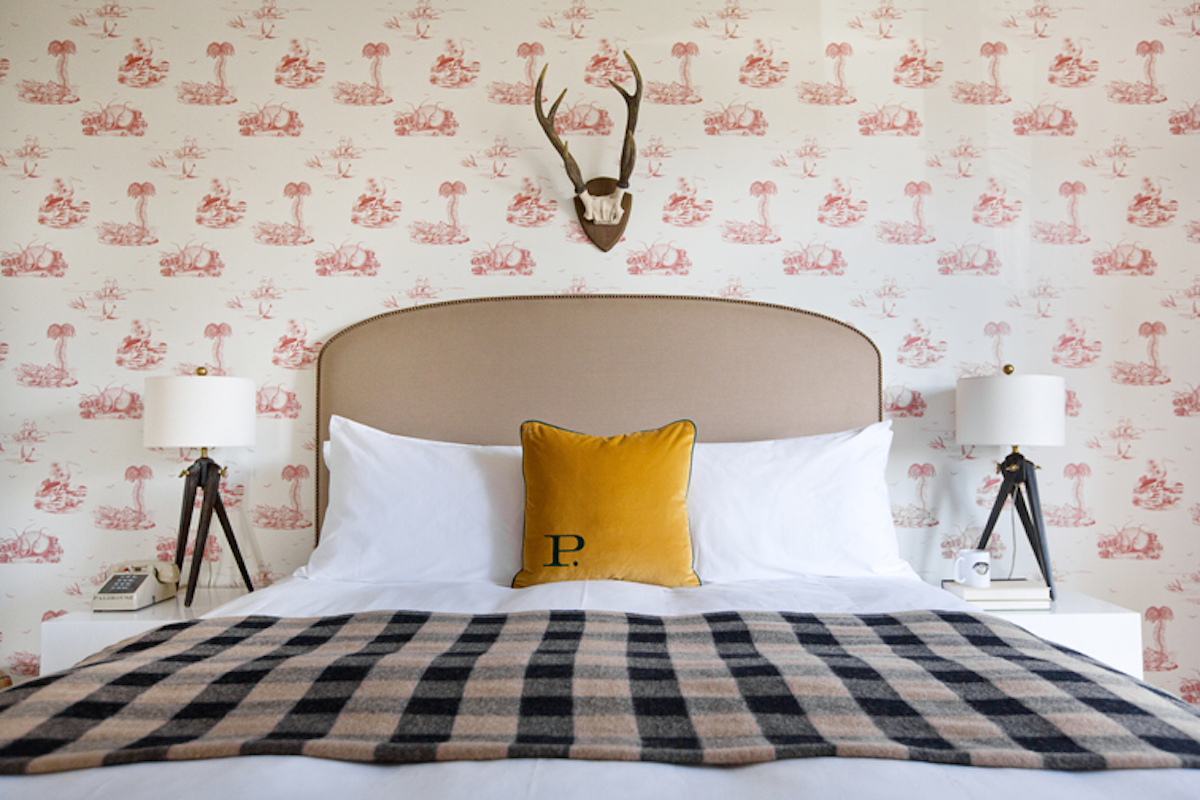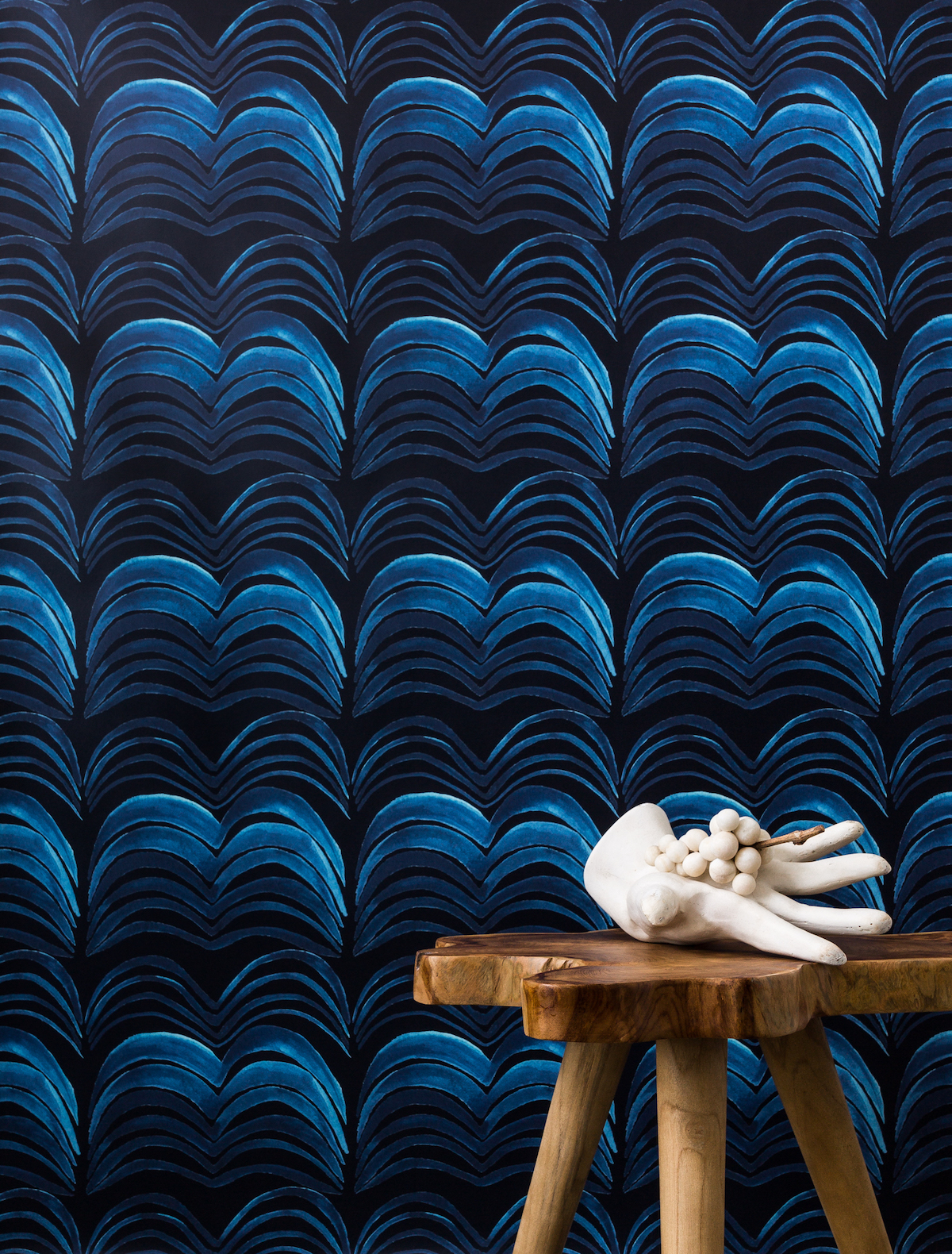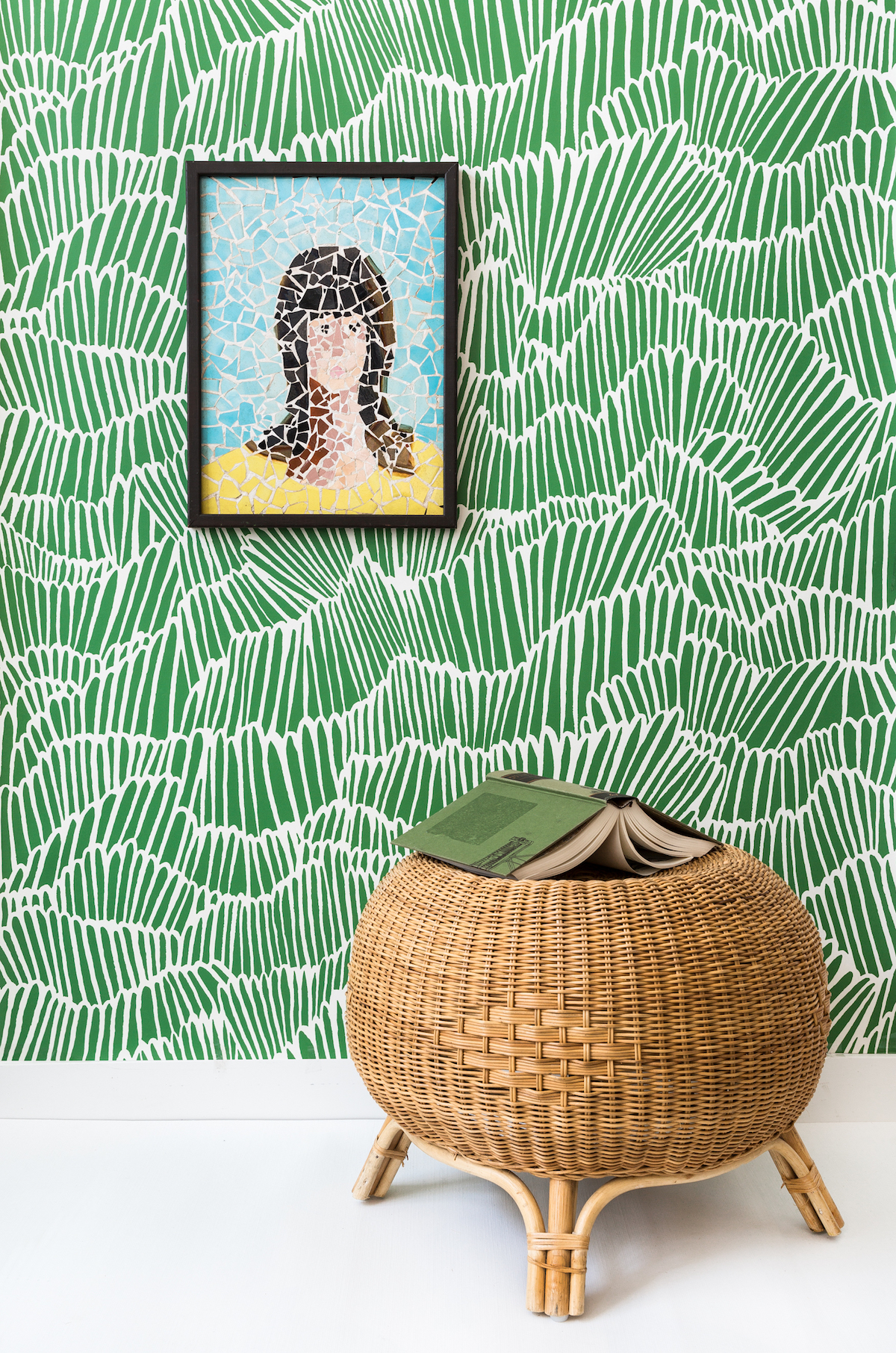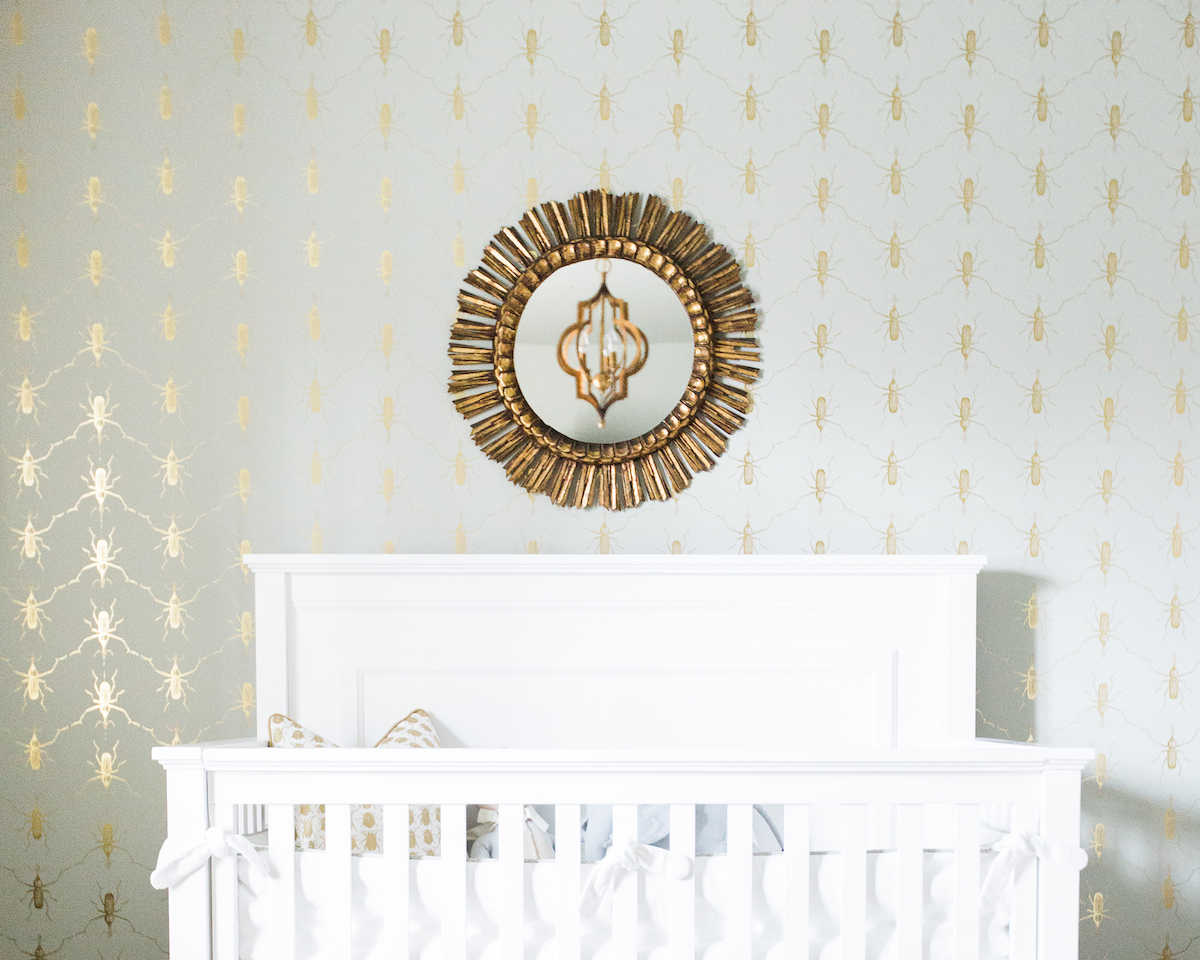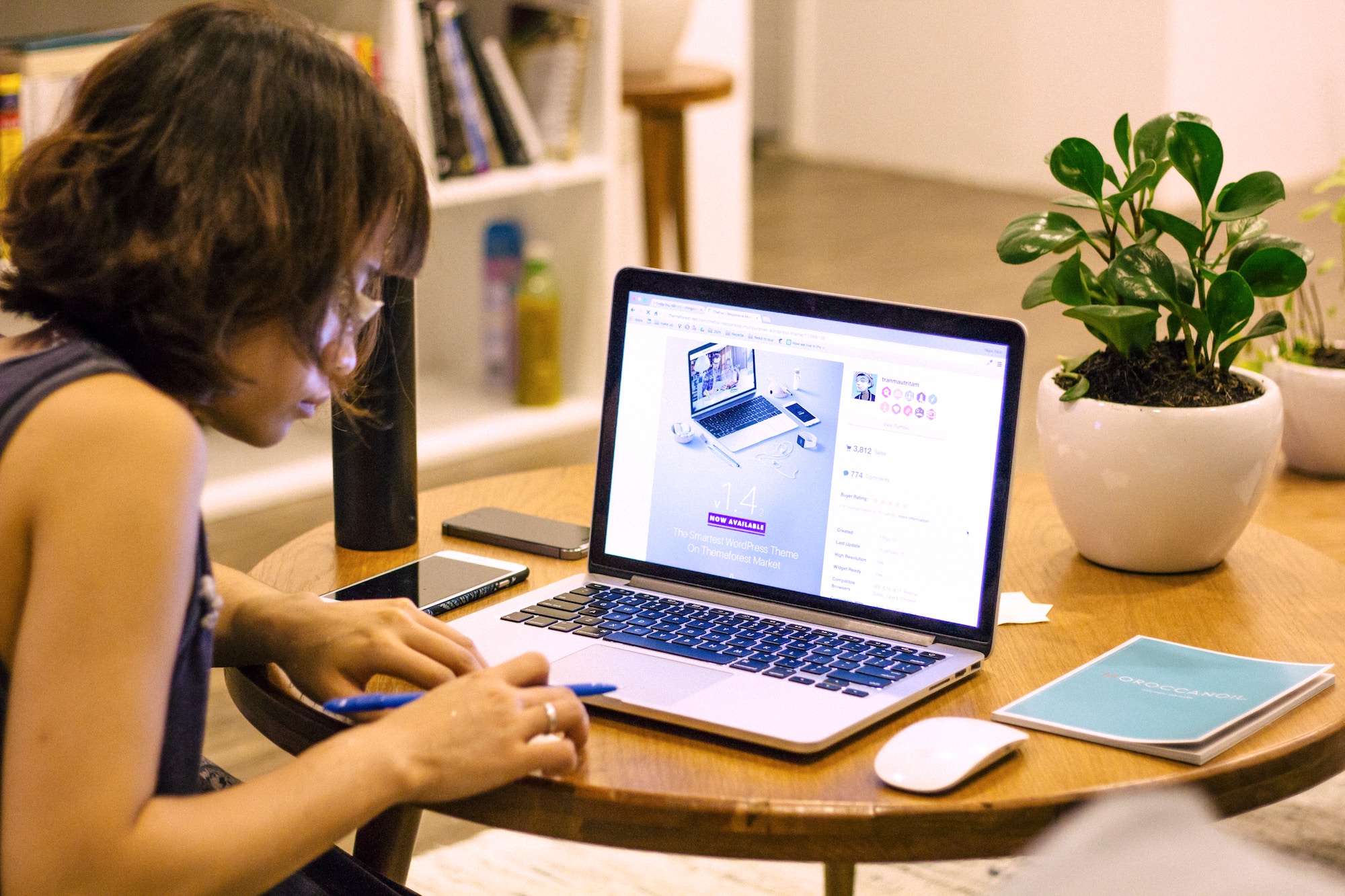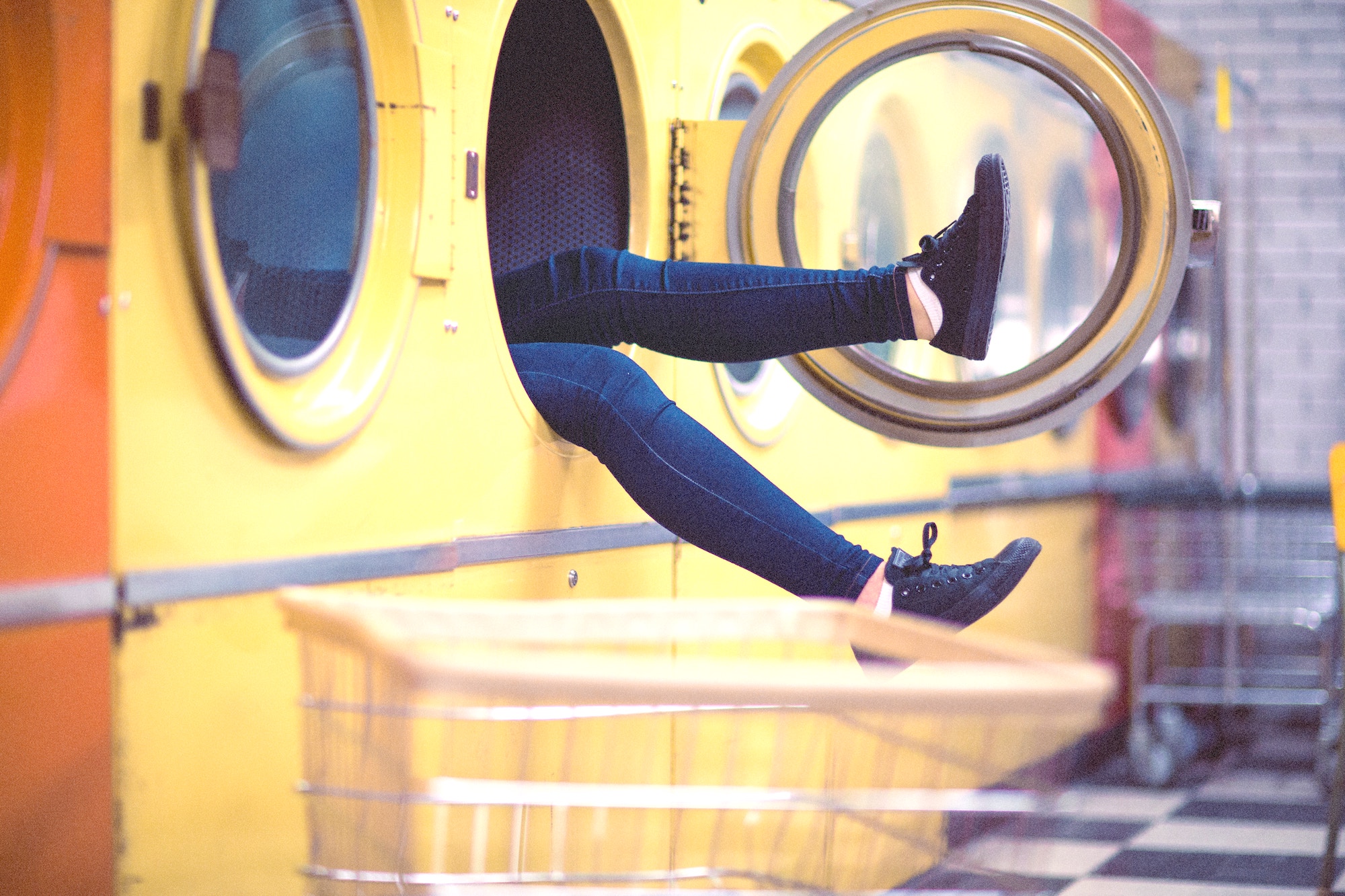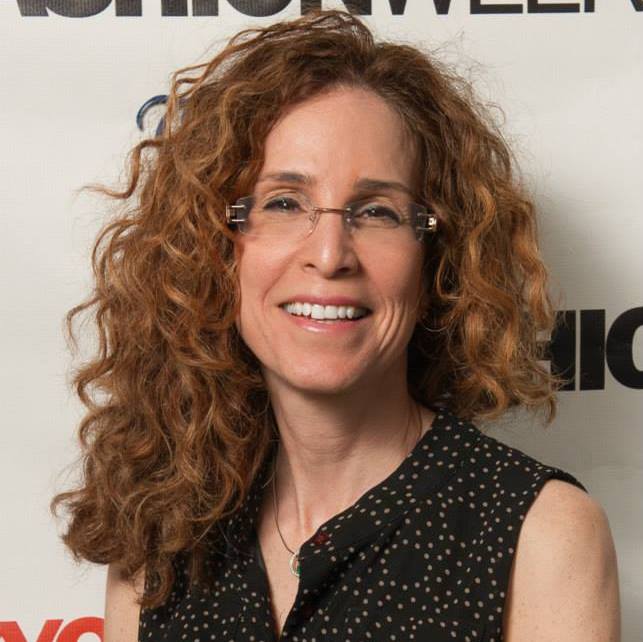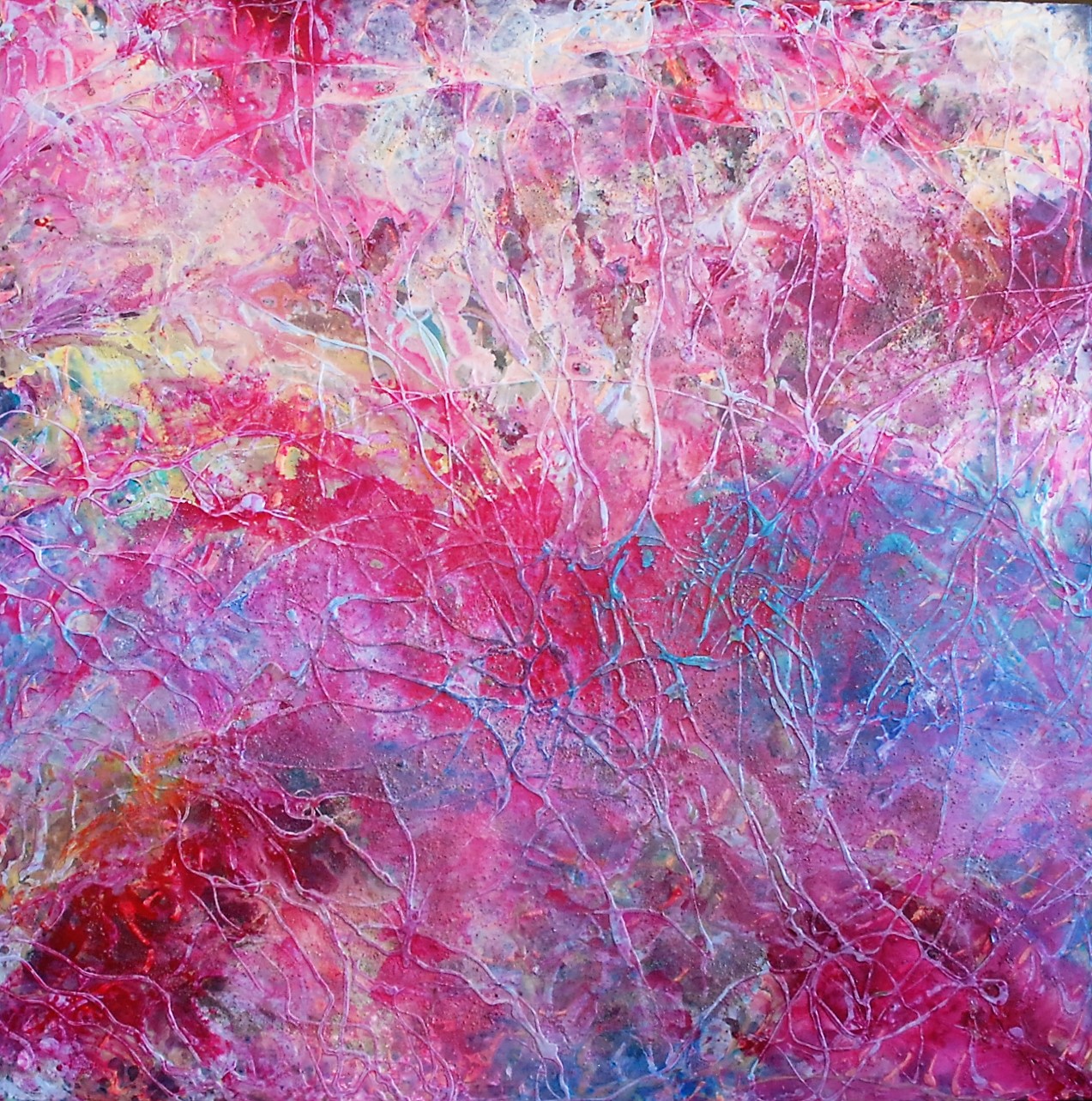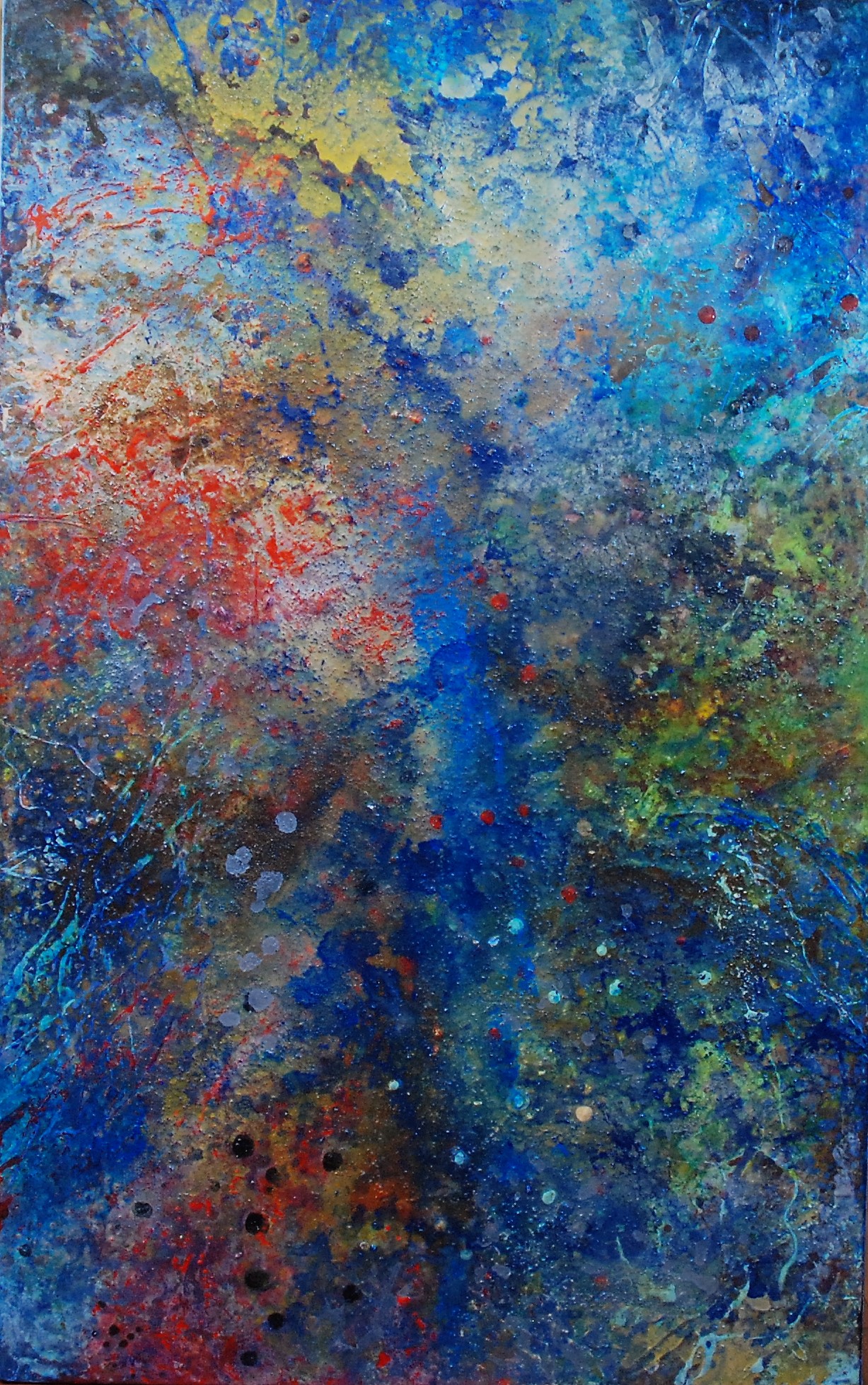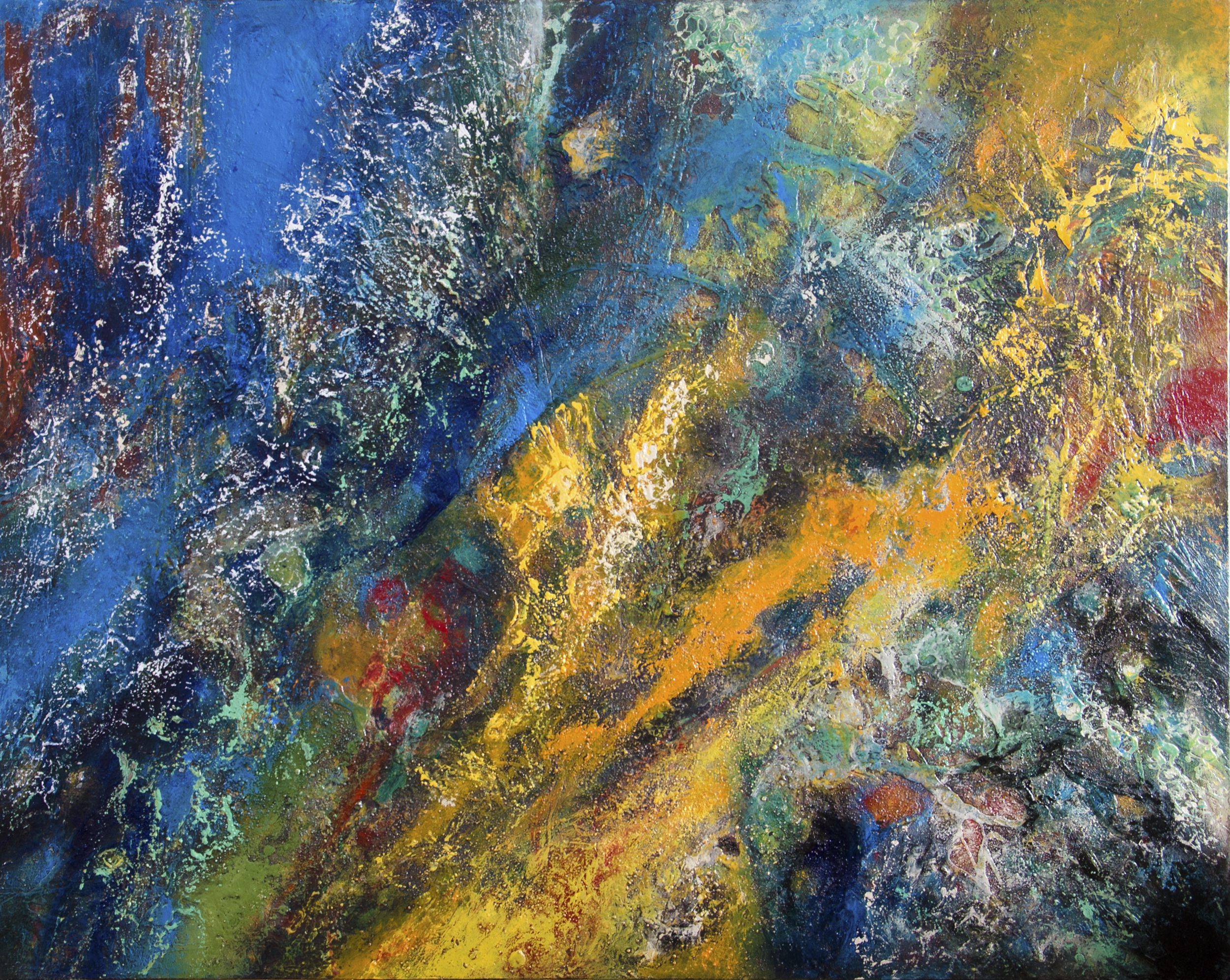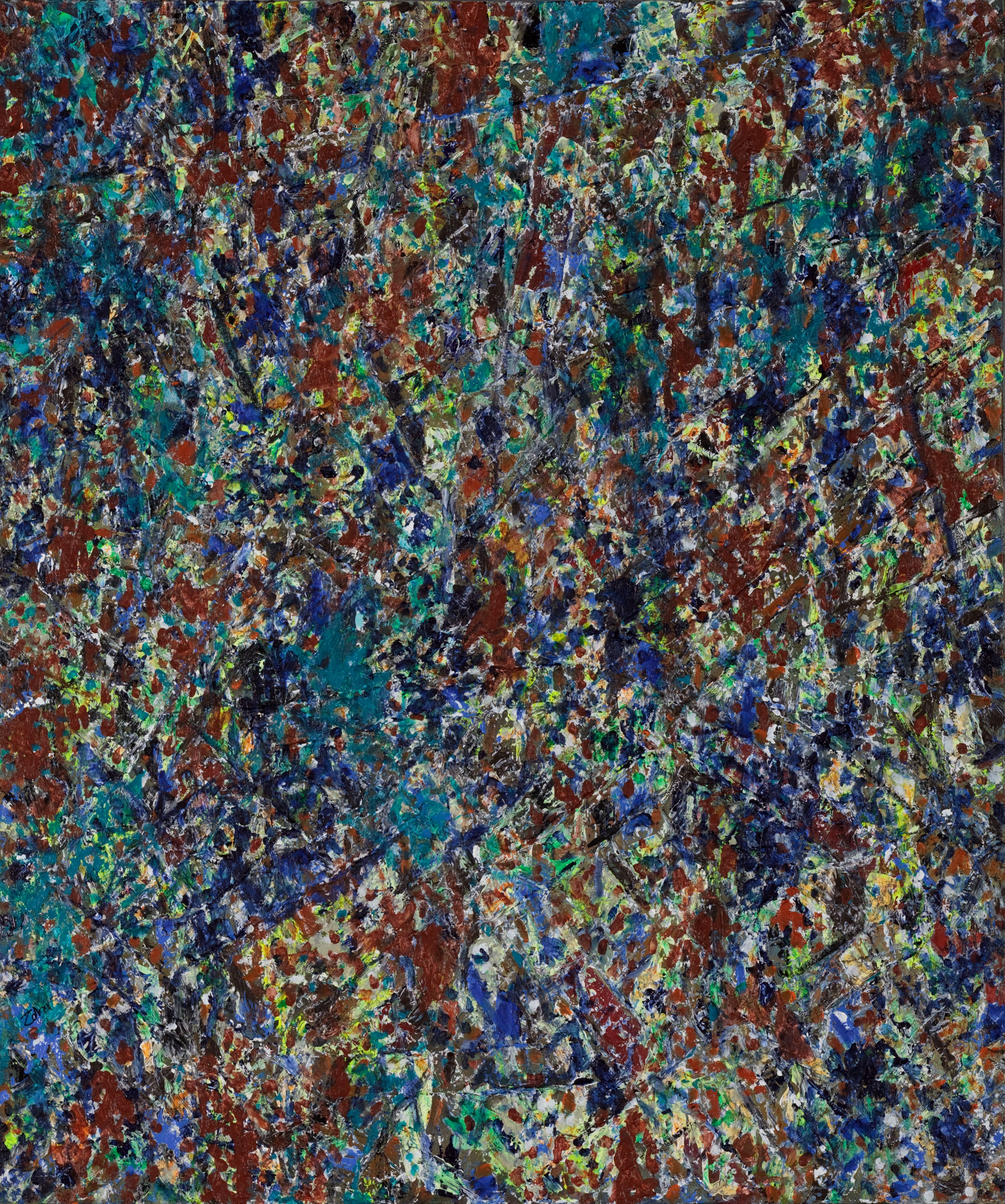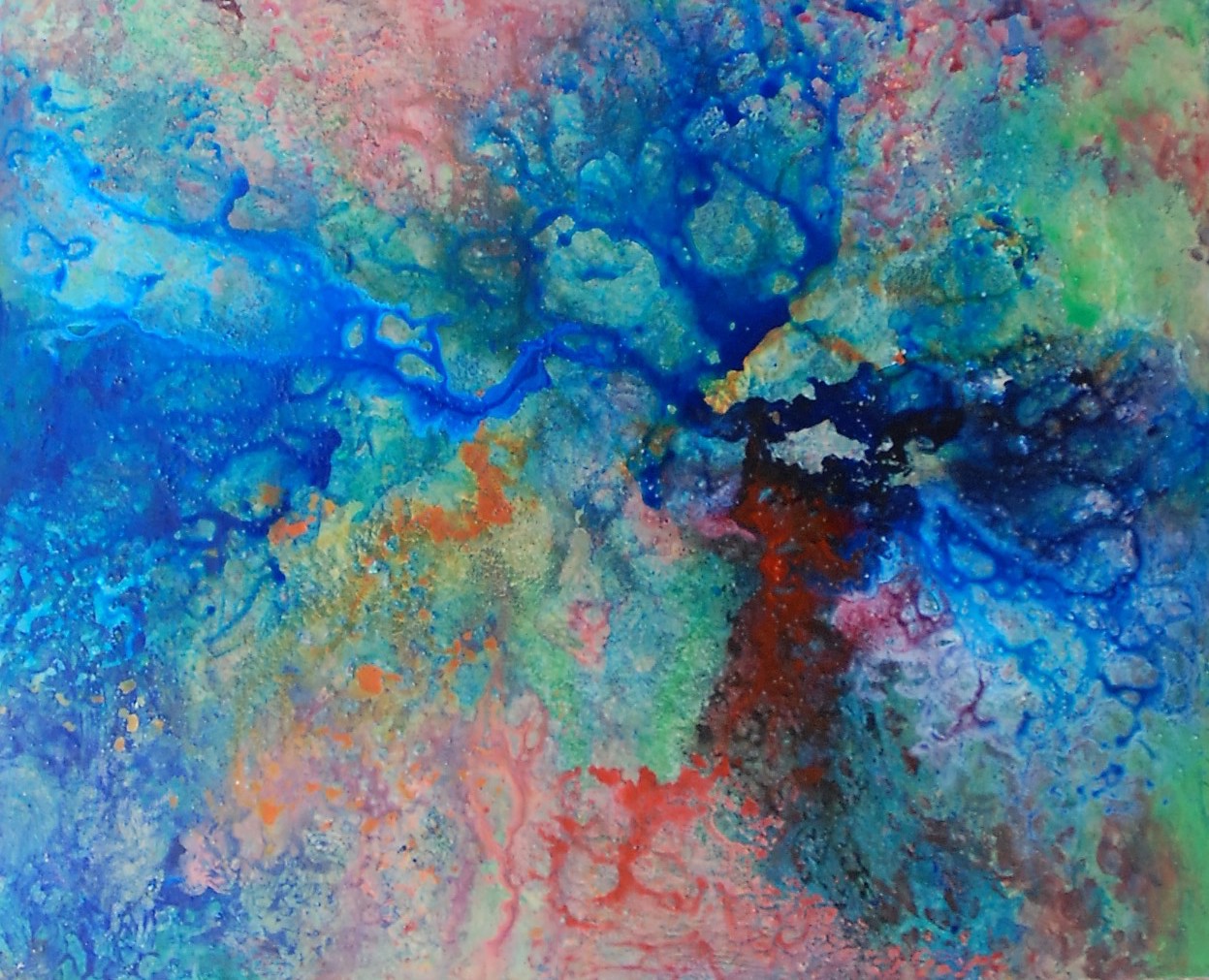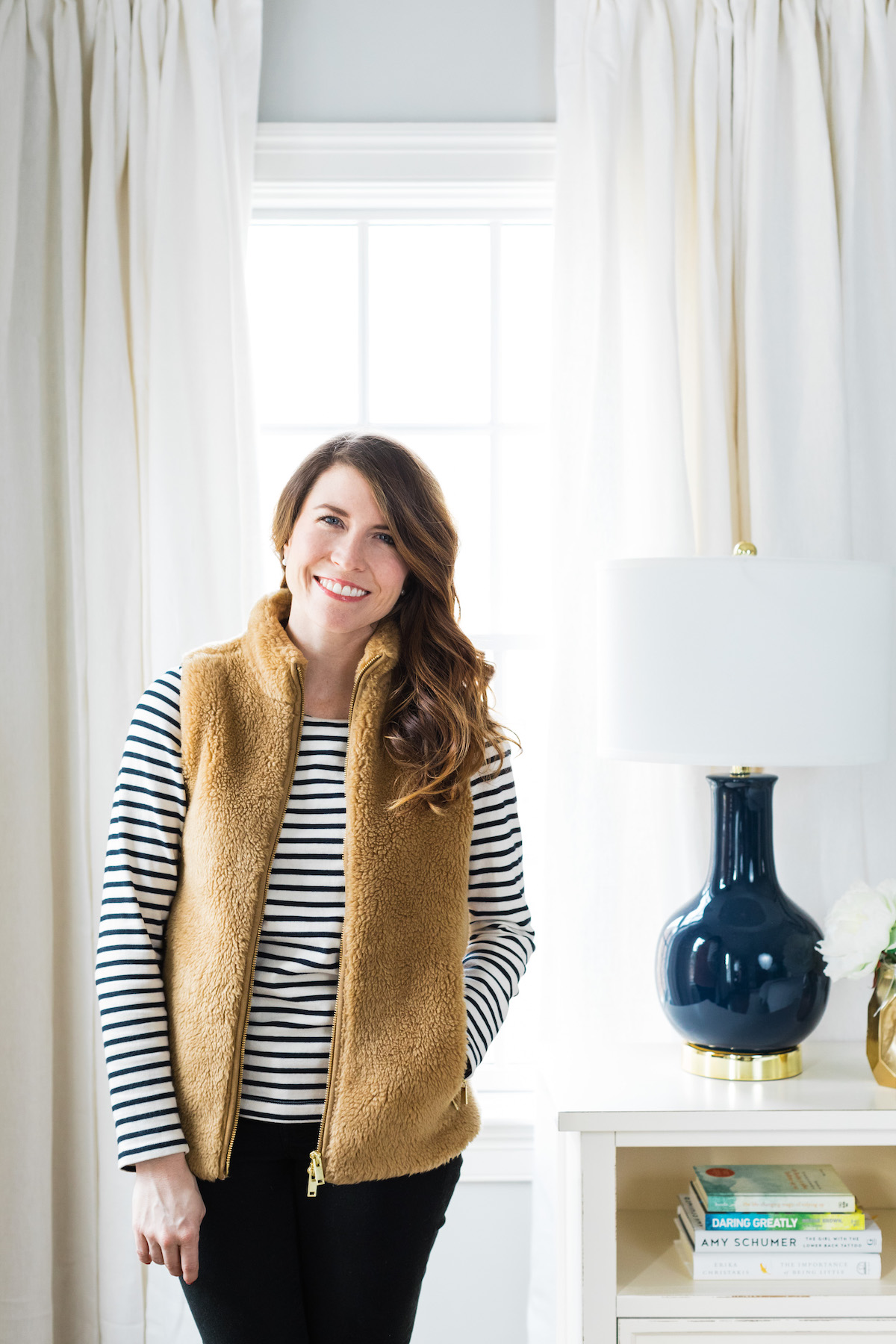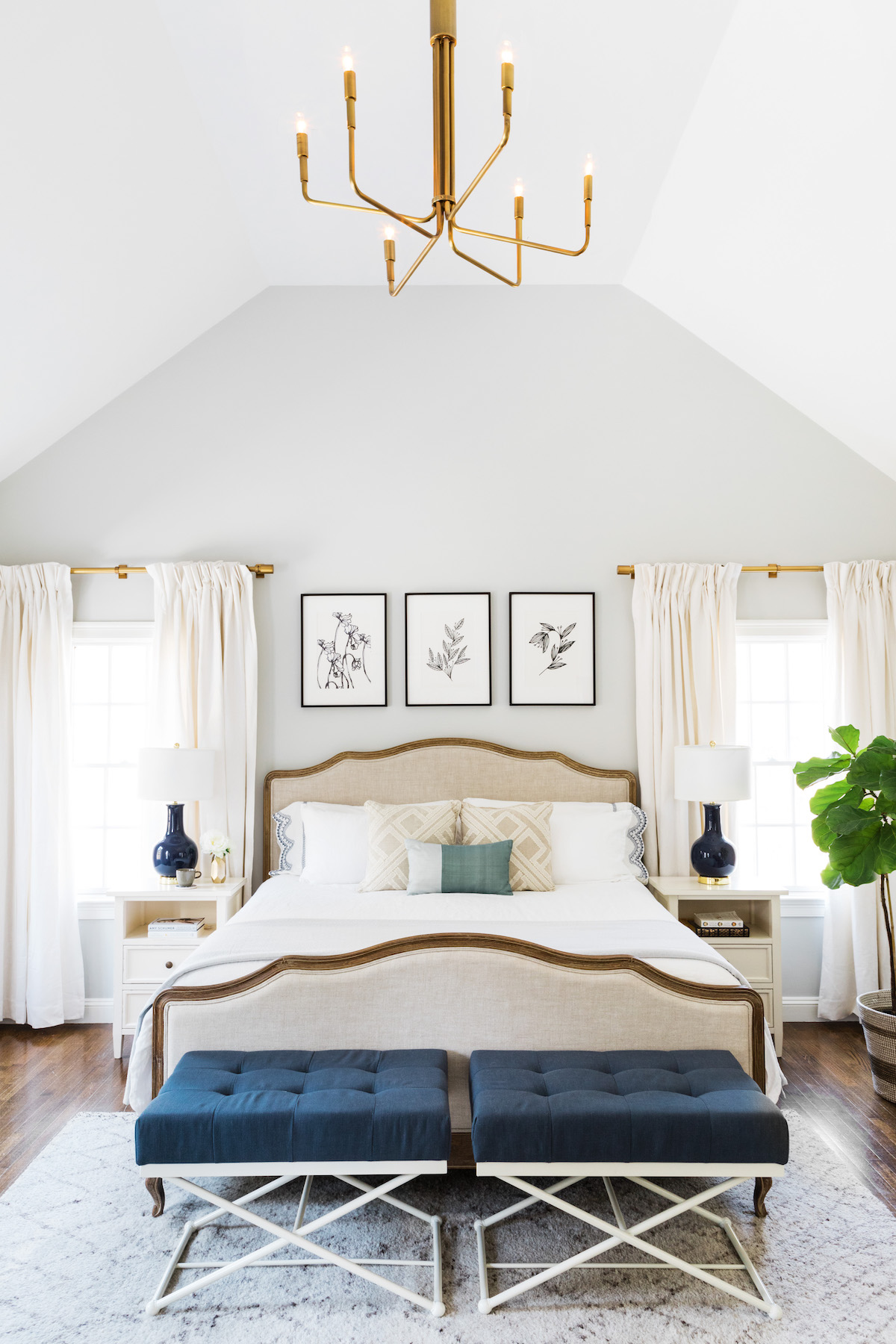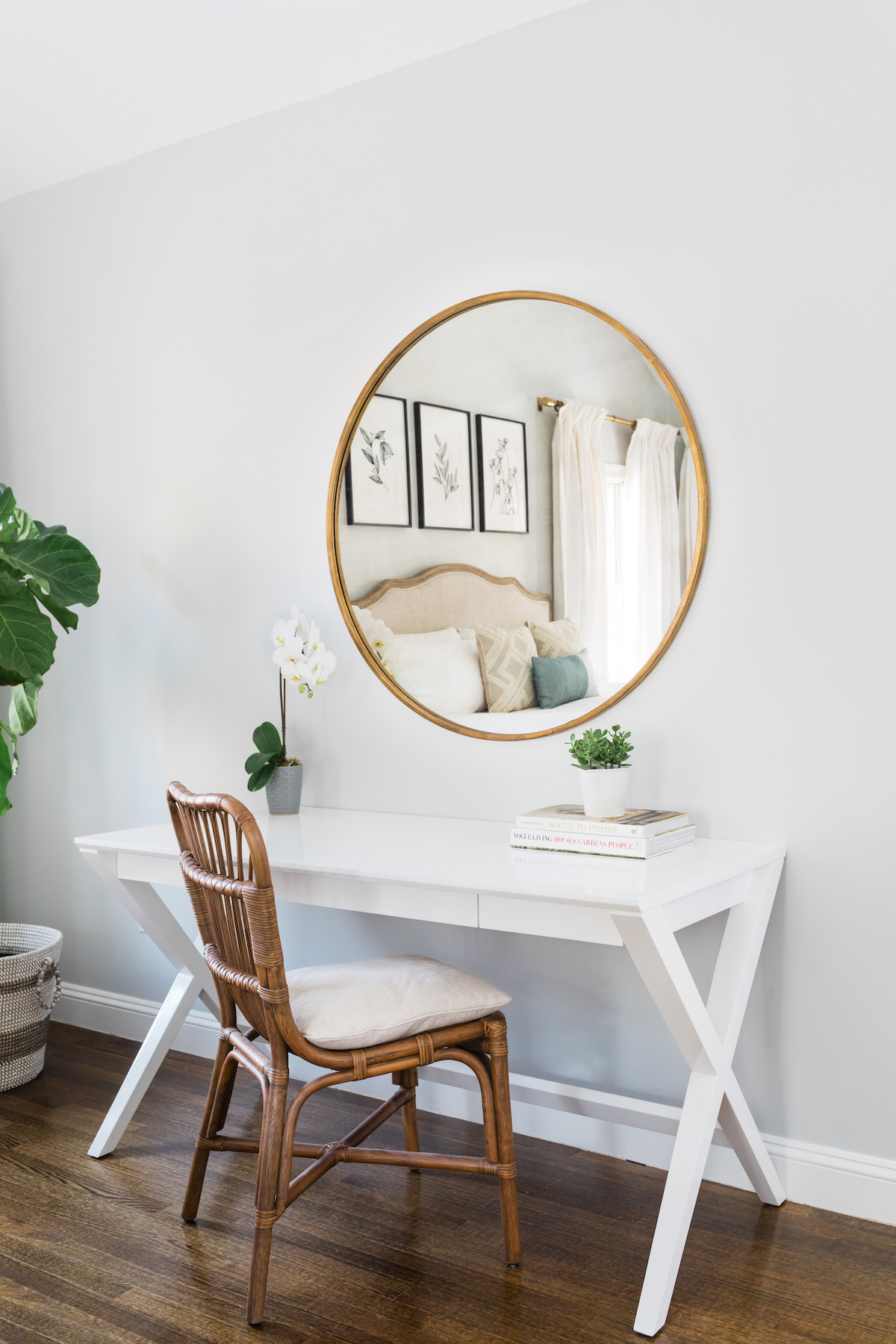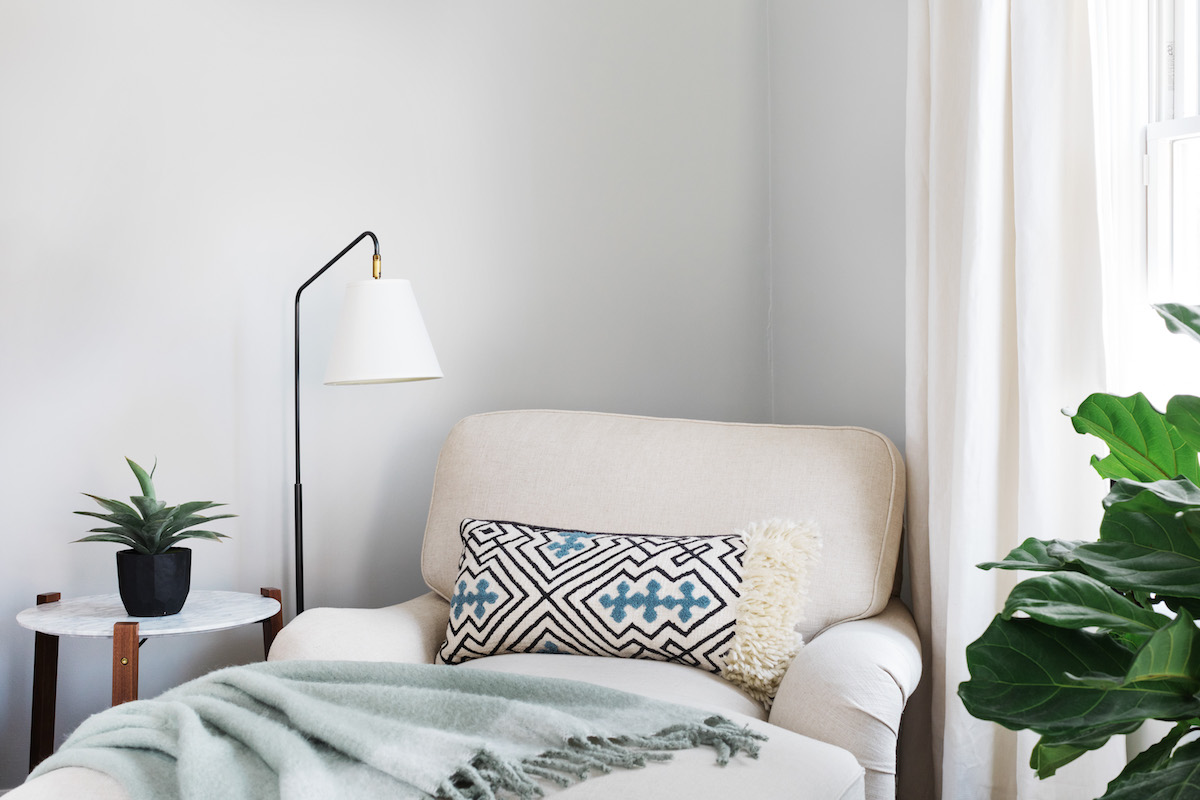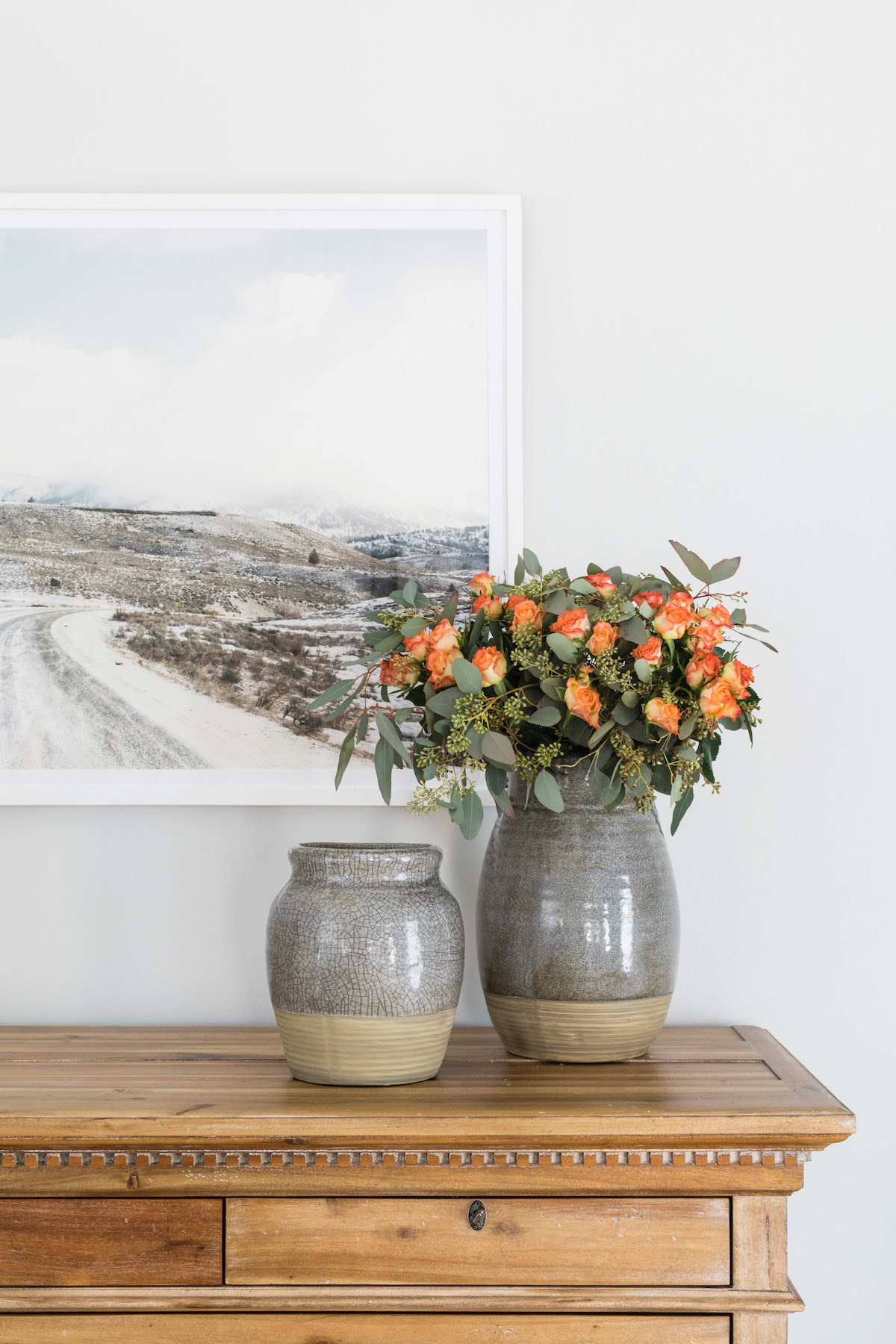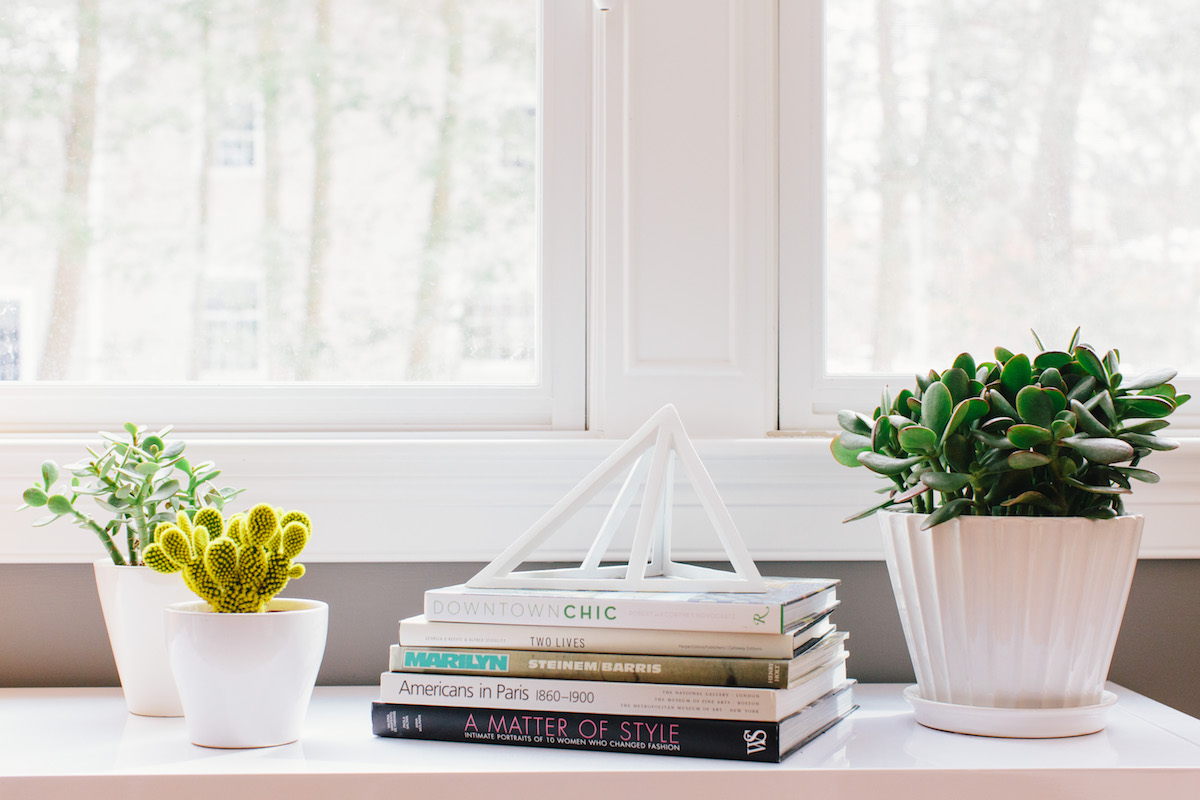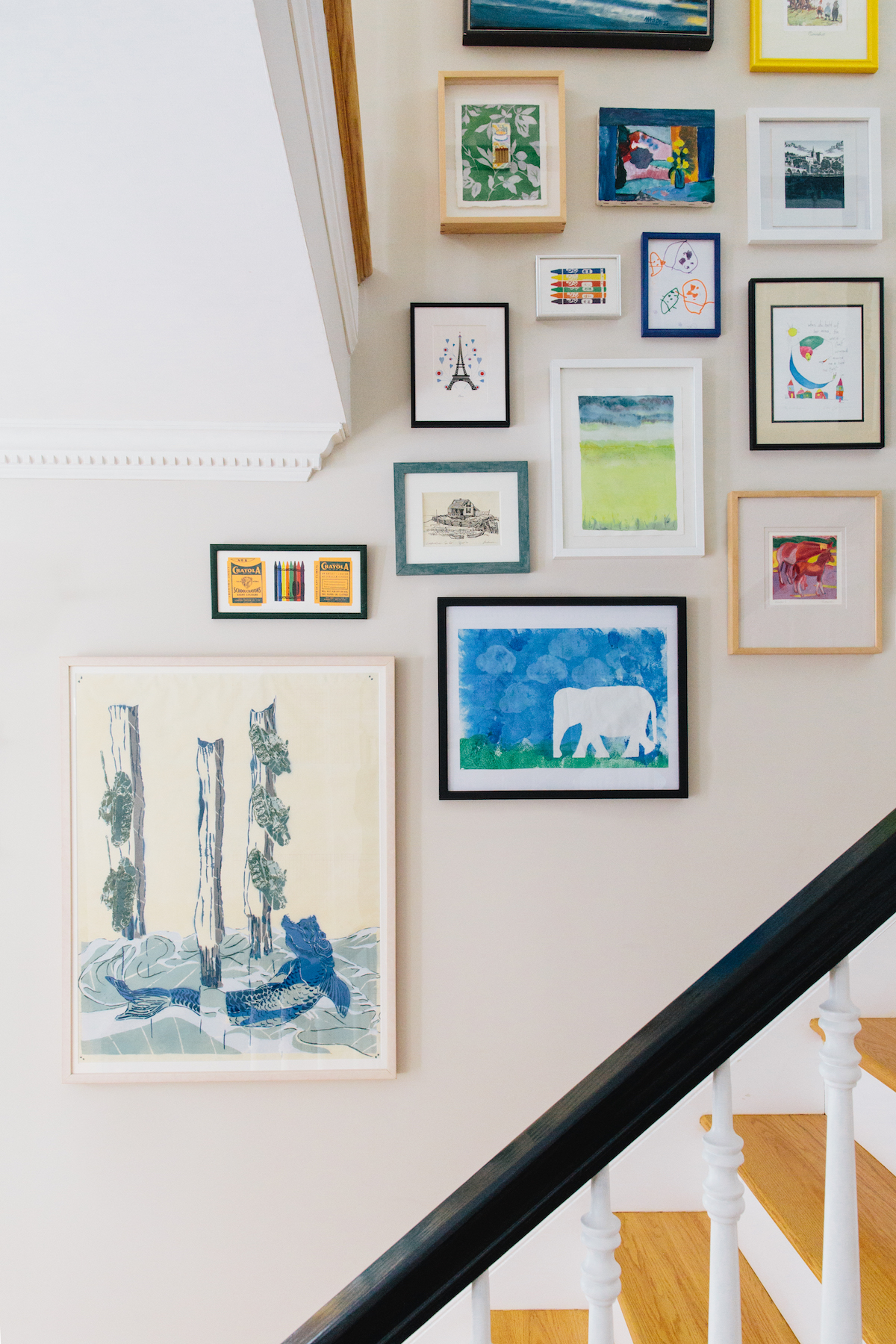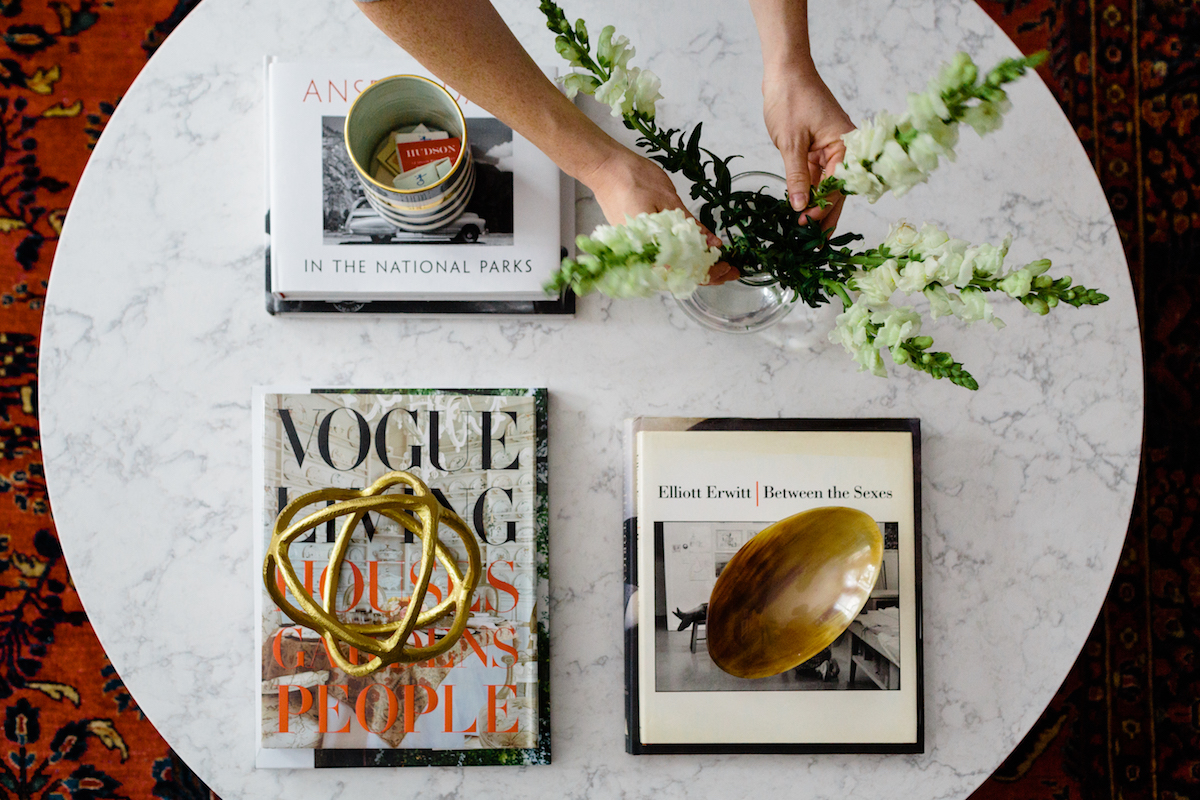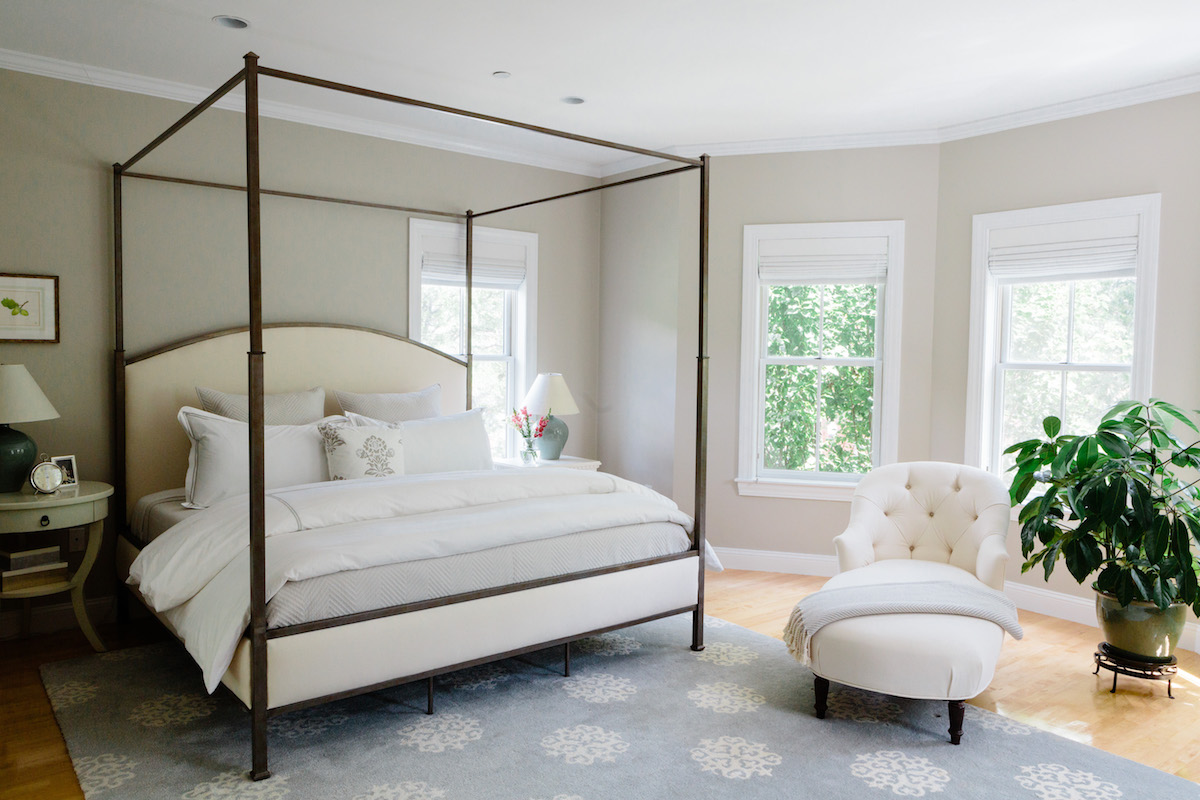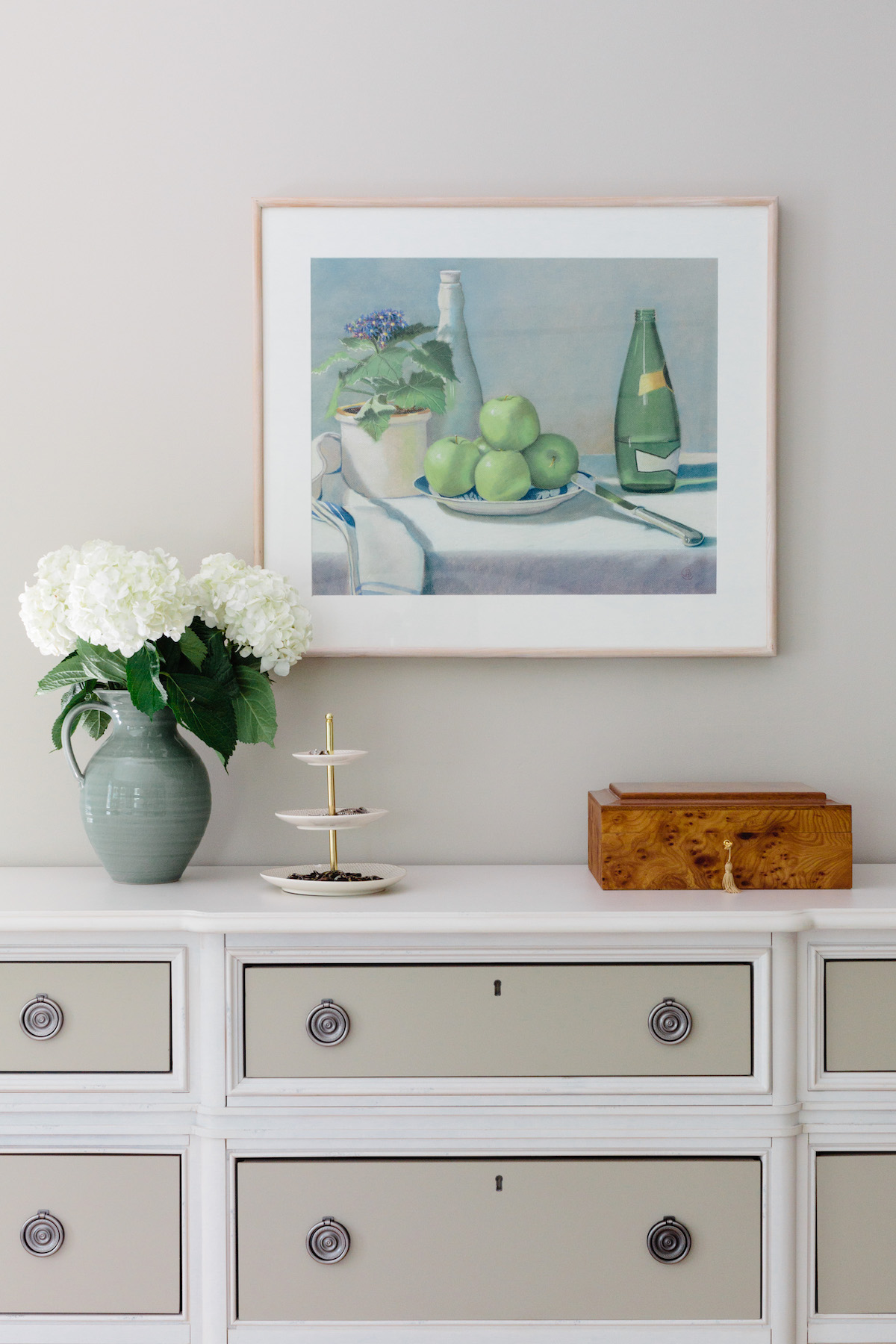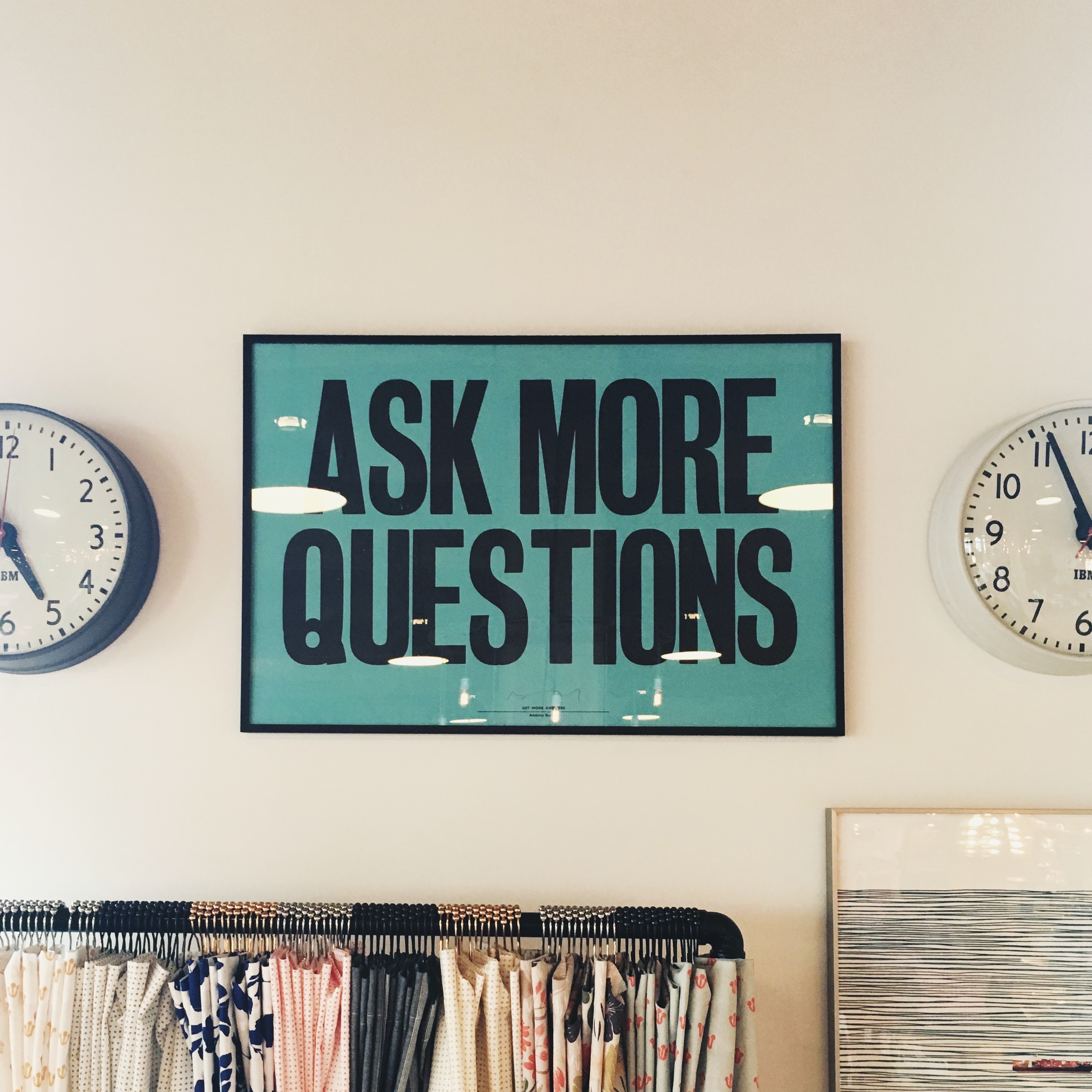Ivy Designer Spotlight: Heather Ault of Del Sur Designs – San Diego, CA
How did you get where you are today?
It was a long and winding road that lead me to starting a design firm. Growing up, my dad was a contractor, so I was always around construction sites and developed an appreciation for the process of building a home. Our family lived through two home builds on top of my dad’s work, and as kids, we were encouraged to participate in the process. I once laid roof tiles!
When I was older, my high school offered a “housing and interior design” elective class my senior year and I signed up. We learned how to draw floor and landscape plans (the old fashioned way without CAD). I absolutely loved it! I entered college planning to go into teaching, but would always say “But what I really love is interior design”. Finally, someone said, “So, why aren’t you majoring in it?” I was convinced to make that scary leap, switched majors to the college art department, and eventually received my Bachelors in Interior Design from SDSU.
I didn’t immediately start in the field, however. I married young at 22 (we celebrate 20 years this month), and we had three kids. I was fortunate to be able to stay home with my kids while they were little. Just to stay busy and have a creative outlet, I painted interior murals, taught art classes part-time, and would help friends with their home design projects.
It was one of these friends (who paid me in wine), that posted on social media about me and their home which I helped them rebuild after a flood. Suddenly, requests for interior design services started coming in from around our community. Honestly, I hadn’t planned to start Del Sur Designs before that. It was a pleasant surprise that it all unfolded that way!
I sat down for pow-wows with my husband and a few close friends to figure out a business plan, website, logo, etc. I also called on a good friend with an established large design firm and asked her to mentor me. This was the best business decision I’ve made thus far. I would not be here today if it weren’t for the advice of these people. Three years later, DSD is strong and growing!
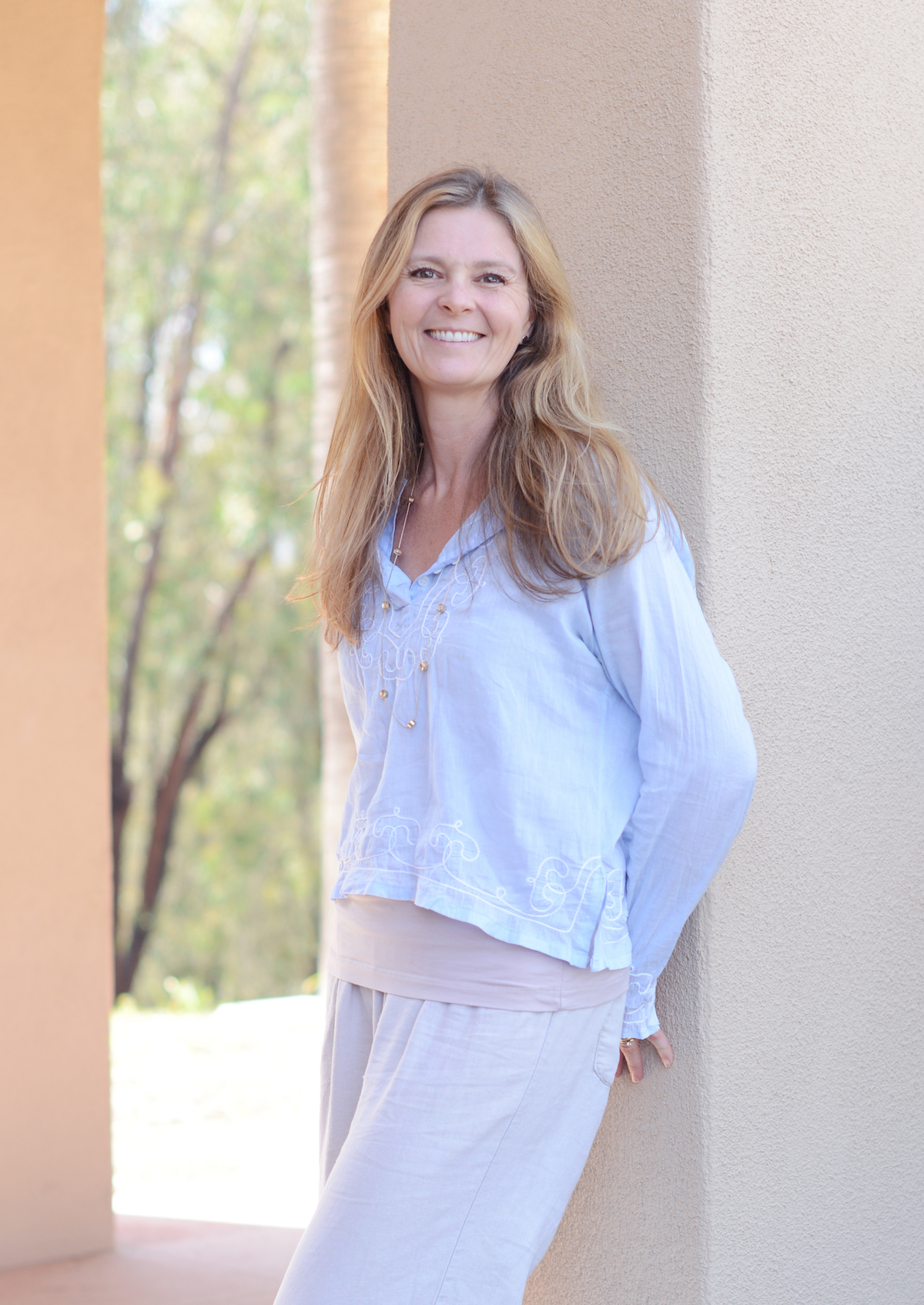
Katherine Eve Photography
Del Sur Designs is on a mission to provide clients with beautiful, functional, and unique designs. How do you get to know a client’s lifestyle and needs?
The first step to better understanding our clients is simply getting to know them. We have a very detailed questionnaire that they fill out with questions such as ‘how often do you entertain?’, ‘what’s your least favorite color?’, ‘ what are your favorite decor and furniture stores/magazines?’, ‘is accessible, or green design a priority?’, and ‘list hobbies and interests’. We want to know where our clients have come from and what design/decor style they are comfortable living in. Sometimes we work with pieces they already own to incorporate them into a larger design. It’s our job to then take these tastes and preferences and apply good design principles to create a beautiful and functional living space. We, as designers, aren’t the people living in the space once finished, so it’s important to make sure it’s an environment that the client will enjoy for years to come. That’s how you get referrals.
Who are your favorite local San Diego vendors and people of the trade?
We exist in an age where many of our furniture and decor vendors aren’t in our town or even our state at all, but there are a few places we love. When looking for fabrics and wall coverings, you really want to feel and touch and there’s just no way to keep sample books of all your vendors. So, we head to Morena Boulevard’s design strip to look at lines like Pindler, Kravet, Thibault, Clarke & Clarke, etc. The Designer’s Resource Collection is a great place to get started if you’re new to the trade. To review the bigger pieces our vendors carry, we try to get to market to do “sit and feel” tests. Periodically, we’ll have reps go over these details with us at our office so we can get to know the quality of the product.
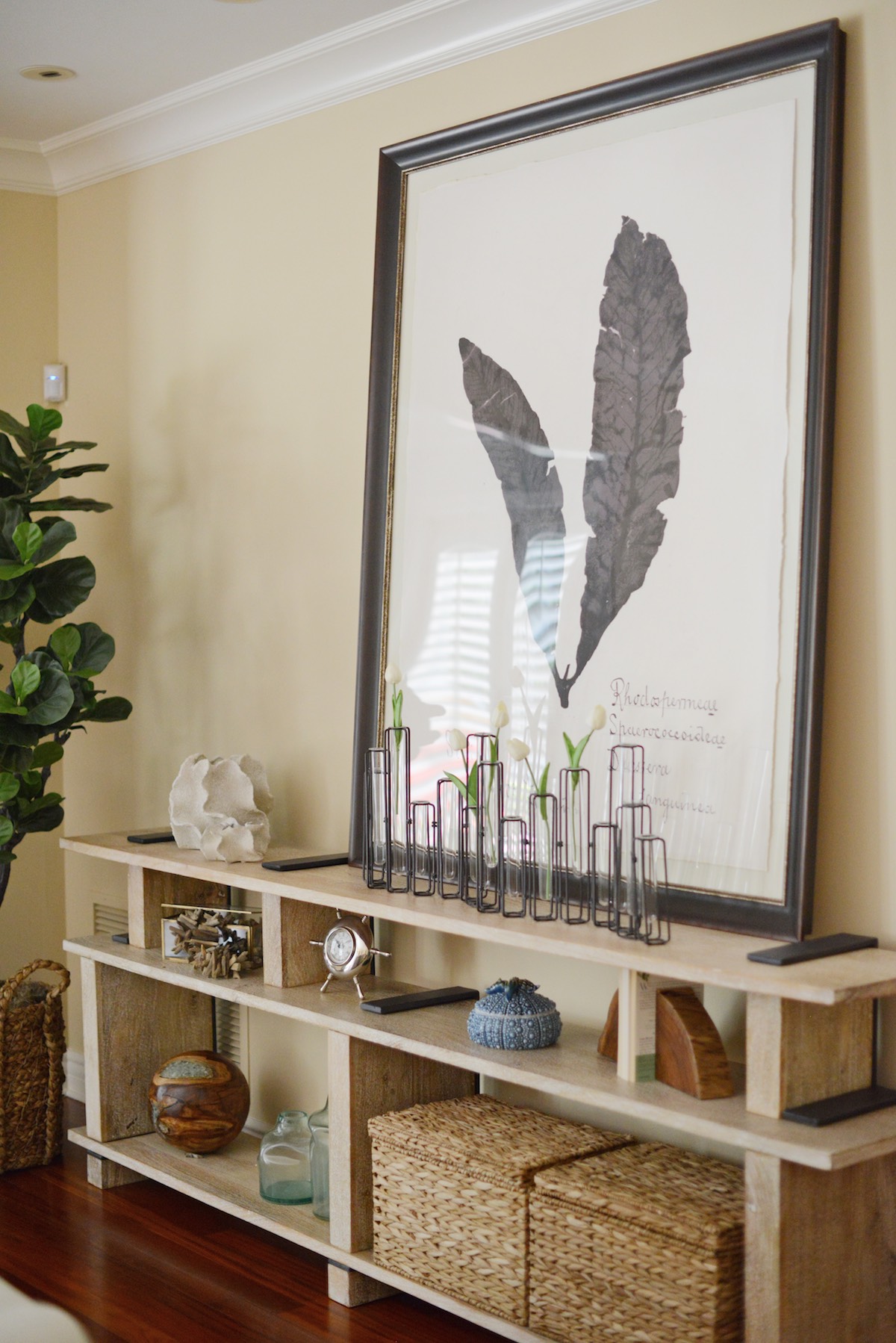
Katherine Eve Photography
What’s the design scene like in San Diego? Can you name some of your favorite local shops for furniture, lighting, home decor, etc.?
For retail, there are places like Greathouse, Pirch, Lamps Plus, Ferguson K&B, and Cedros Street. There are also some fun places to shop for antiques in San Diego. There’s Architectural Salvage of San Diego, Squash Blossom Trading in Ramona, and the Ocean Beach Antiques Mall.
The Miramar Road area is where we head for plumbing hardware, slabs, tile, flooring, and other building materials. Prosource is a great trade vendor that we look to often when working on flooring or a kitchen/bath remodel. San Diego Hardware is a great retail shop for tons of door and cabinet hardware.
How does designing make you feel?
That is a complicated question; it depends on which day you ask me! There’s a ton about my job that I find rewarding, but it’s not all fun and games.
We have clients and friends say, “You have the best job, picking out cool stuff all day, spending other people’s money”. Yes, some of our work involves searching for products, but that’s just the beginning.
It’s the follow through that puts a space together, and that involves a lot of planning, budgeting, organization, coordination with others, etc. – that’s hard work. The reward is the feeling of accomplishment when it’s all done. It feels amazing to see a finished project come together!
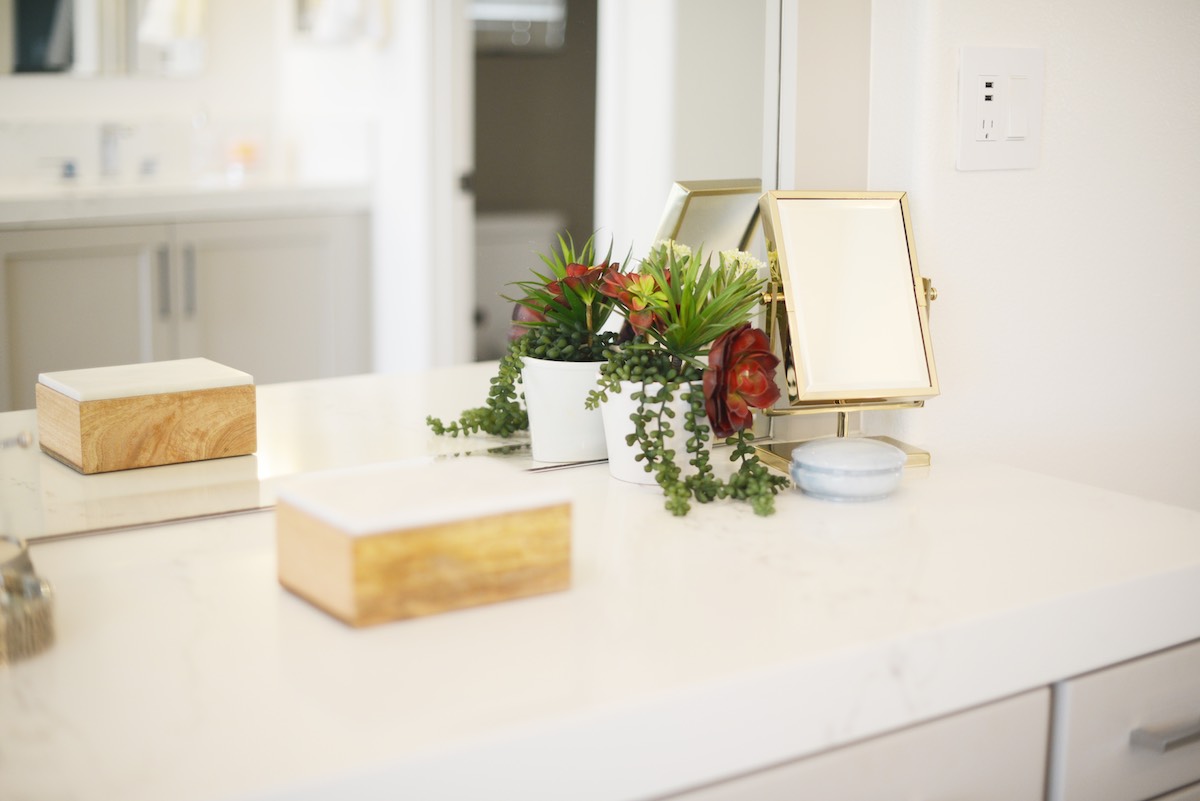
Katherine Eve Photography
What’s your business mantra?
Do good work, and the rest will follow. Take inspiration from everything and everyone around you; sometimes the best idea comes from a lowly place. Be straightforward and realistic; everyone will thank you in the end and you will be proud of your work product. I think most designers are perfectionists in some capacity, so it’s how you harness that instinct to provide an amazingly detailed, finished product with lots of moving parts – but also temper that with practicality when it’s necessary. Put your heart into it, but don’t get overly attached to an idea, this is a business.
How do you personalize a client’s space if they are not sure what their “style” is?
We listen to them. If we find out about their regular family scrabble matches, they’ll need a big coffee table with storage underneath. If they’re empty nesters, maybe they just stop for a drink and change before heading out every Saturday and Sunday. These details help us understand if we can put in more fragile pieces or formal seating versus comfortable lounge sectionals in performance fabrics.We look at clients’ current furniture and ask why it appealed to them when they bought it, go through catalogs, have them create Houzz or Pinterest boards, and other exercises like that.
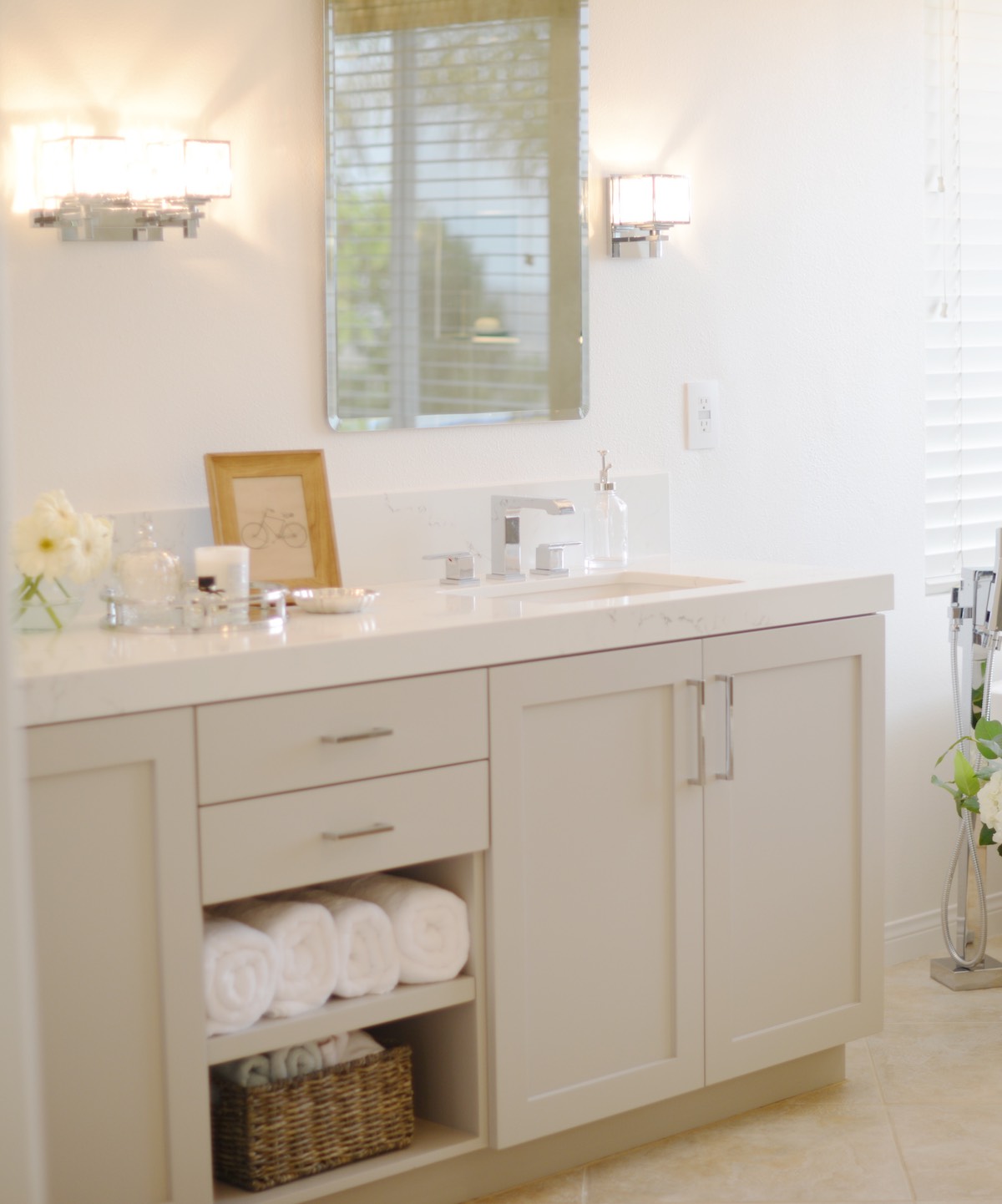
Katherine Eve Photography
Do you think it’s important to attend market? If so, what are your market strategies?
Yes, if you can swing it. Obviously it’s expensive to travel to these, but I think it’s important to see new furniture lines from your vendor network and to scout for new companies that are entering the market. It’s also a valuable time to network and cultivate relationships which will help your business moving forward.
How much time do you allocate to social media, email/newsletter marketing and content marketing?
Not nearly enough I’ve been told! We try to push posts out to our Instagram or Facebook feed once a week or every other week. Personally, I’m not a fan of social media and I feel weird about sharing frequently on a public platform. Why would anyone care about what I ate for lunch? So, getting back to business, I’m struggling to find out how often I need to share to keep our name out there without clogging people’s feed. I need to push myself out of my comfort zone and work on this.

Katherine Eve Photography
Why did you join Ivy?
We needed a more comprehensive accounting/presentation program than what we had with QuickBooks alone. When we were looking into various programs, we found Ivy.
We joined Ivy because we saw the value in a young, cloud-based company that was eager to listen and grow along with us and the industry at large. I feel that I’ve forged real relationships with the Ivy team, as well as other designers who use the software. The 24/7 real time tech support is awesome which was a huge help to get us started. We love that there’s a real-time response for recommended changes and additions to the program.
Bottom line, Ivy is always trying to better itself, and so are we. Ivy continues to fine-tune and evolve, serving as one of the key successes to my business.
What have you learned from the Ivy Designer Network (the private FB Group)?
More than I could ever express right here. Seriously, I know that this network was a secondary thought to the software originally, but MAN OH MAN! Ivy hit gold with this idea! This has been such a great resource to find things when I’m stuck, ask technical questions if I’m unfamiliar, and generally feel like I’m not alone as I read through the daily posts.
I had the pleasure of meeting up with Reisa, Gilli, Lee, and Alex at Las Vegas Market and couldn’t wait to talk to them about the power of the Ivy Designer Network in particular. This group gives all of us individual small businesses the opportunity to pool our knowledge resources so that we can have the kind of support you only find at large corporations.
When a designer doesn’t know how to approach a particular situation with a client or vendor, they can ask about it on this forum and receive the advice of several others that have been there and understand. A discussion ensues and the designer walks away with much more information and confidence than they had going in.
Also, I think there is a huge amount of untapped power in our ability as a group to promote (or black-ball if necessary) a vendor or product. There was a point last week when someone was sharing a poor experience with a particular company, and tons of people wrote in to confirm their similar frustrations with the same vendor. Obviously, the 1,000+ rest of us who read this took note.
Conversely, an Ivy Designer asked if someone could recommend a company for a mirror she was trying to find. I suggested one of my preferred vendors. Not only did she set up an account, but so did about 15 other people at the same time, just because they were following the post. To this day, that company doesn’t even know why they had that uptick in interest.
When I told Ivy Co-Founder, Lee, she said “You should have told your rep it was from you!” The thing is, it wasn’t just me, it was Ivy. At some point, us “Ivies” could harness the bargaining power of a large company if vendors become aware that we’re communicating like this. I think this is huge!
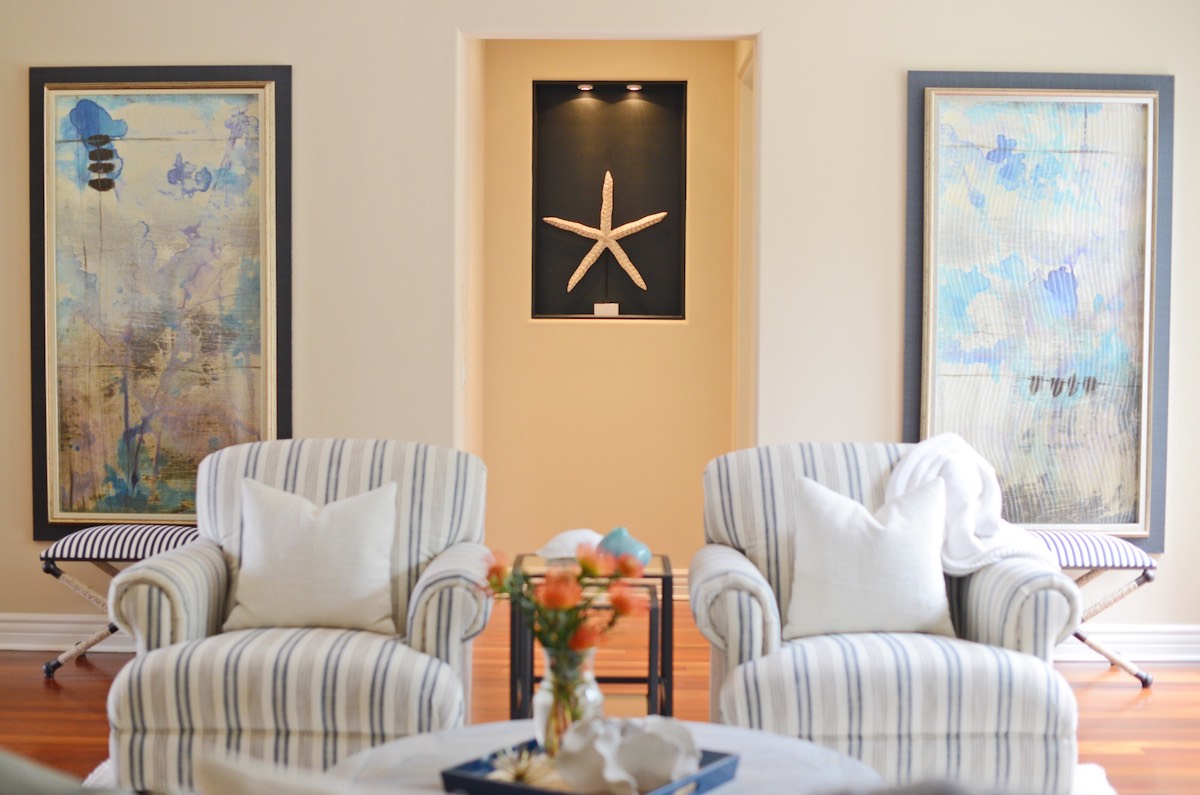
Katherine Eve Photography
How does Ivy help streamline your day-to-day workflow as an interior designer?
That’s easy. Before, we had to surf through emails and Dropbox files to pull up a project’s information. This was the case for both ourselves and our clients. Now, we have a centralized location for all of our proposals and documentation. Our clients love their dashboard, which we’ve created password protected links for on our website, which also serves to drive traffic to our website. Total win!
I’ve also stopped stressing over every little proposal that goes out. Now I know we have systems in place so my employees and I can create beautiful proposals with the mark-ups and shipping calculated, high resolution pictures, and to top it all off, easy online approvals and payments.
What’s an Ivy feature you can’t live without?
If I have to pick one, I guess it’s the Ivy Clipper. This makes it almost too easy to put products into our database! I find myself clipping products into my product library incase I want to remember for the future. This way, if we’re working on a new project and I search for “chairs” within my product library, I can find all of the awesome pieces I clipped when I was dreaming!
I also love that the proposals have the electronic approval button. This has revolutionized our initial contract process. We are now able to receive online approvals on contracts when we send them as assets to a proposal. Everything is archived and approvals are uncontested. Since we started with Ivy, I’ve stopped receiving emails asking me to resend things, or having clients debate on whether or not they’d given an approval. This may be my favorite part!
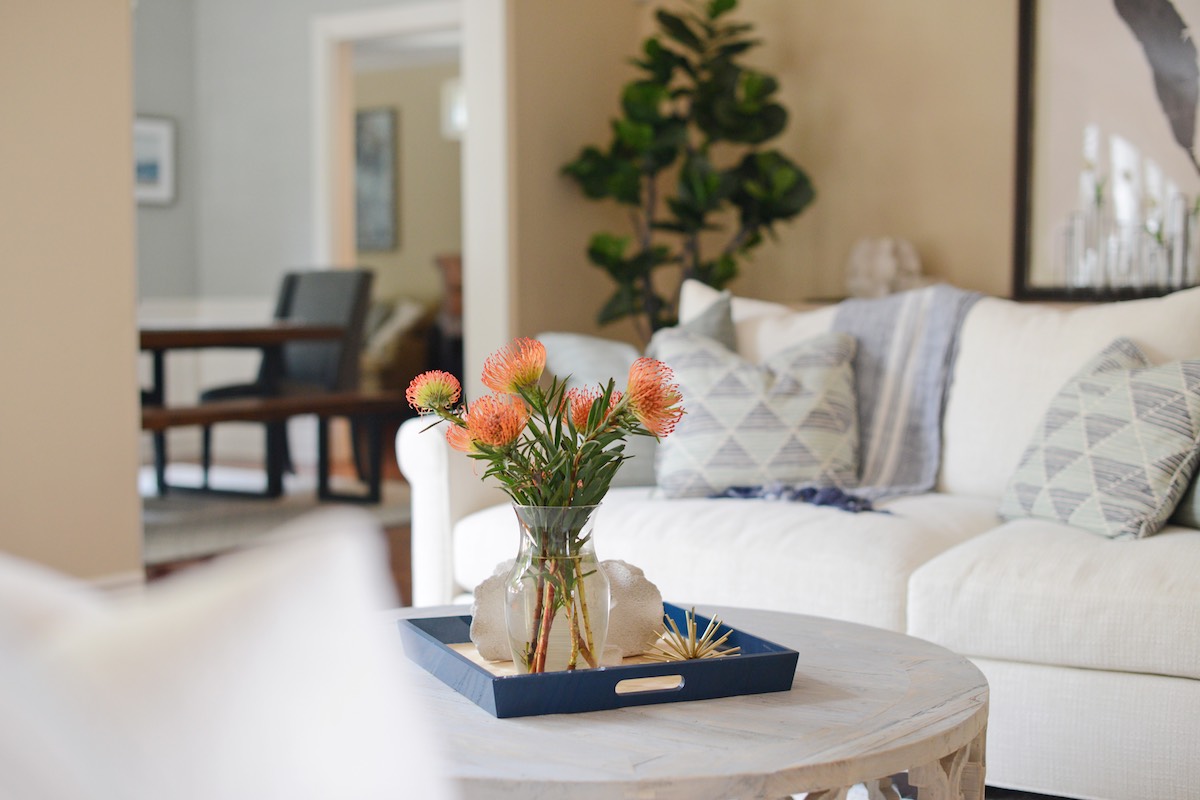
Katherine Eve Photography
Are you an interior designer searching for an interior design software for your business?





